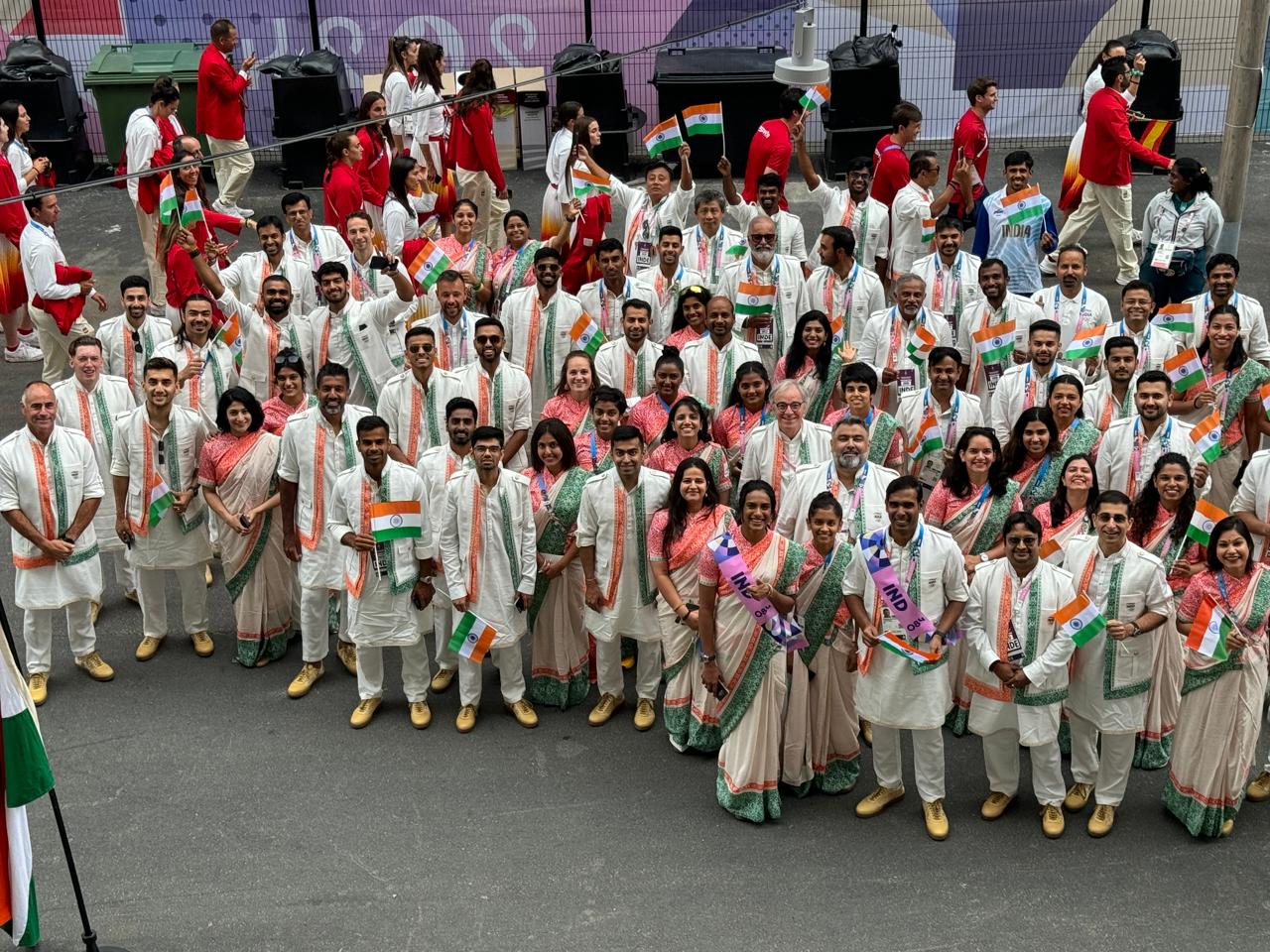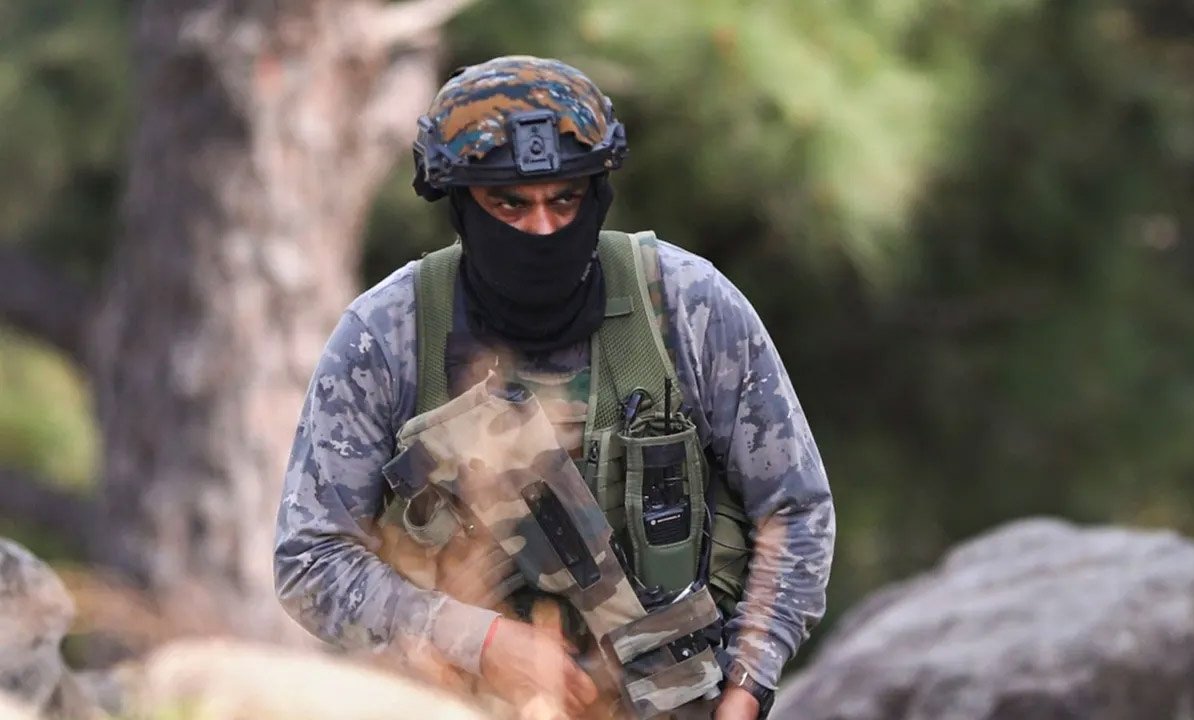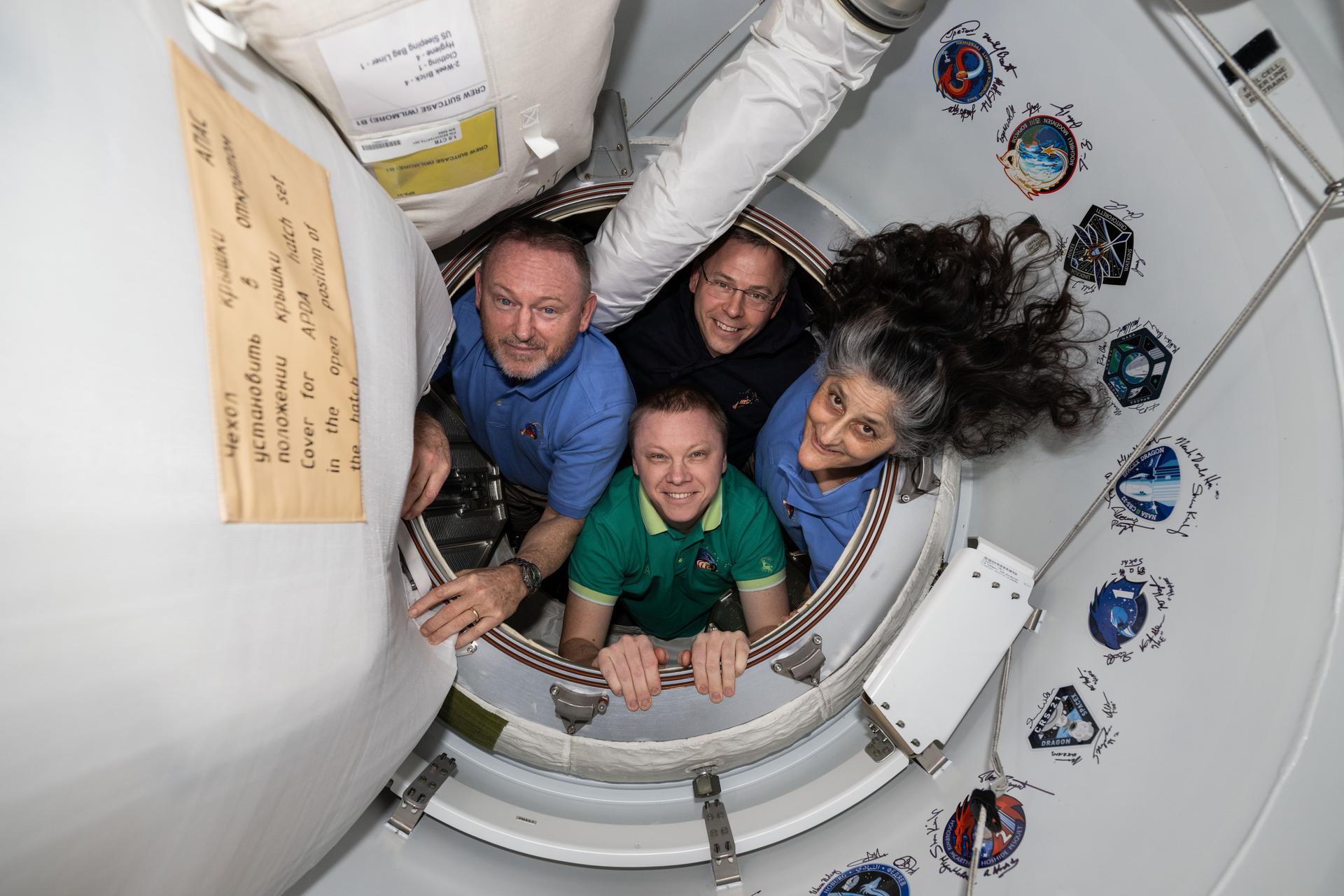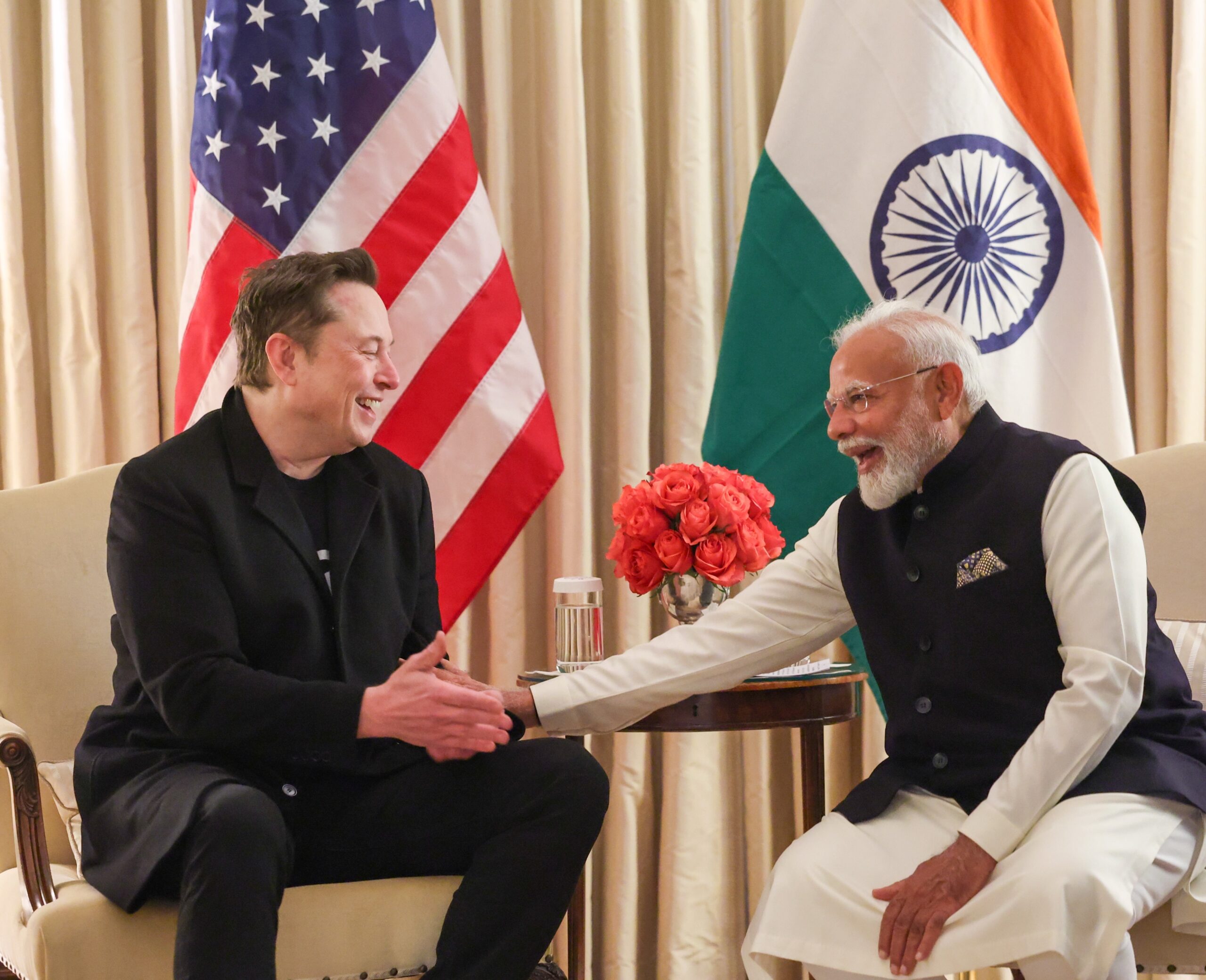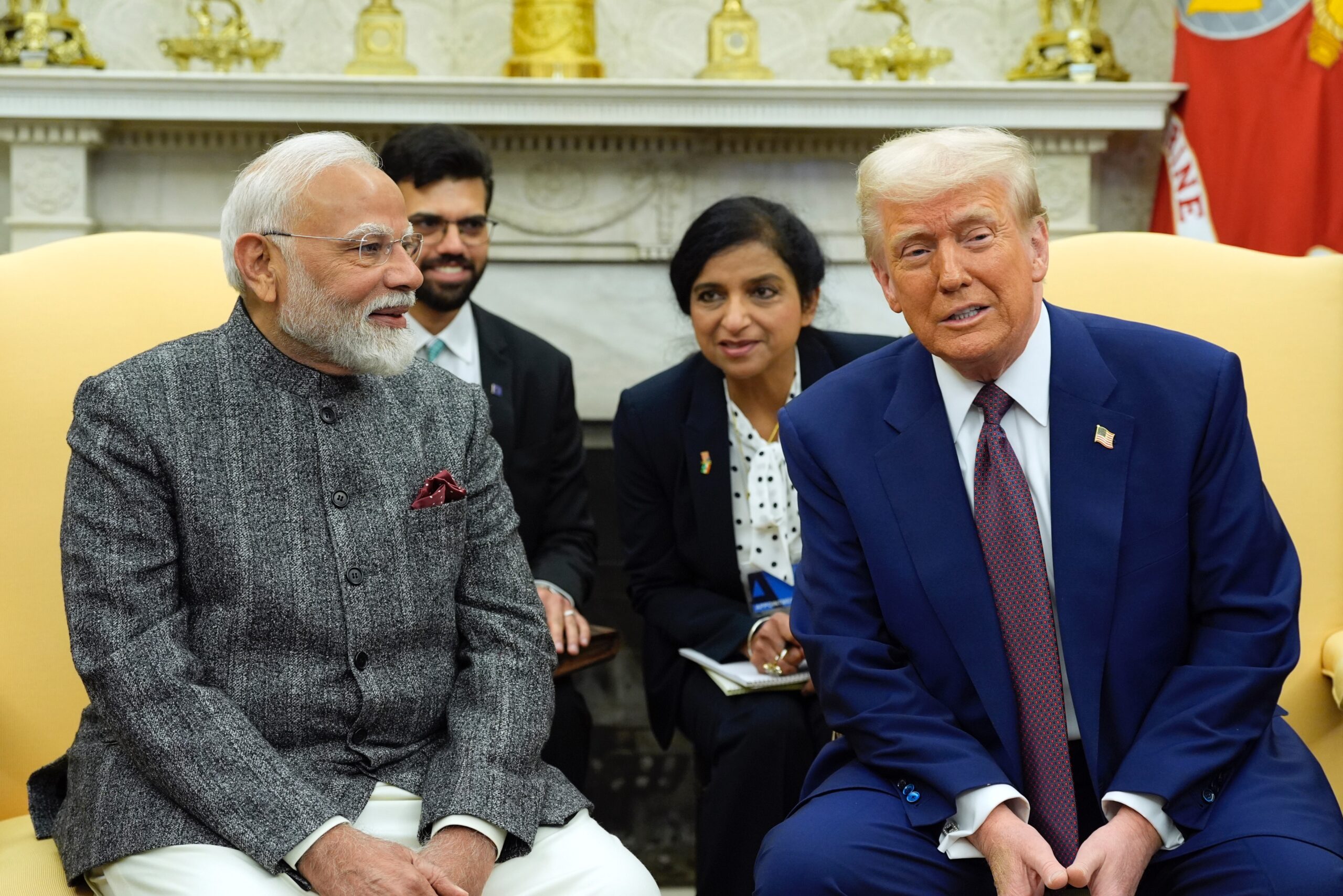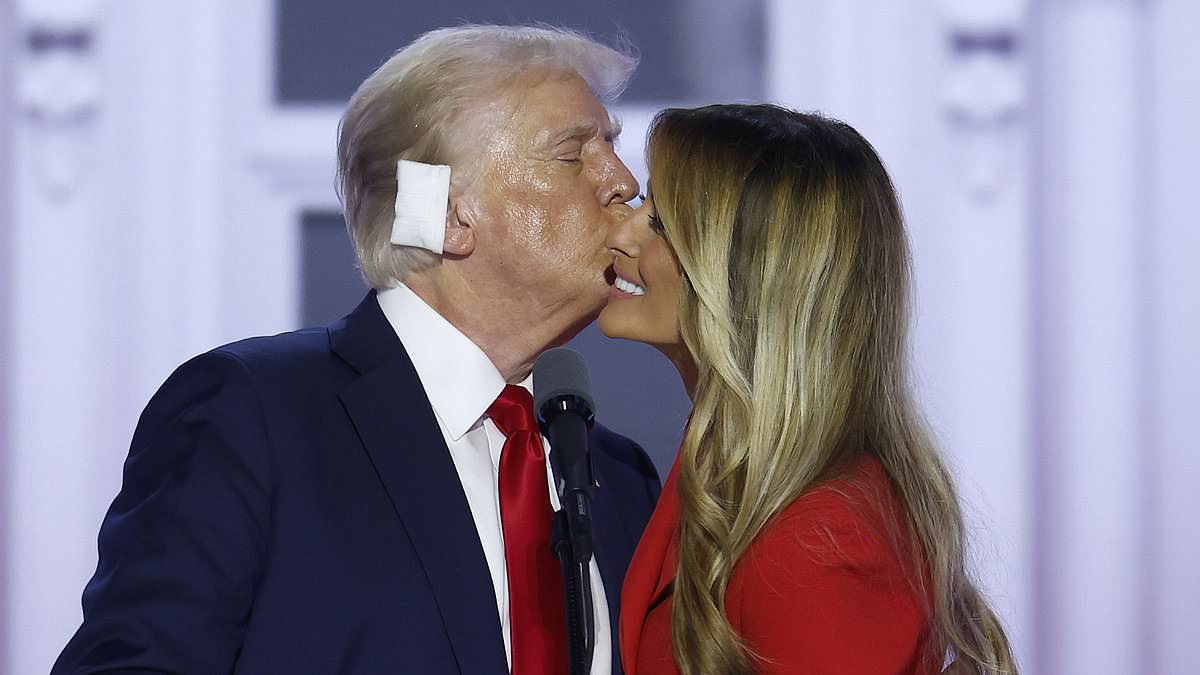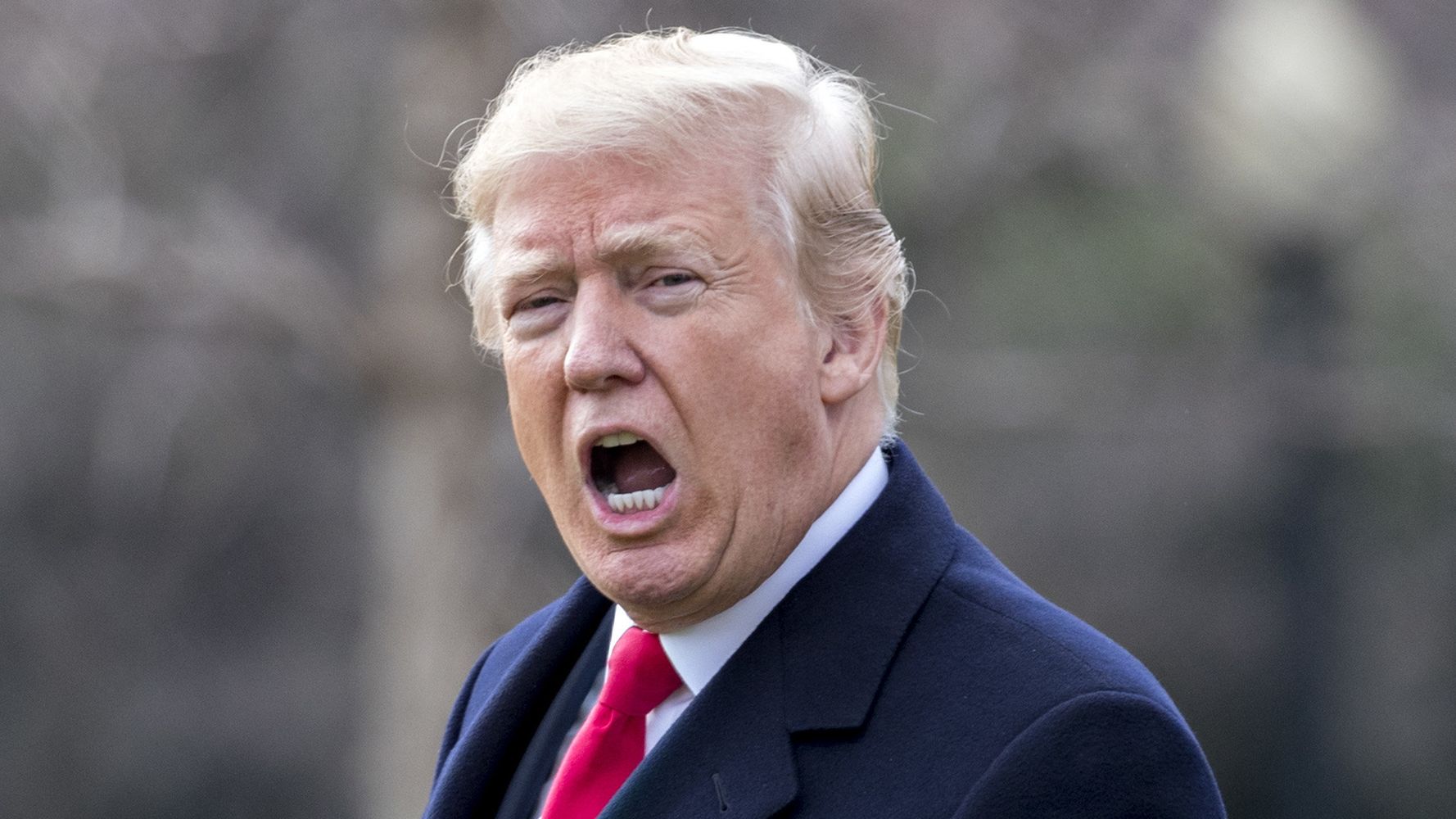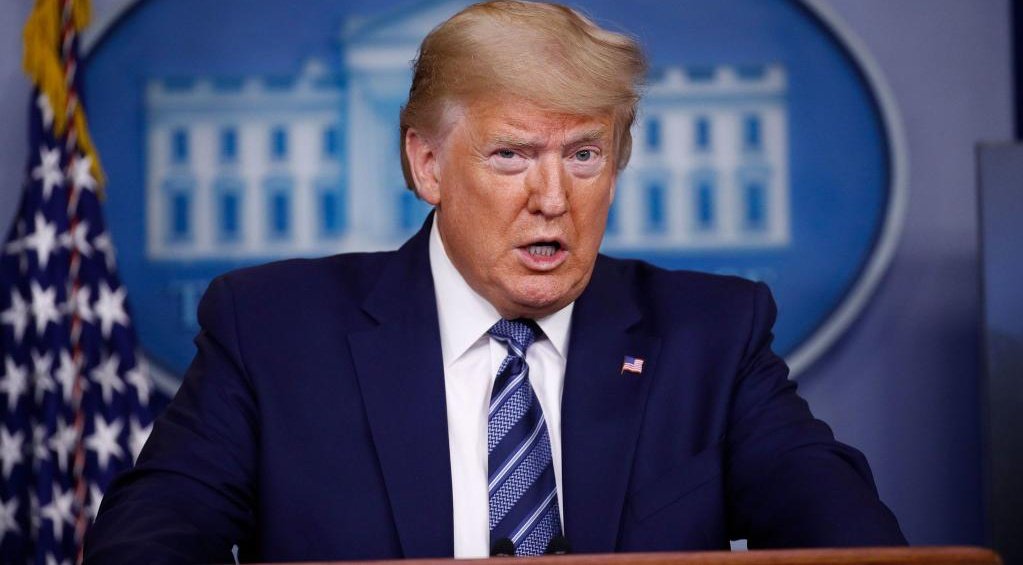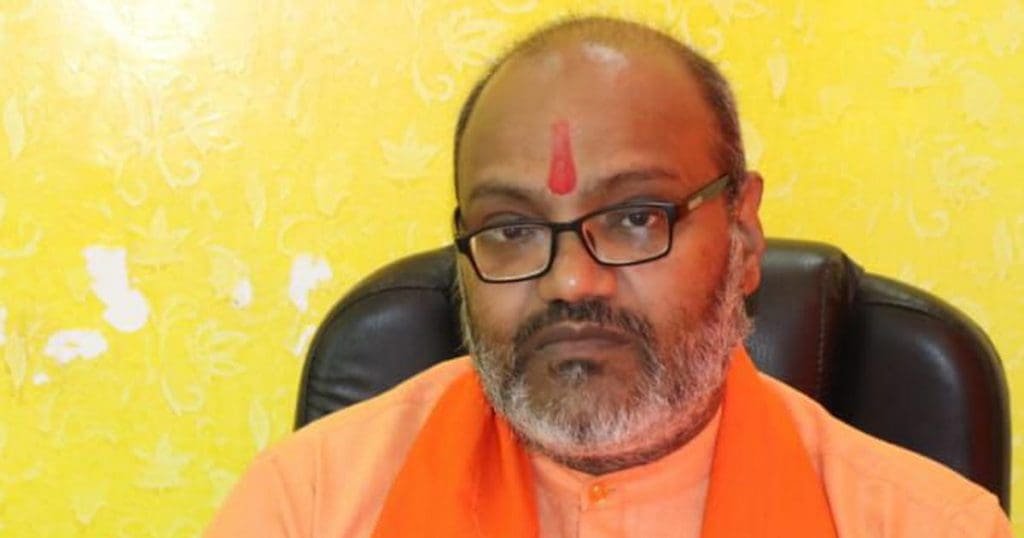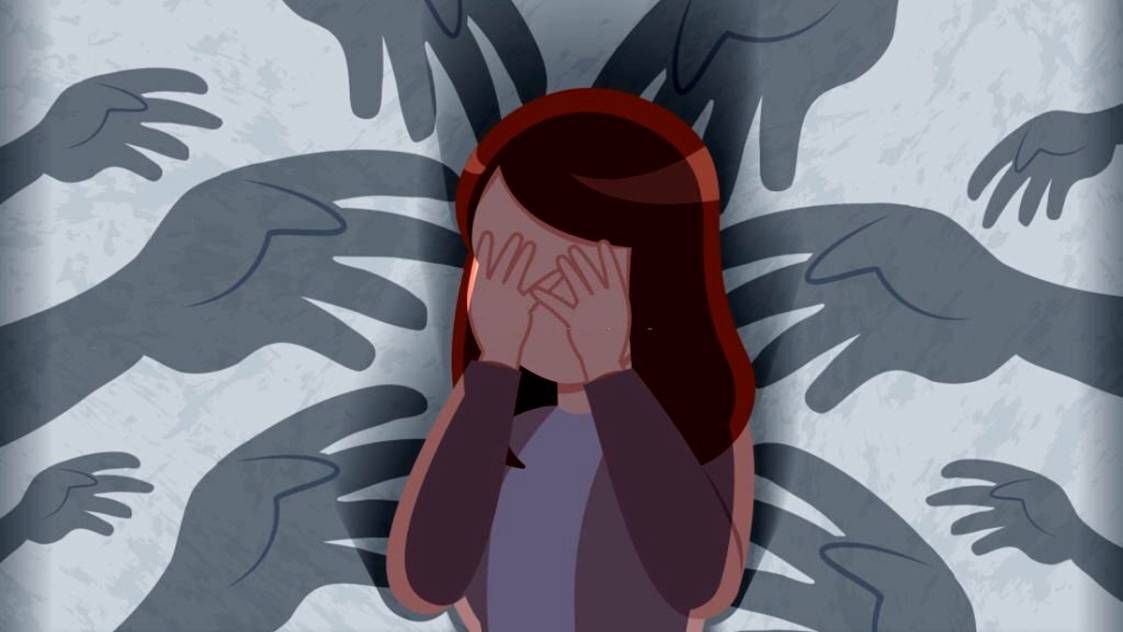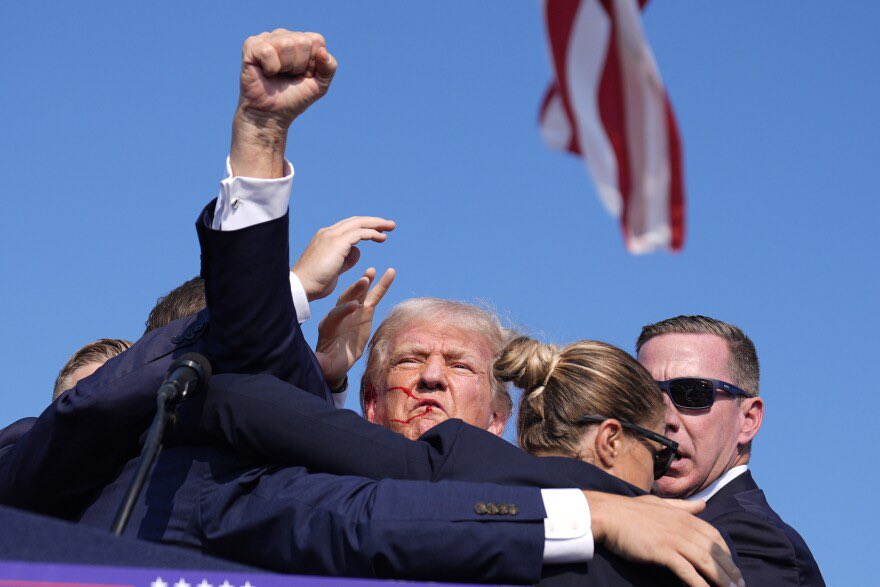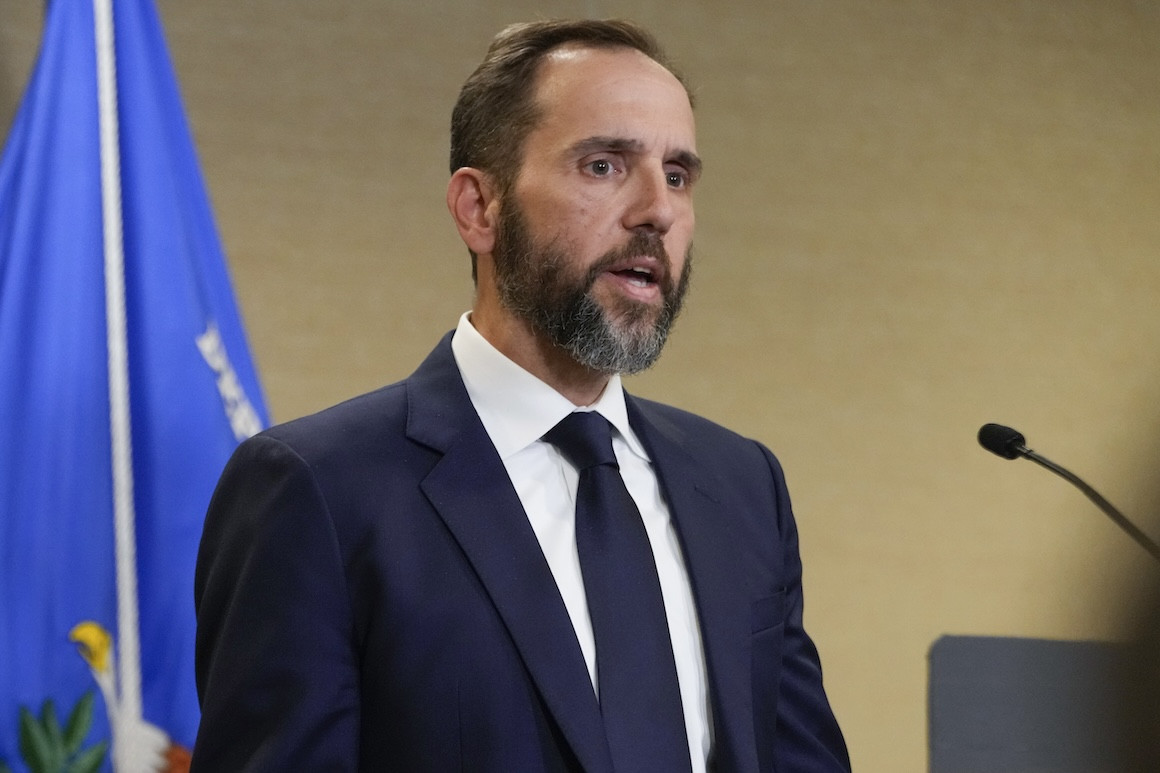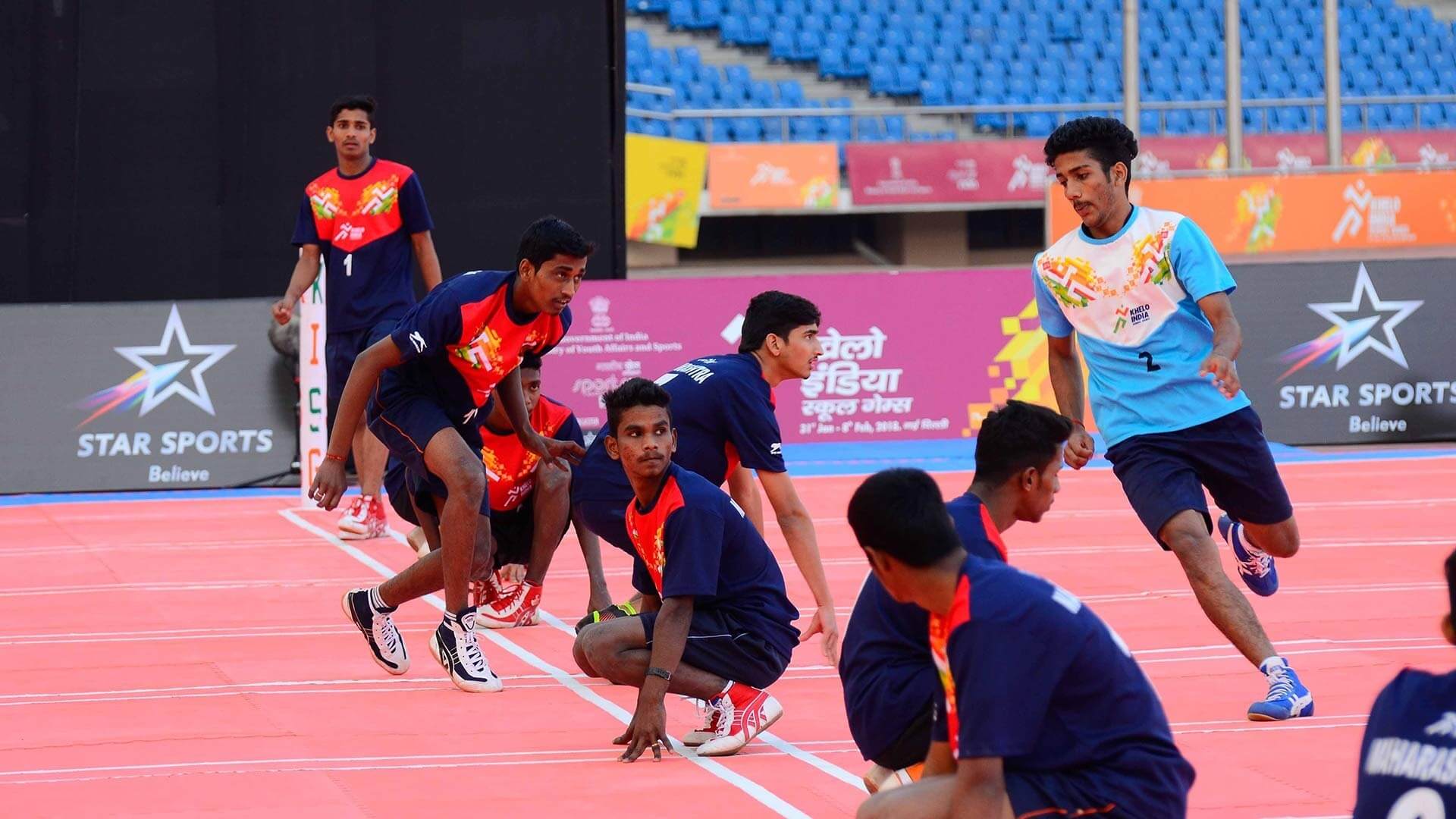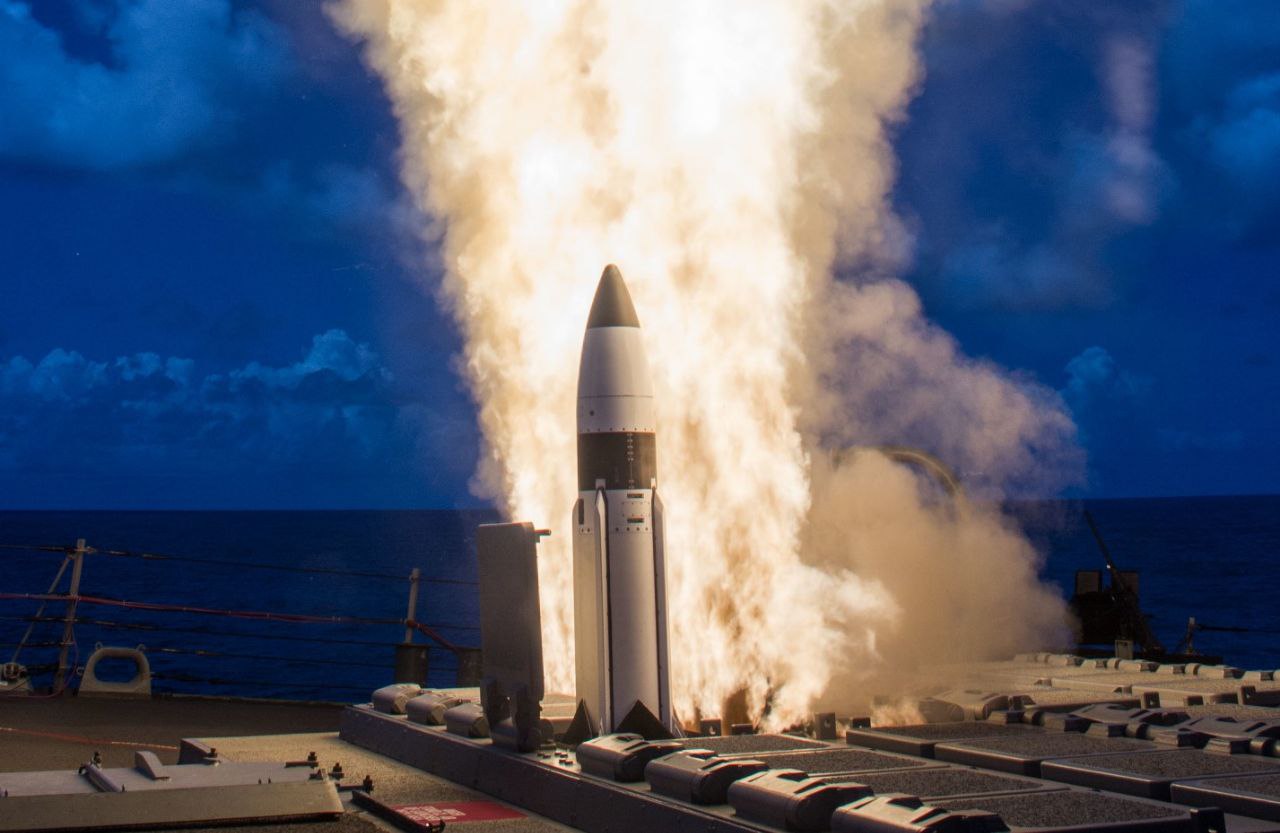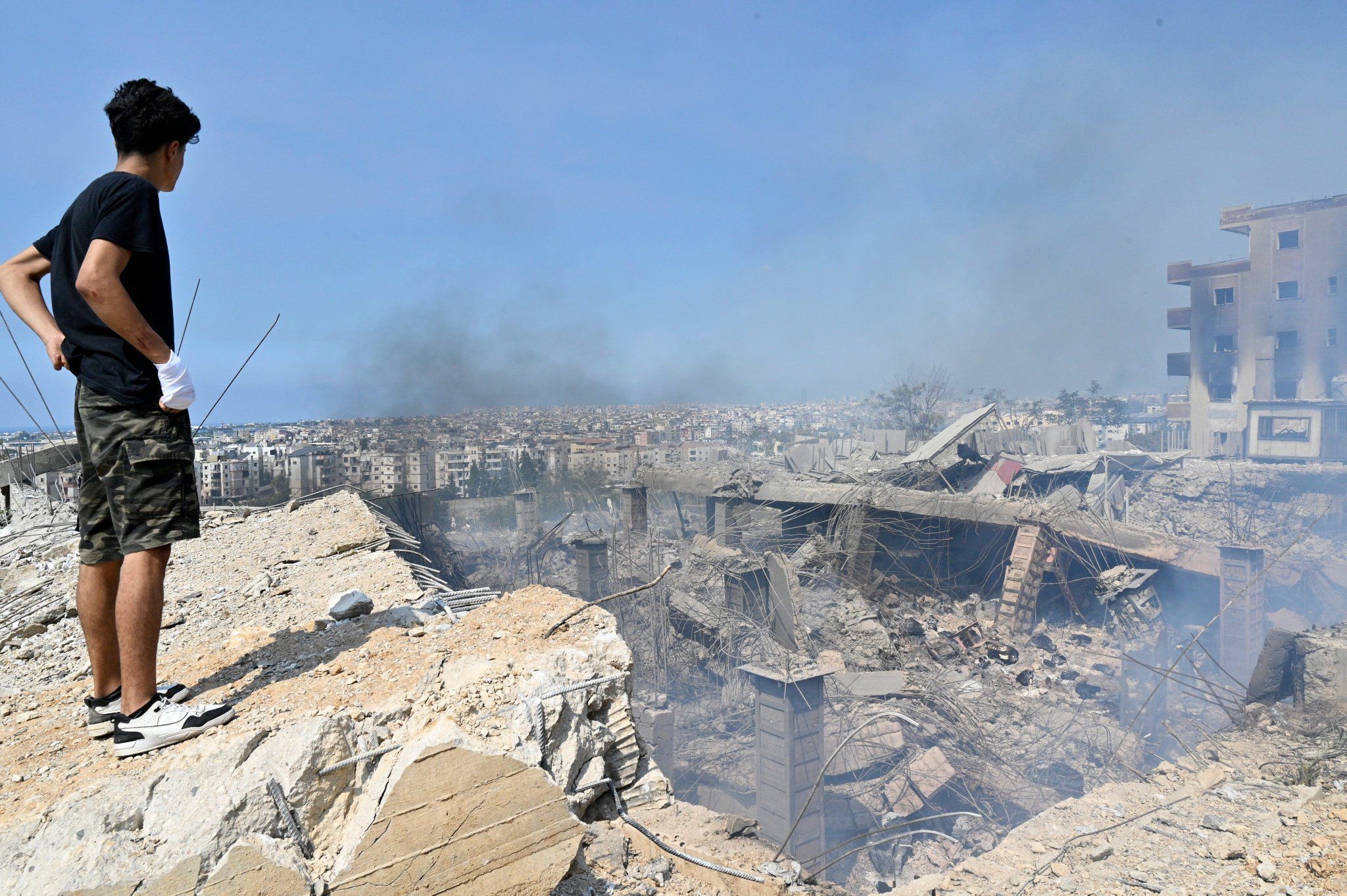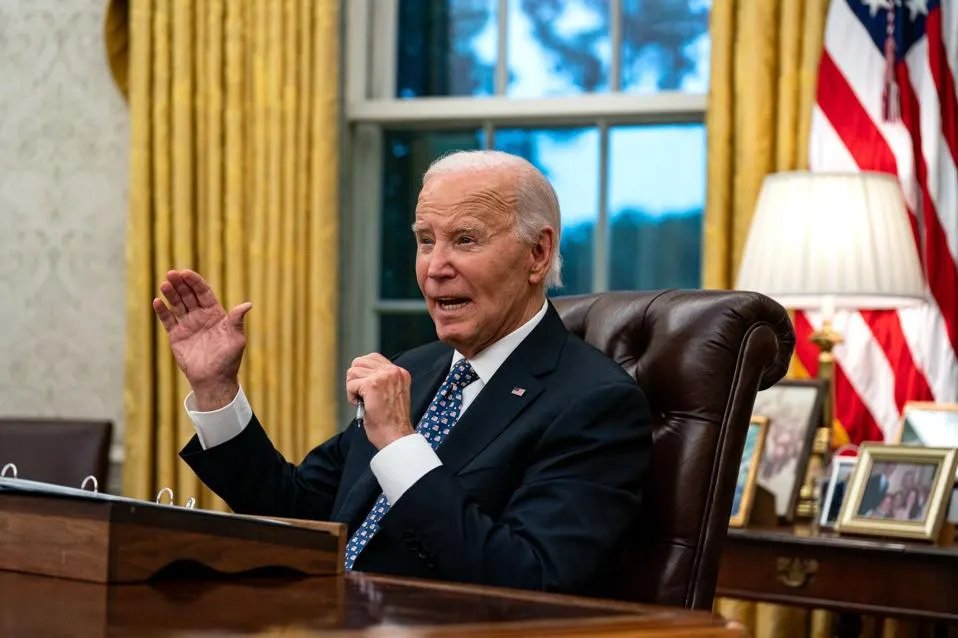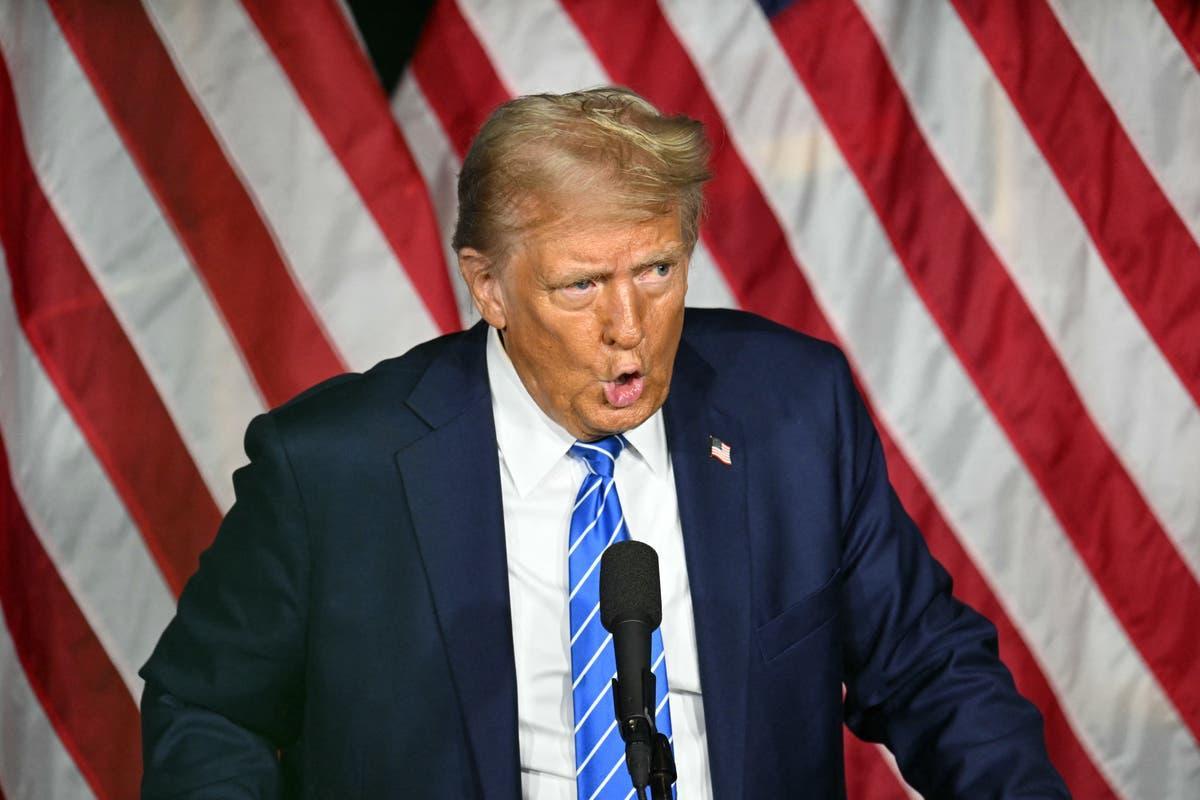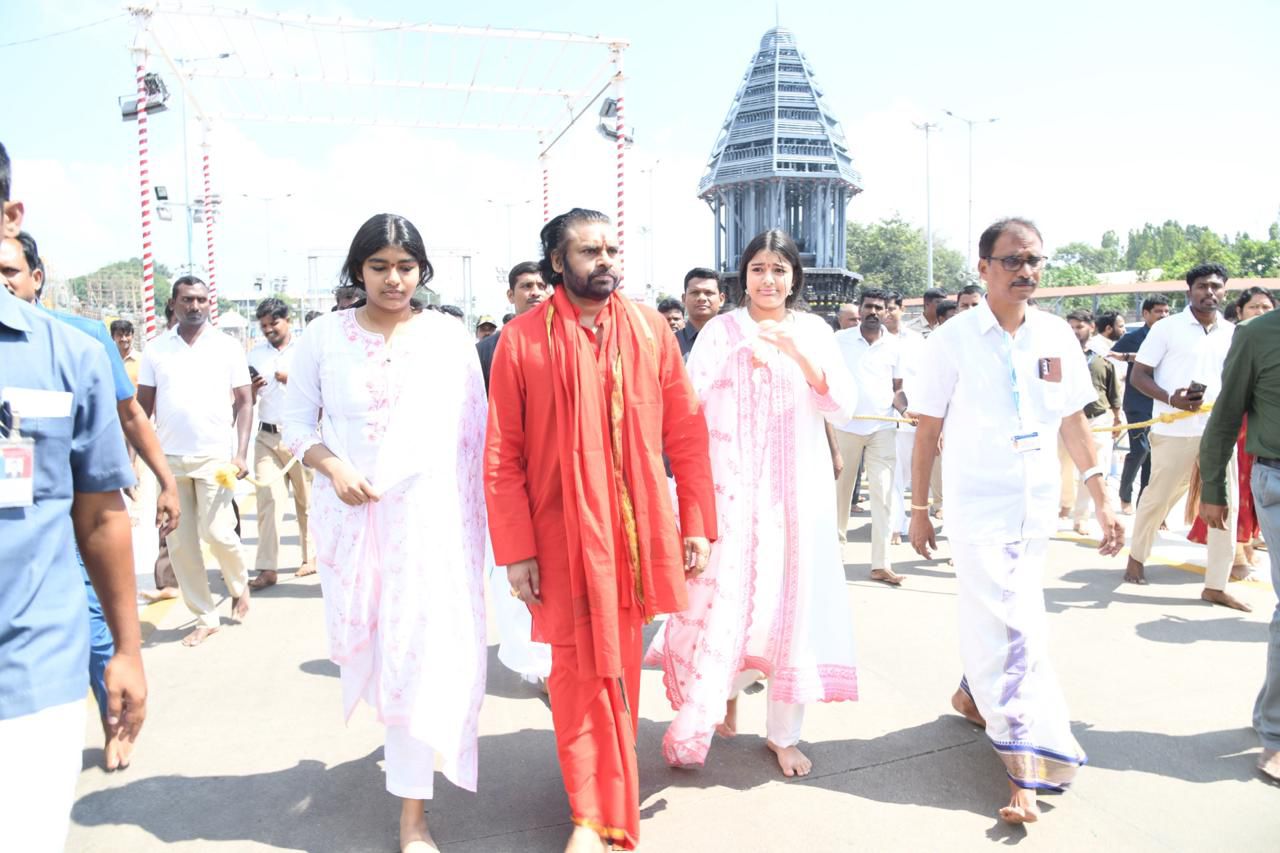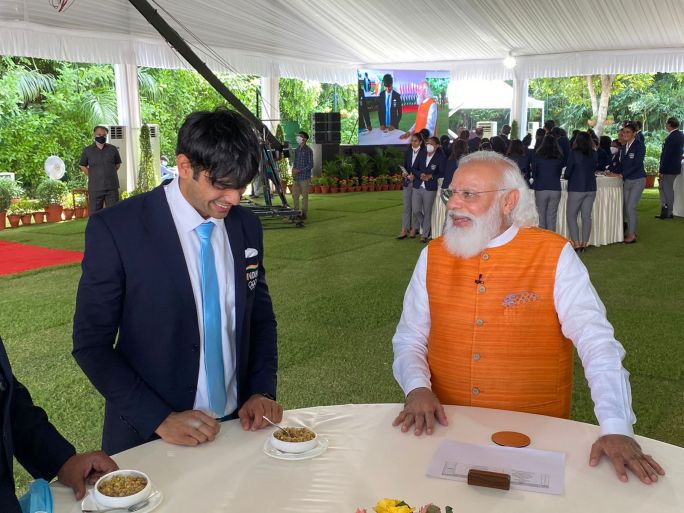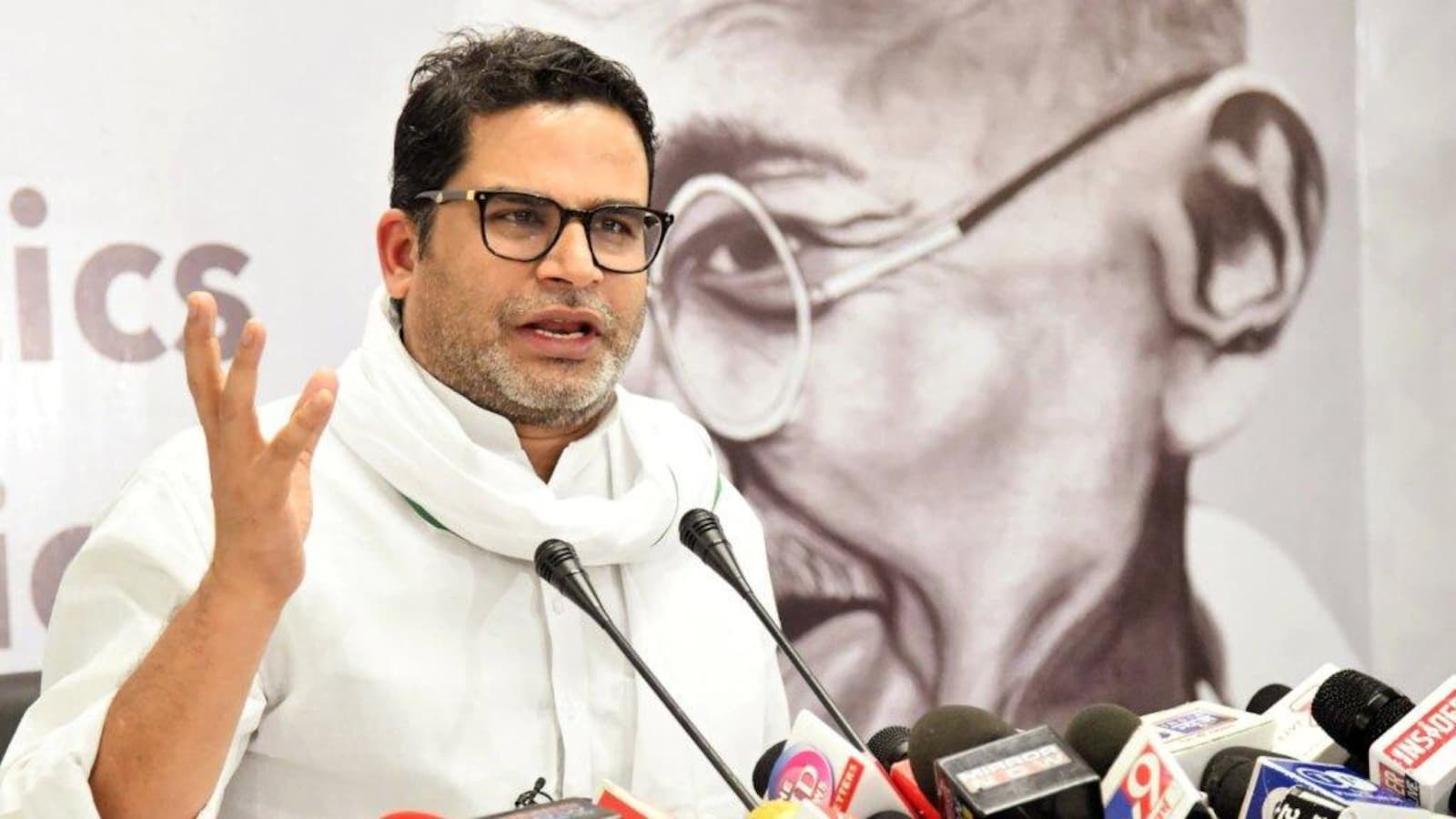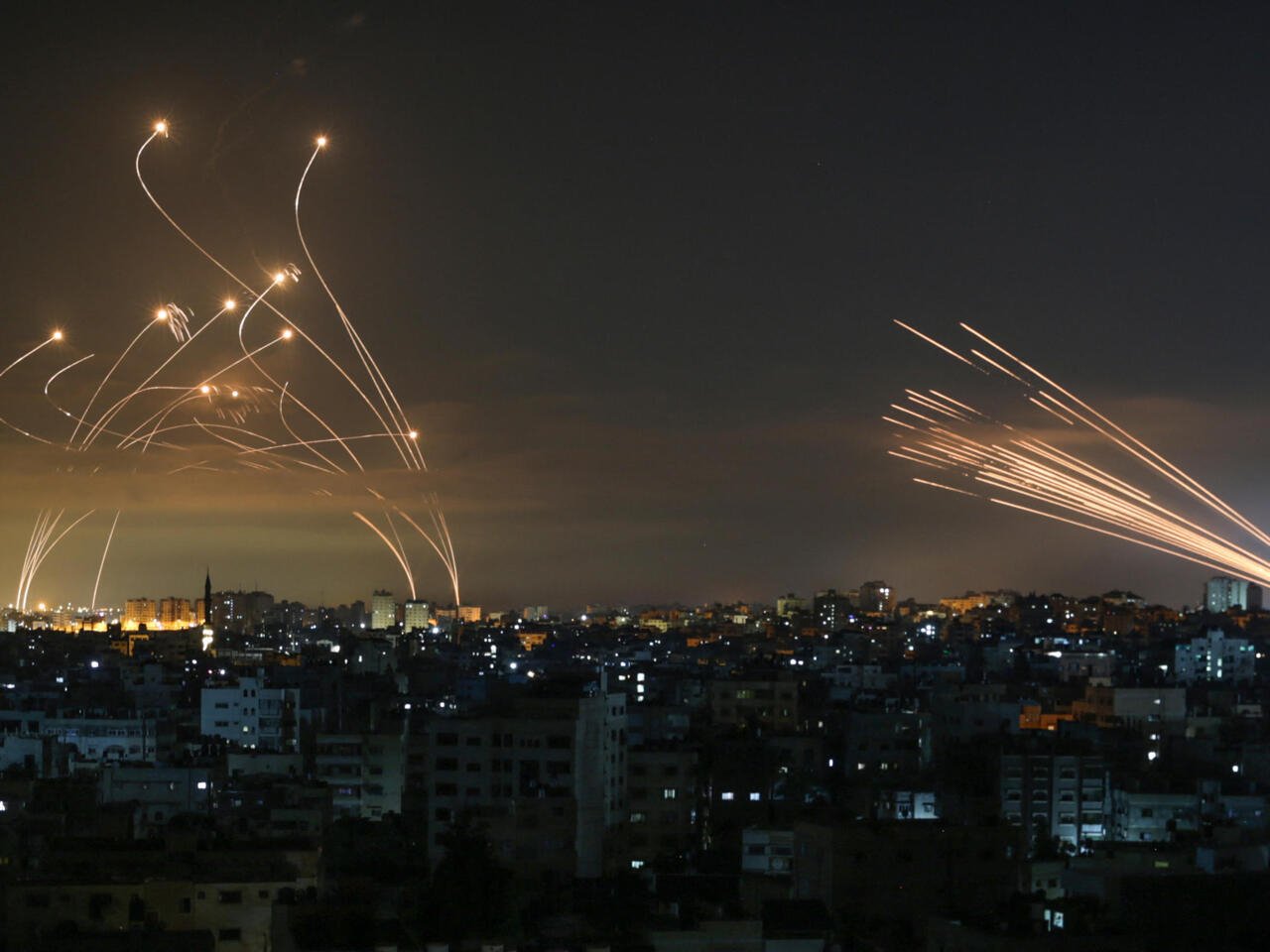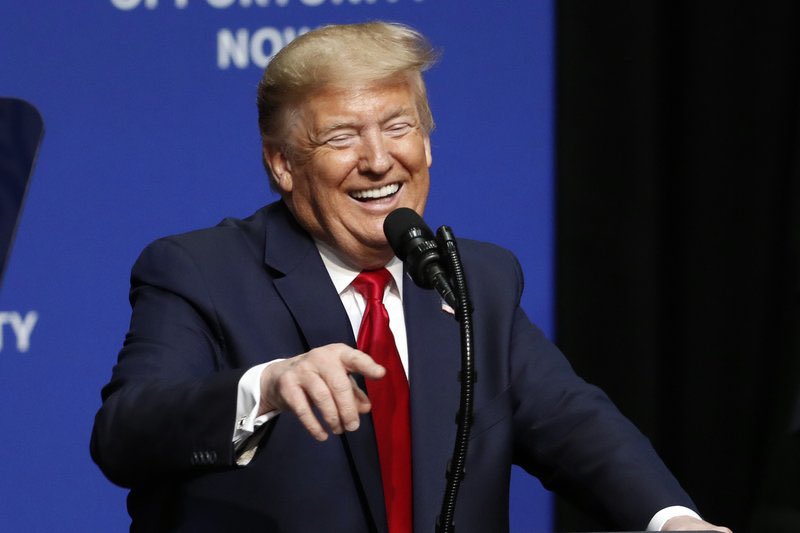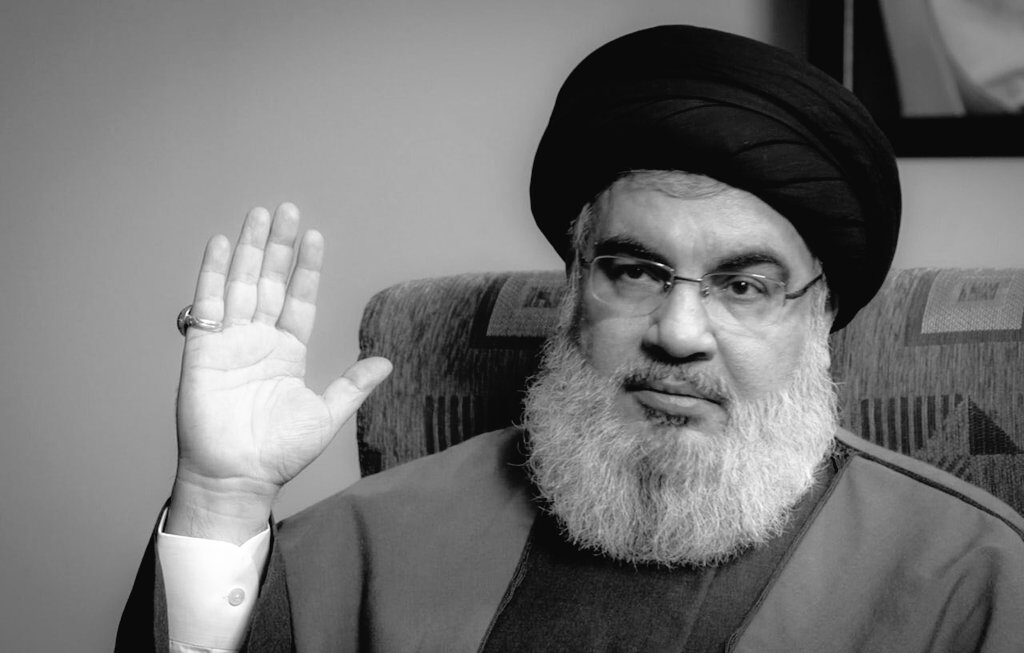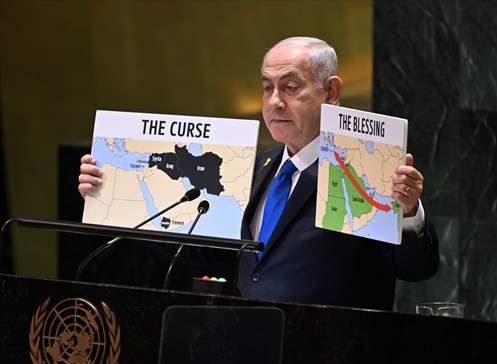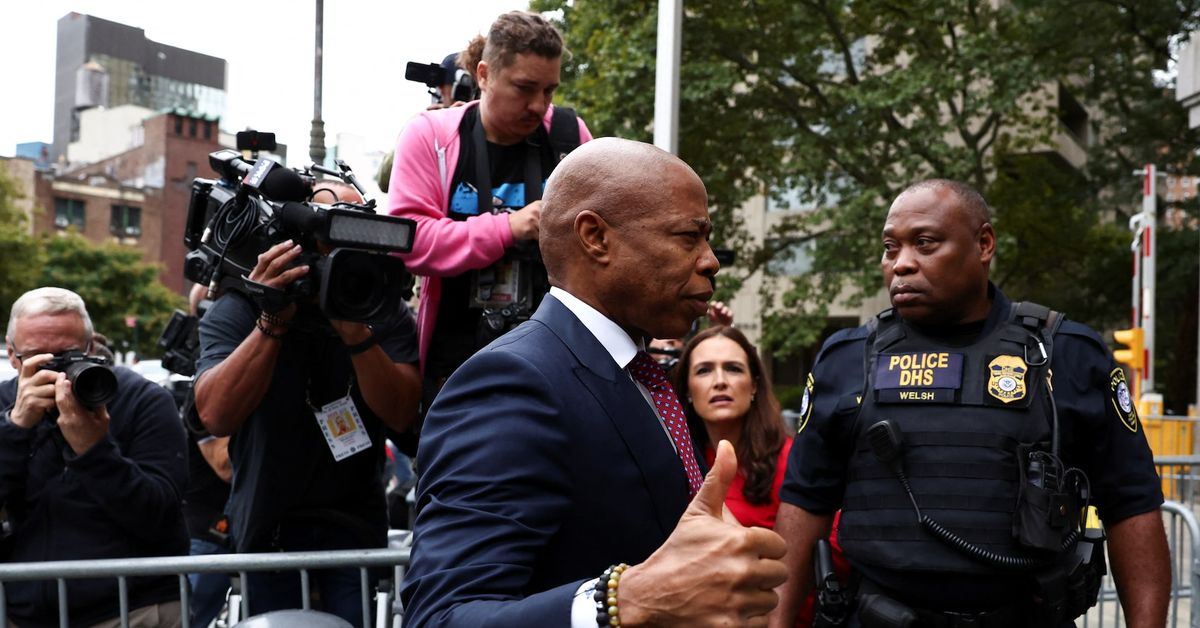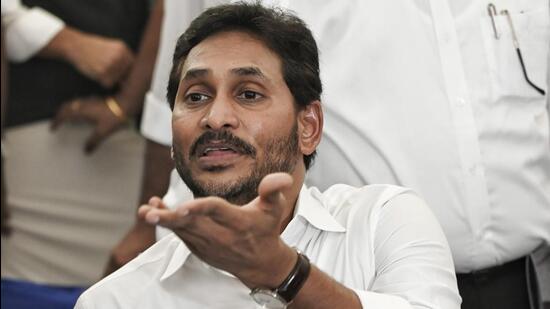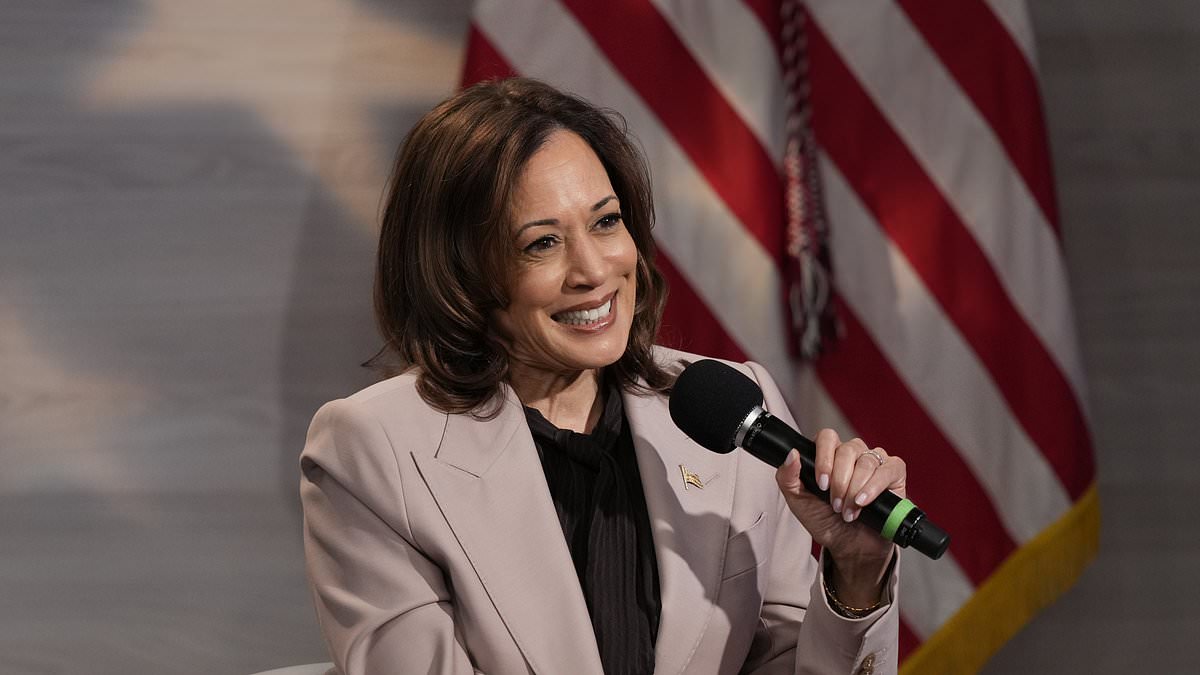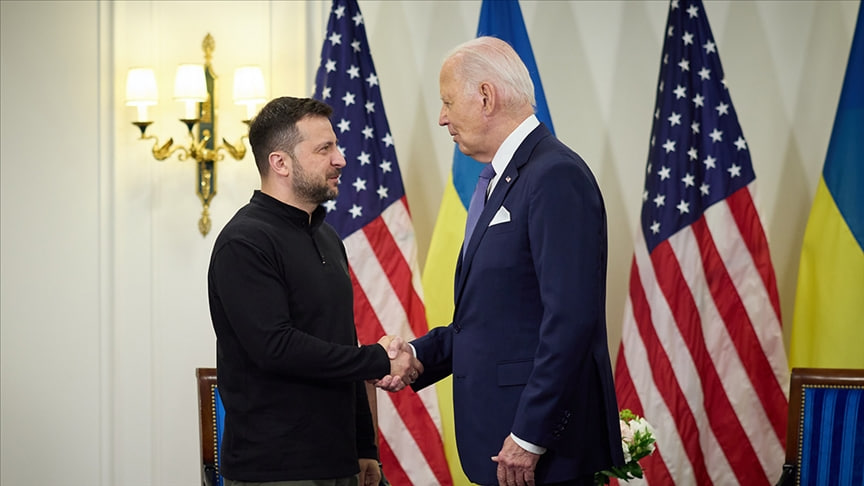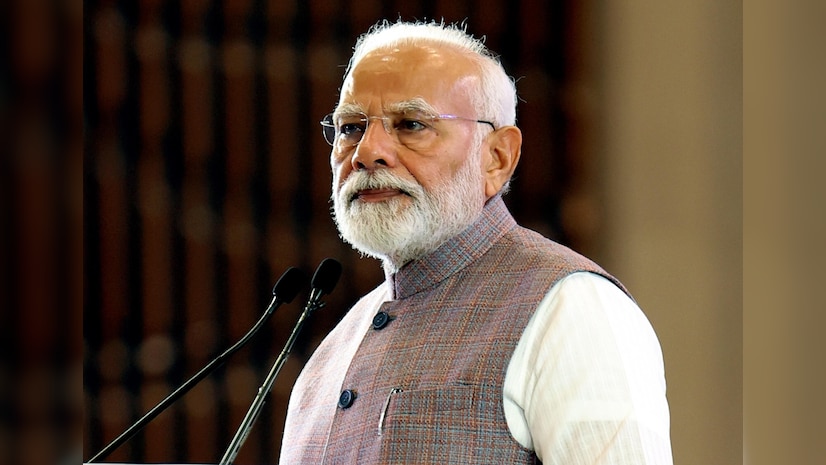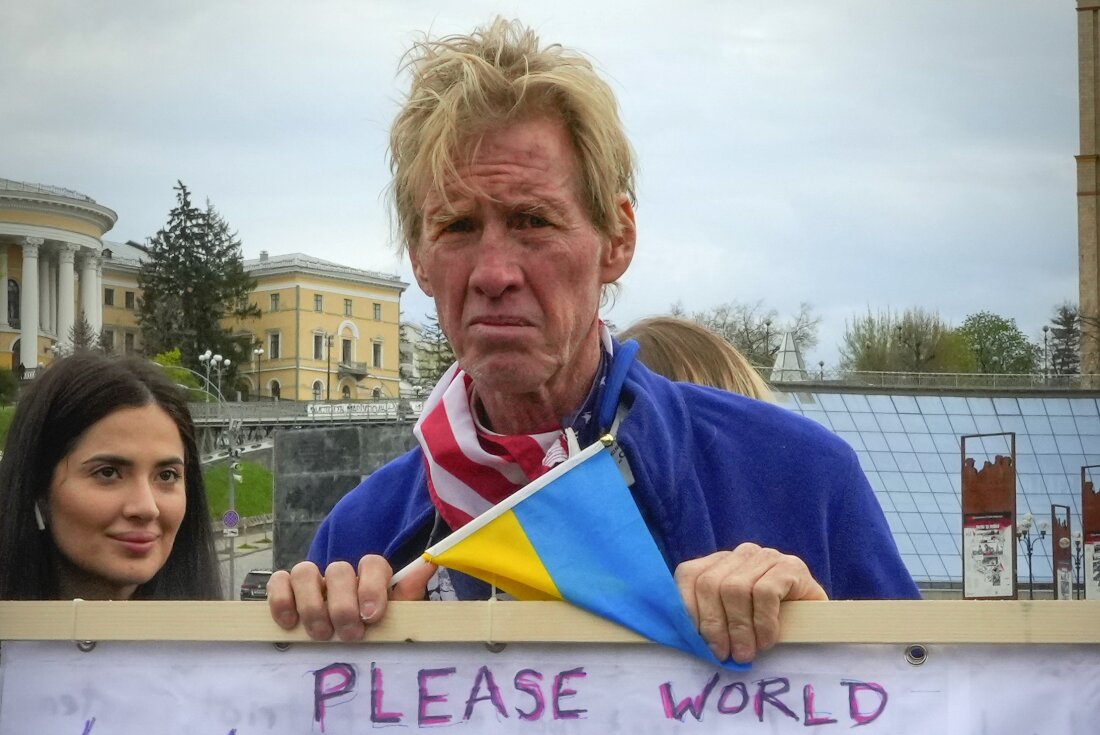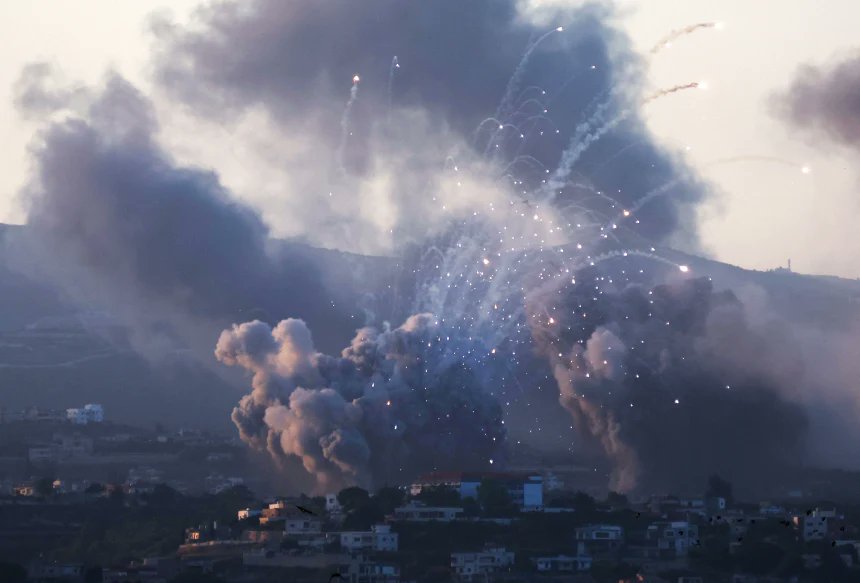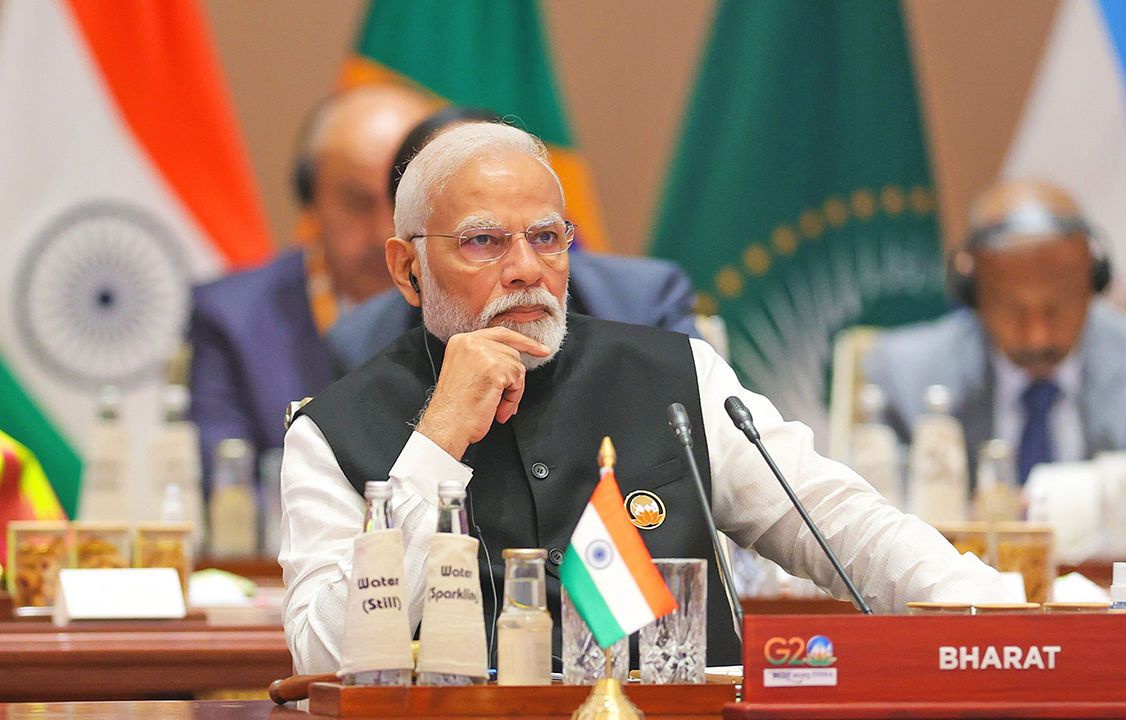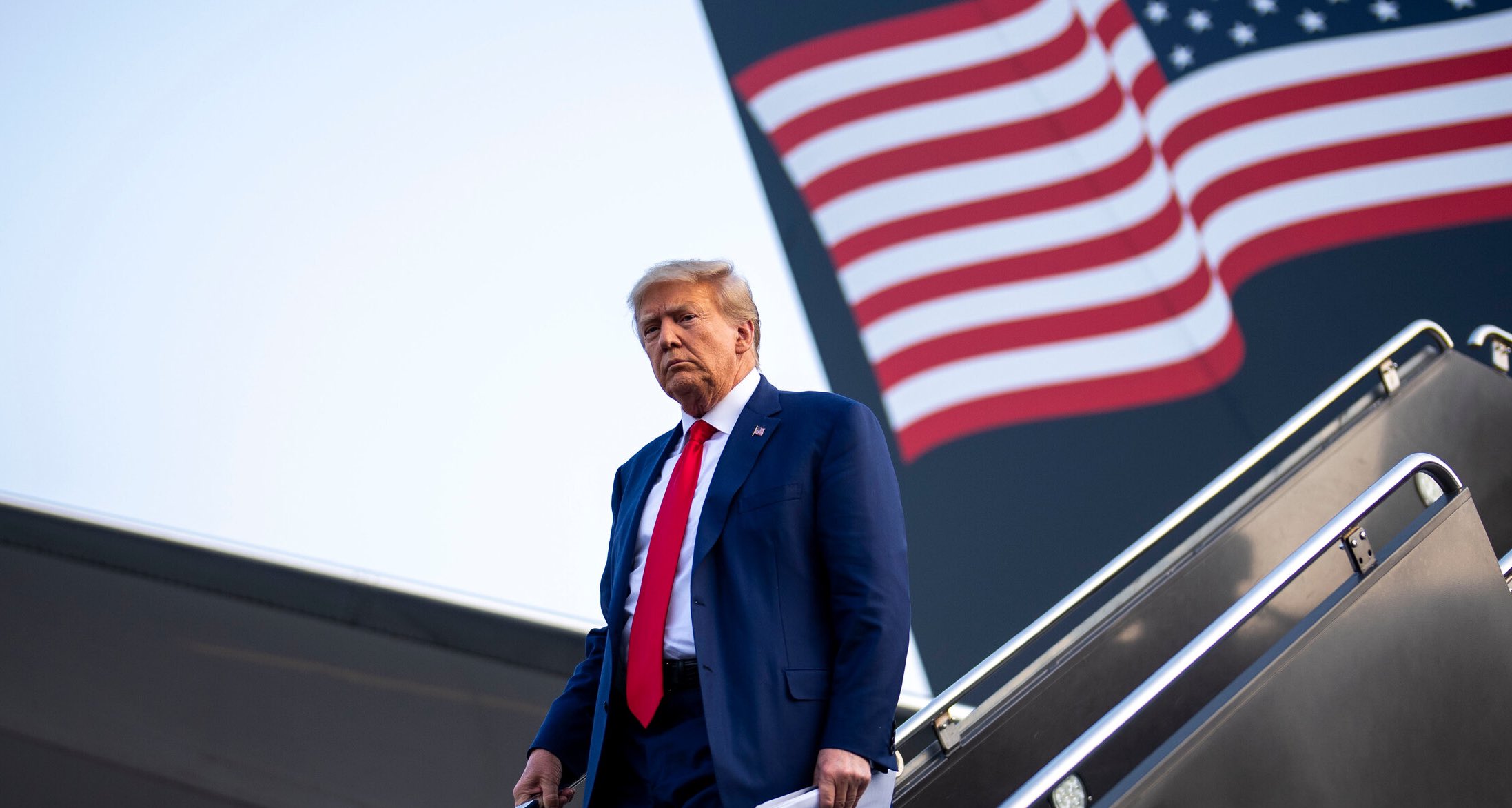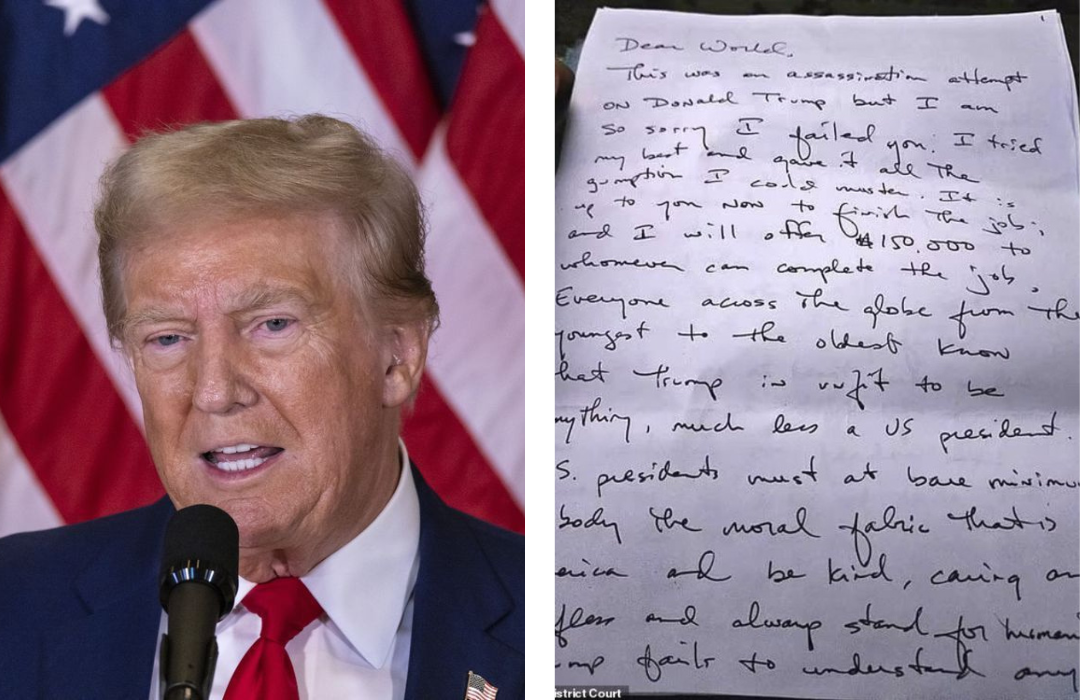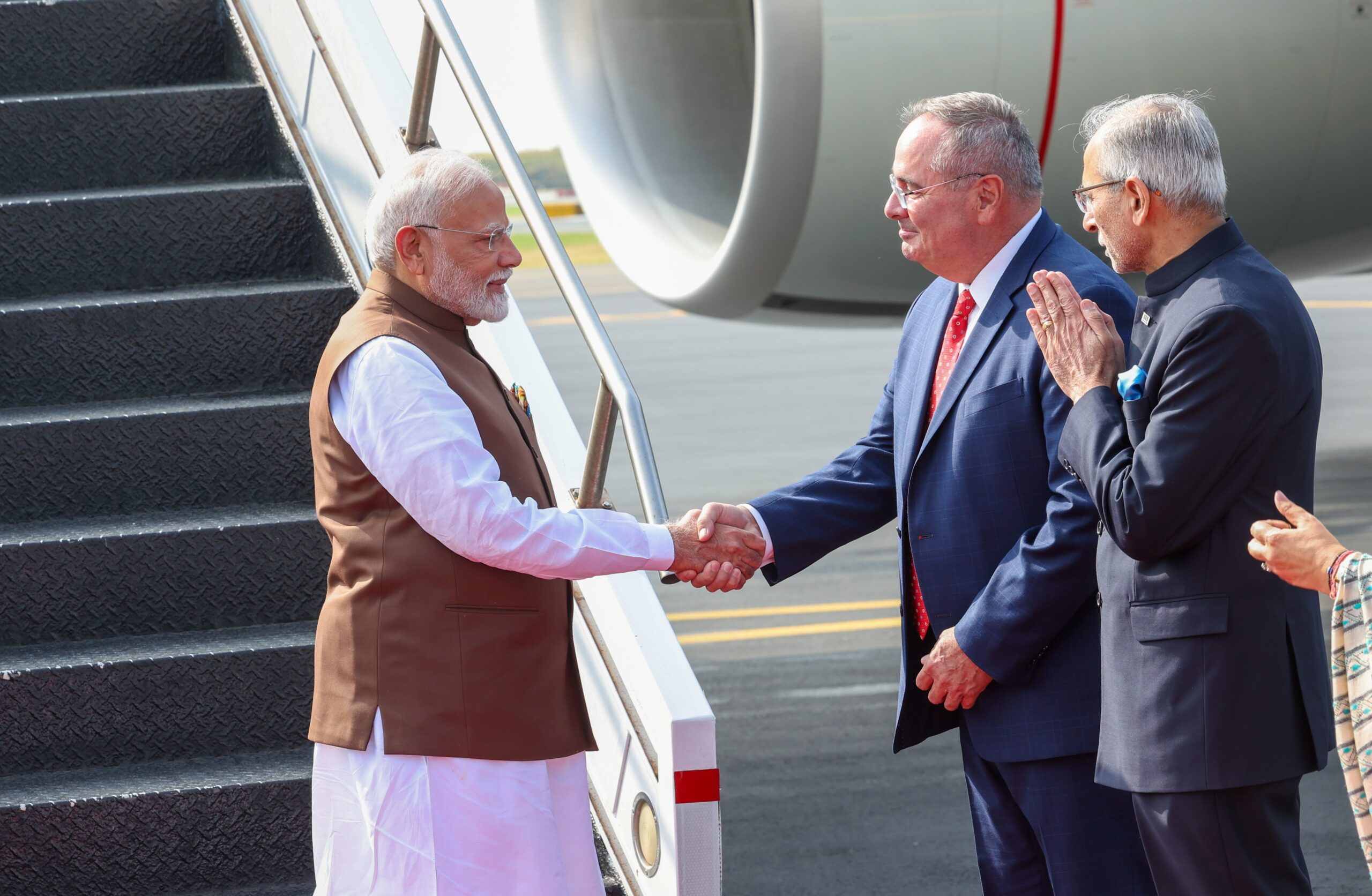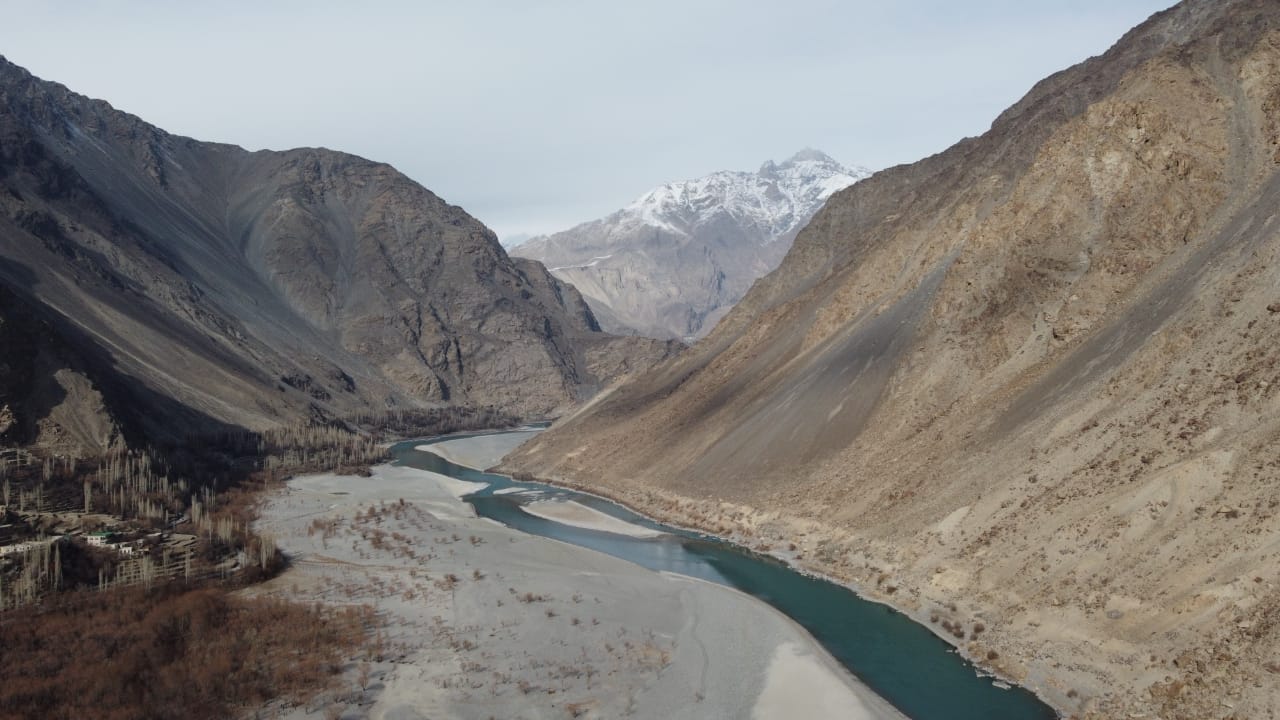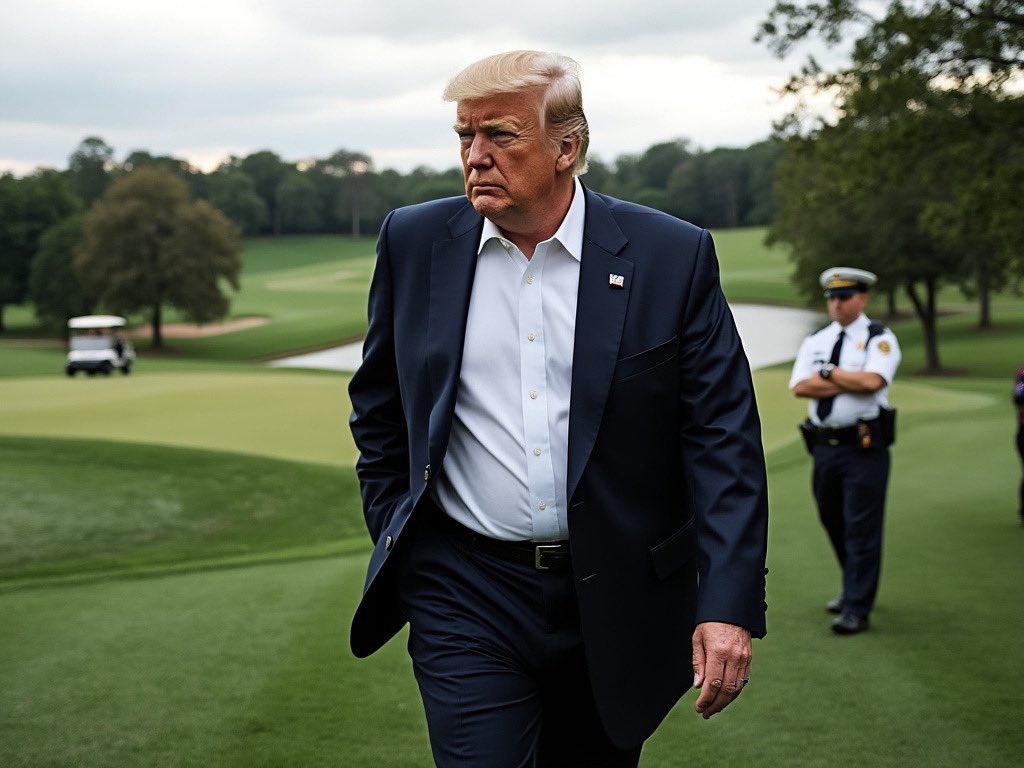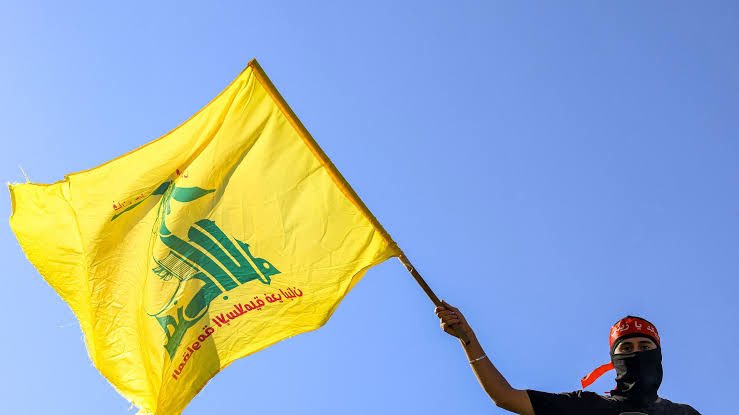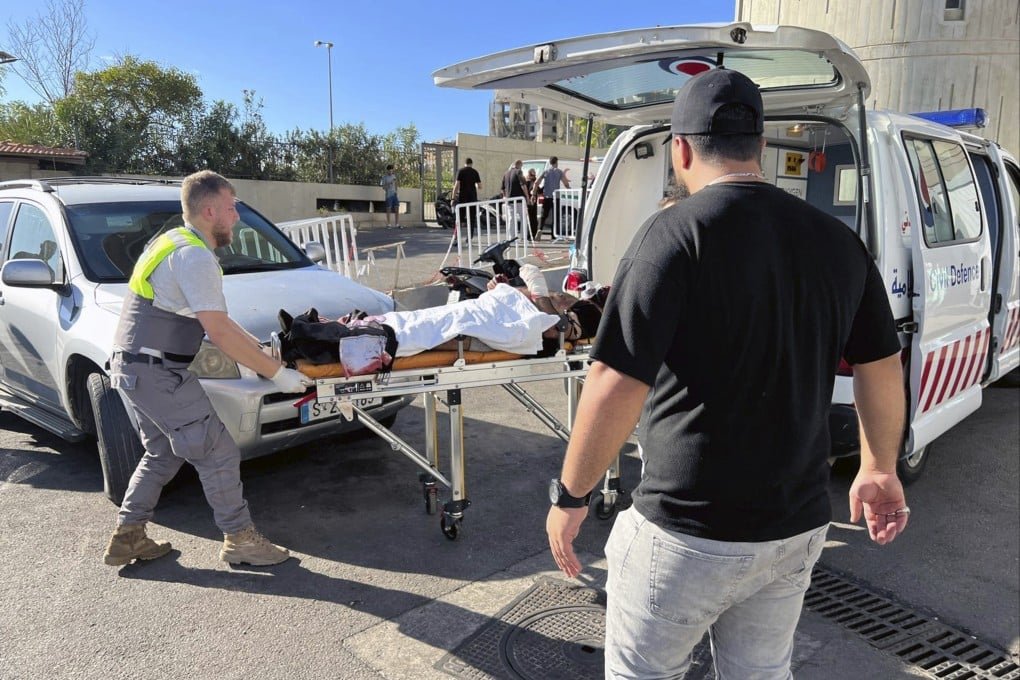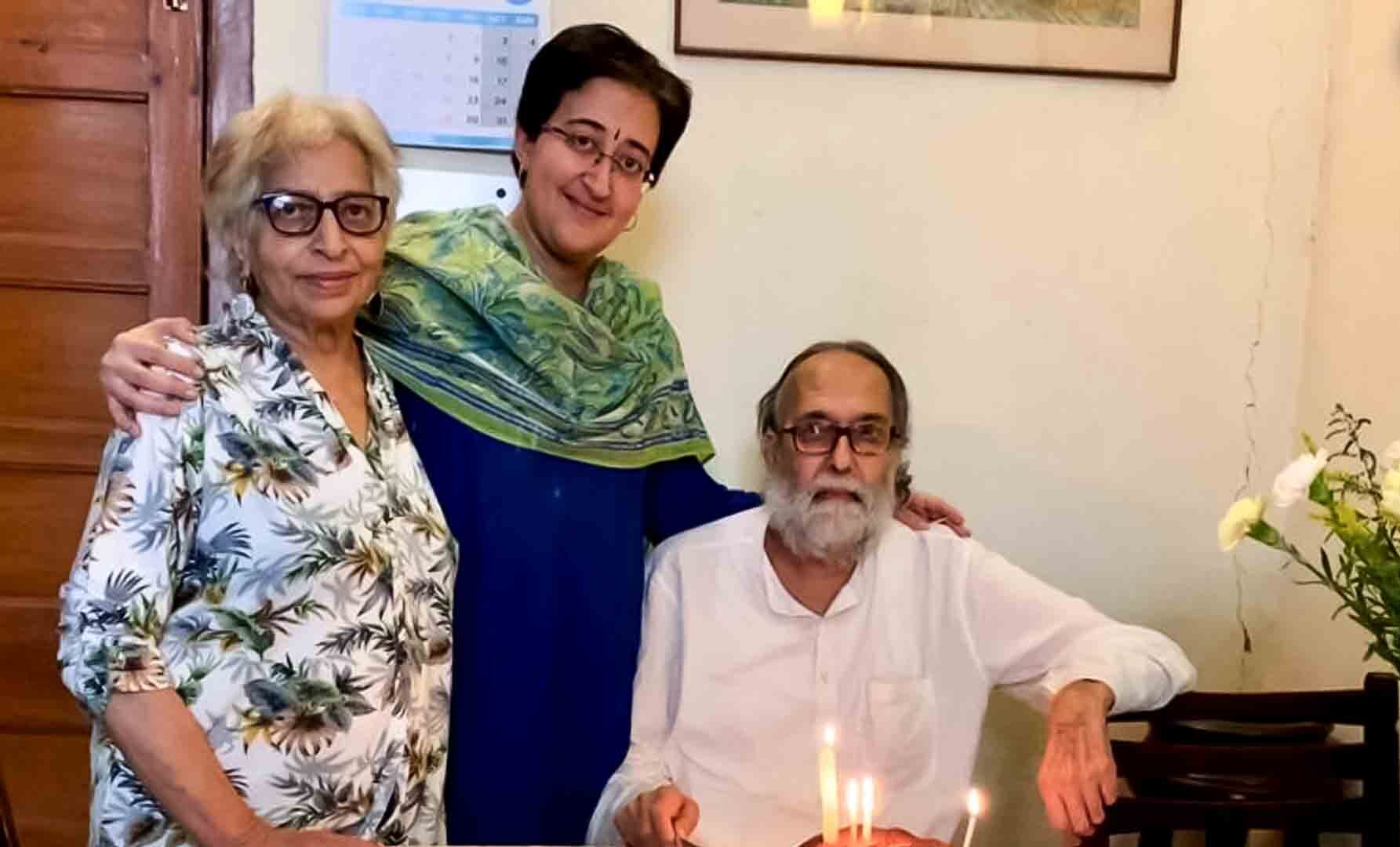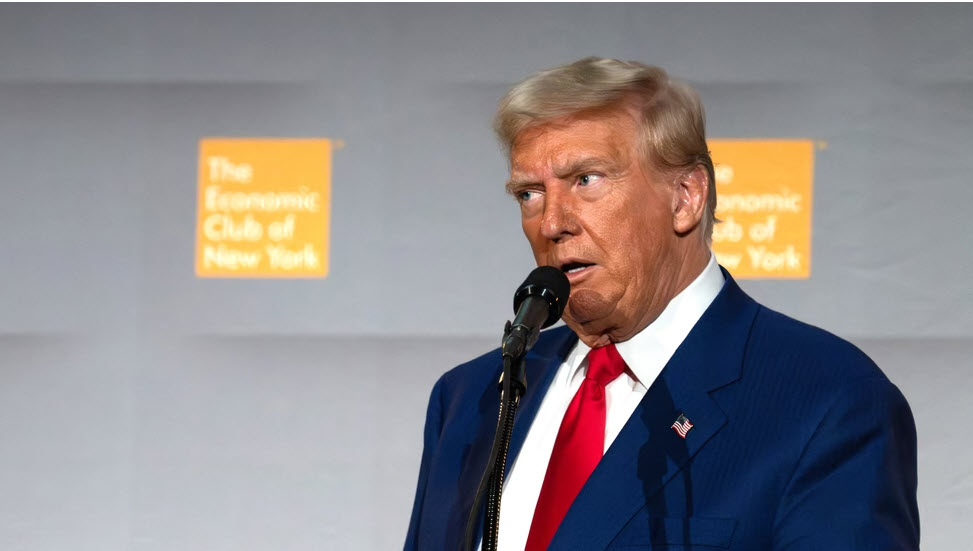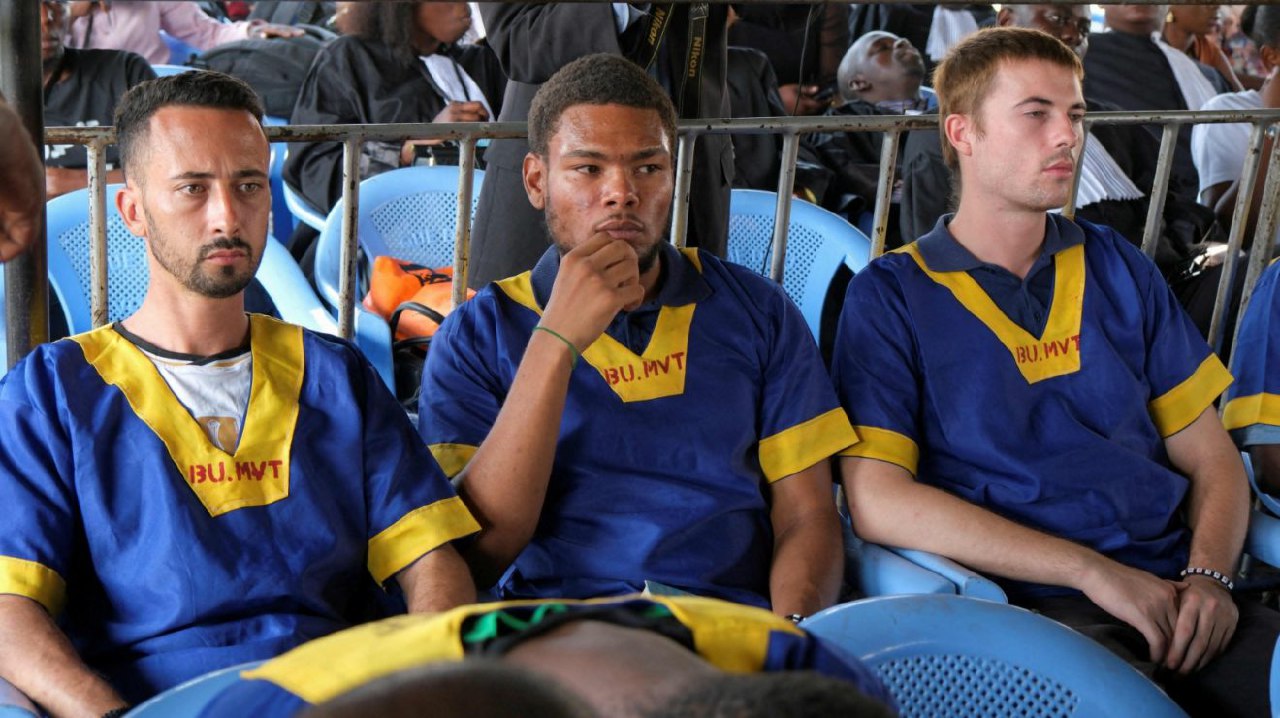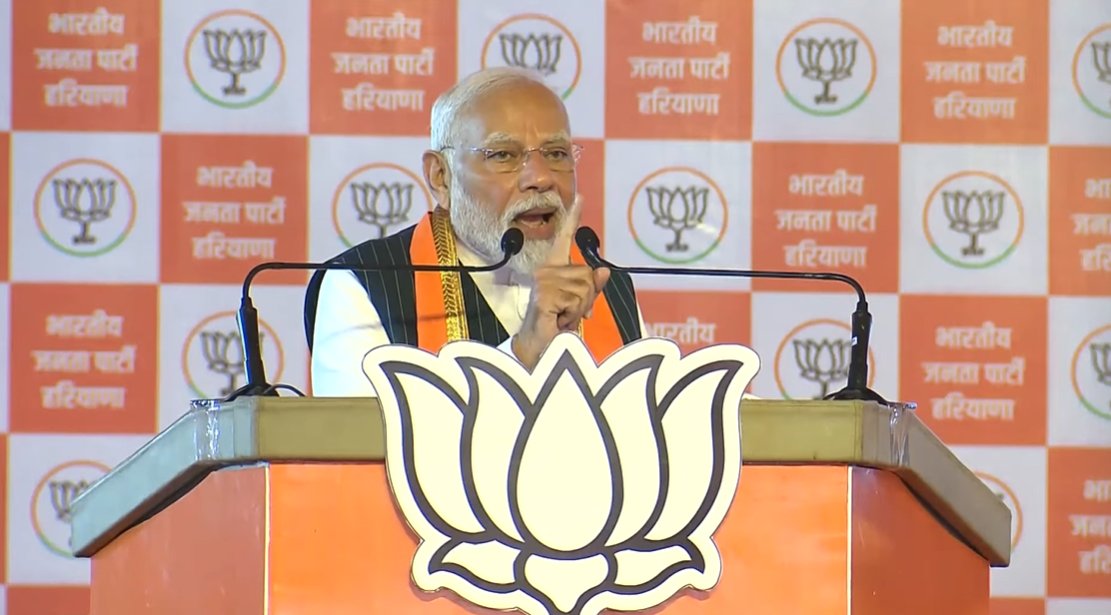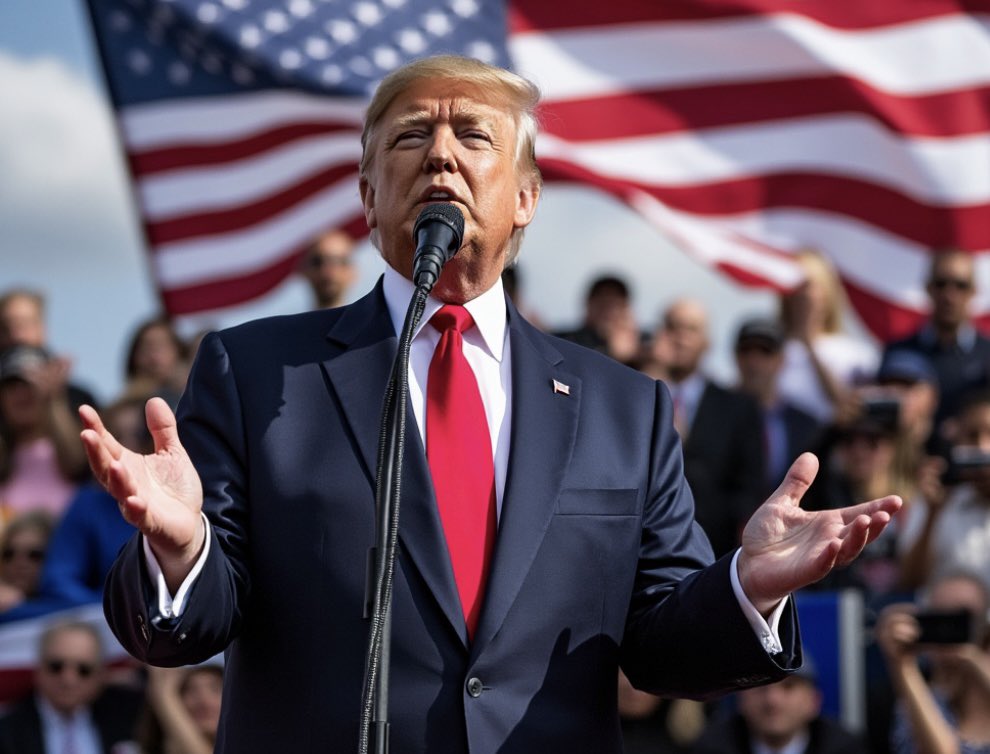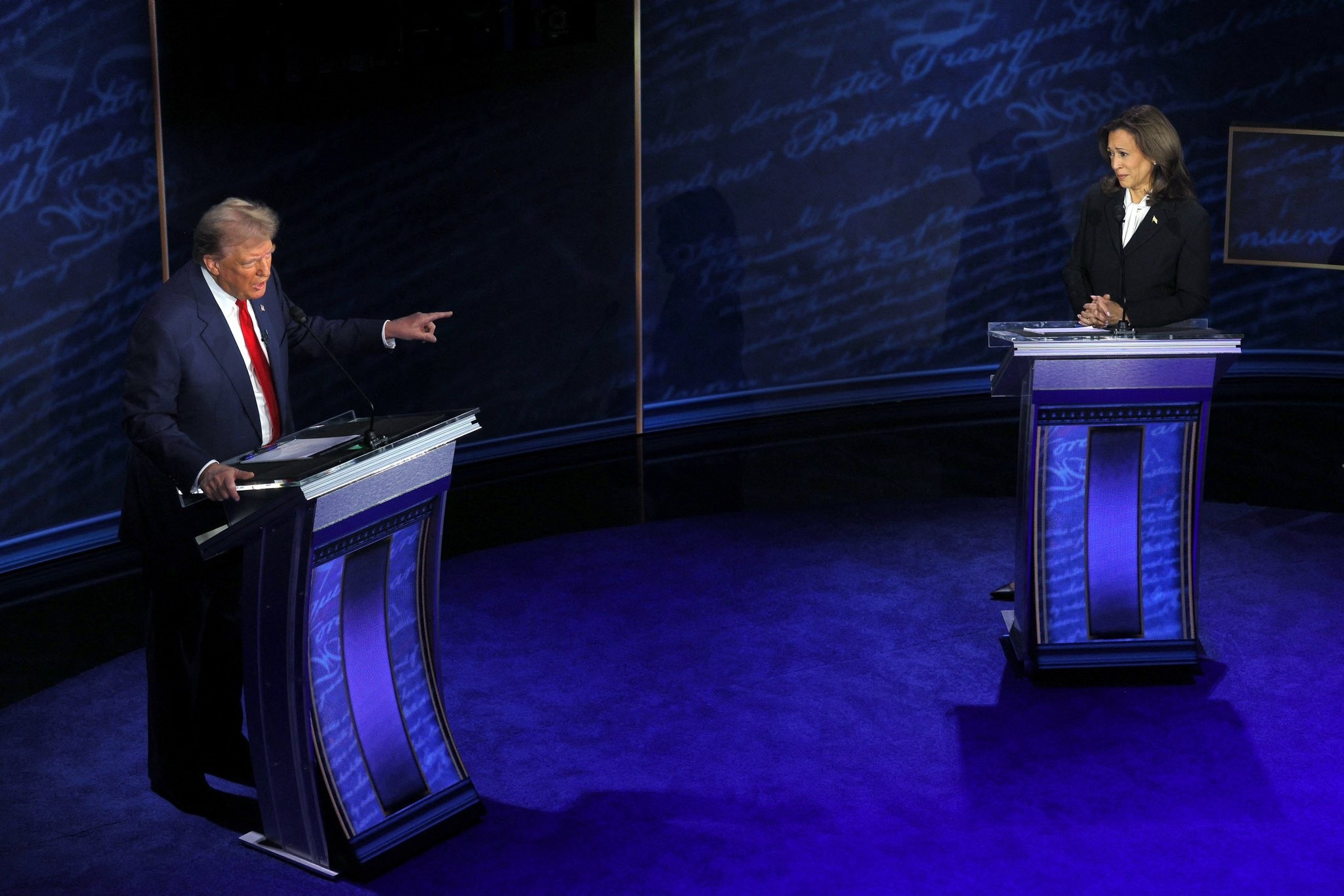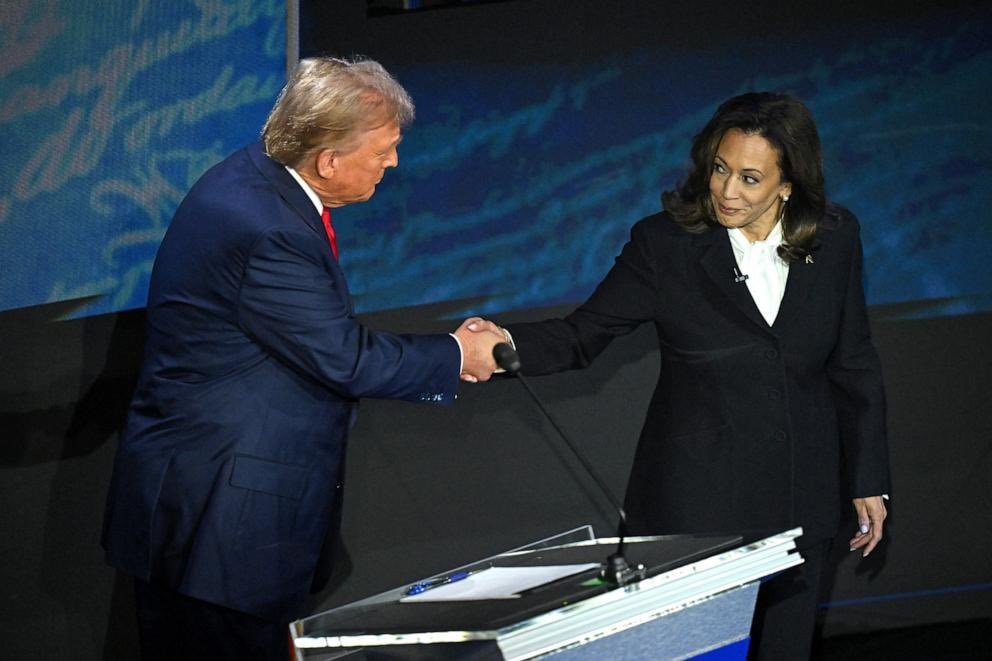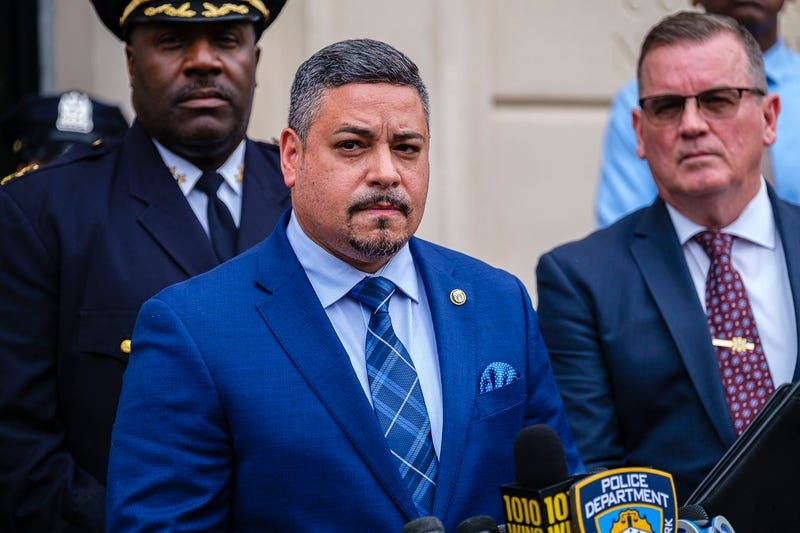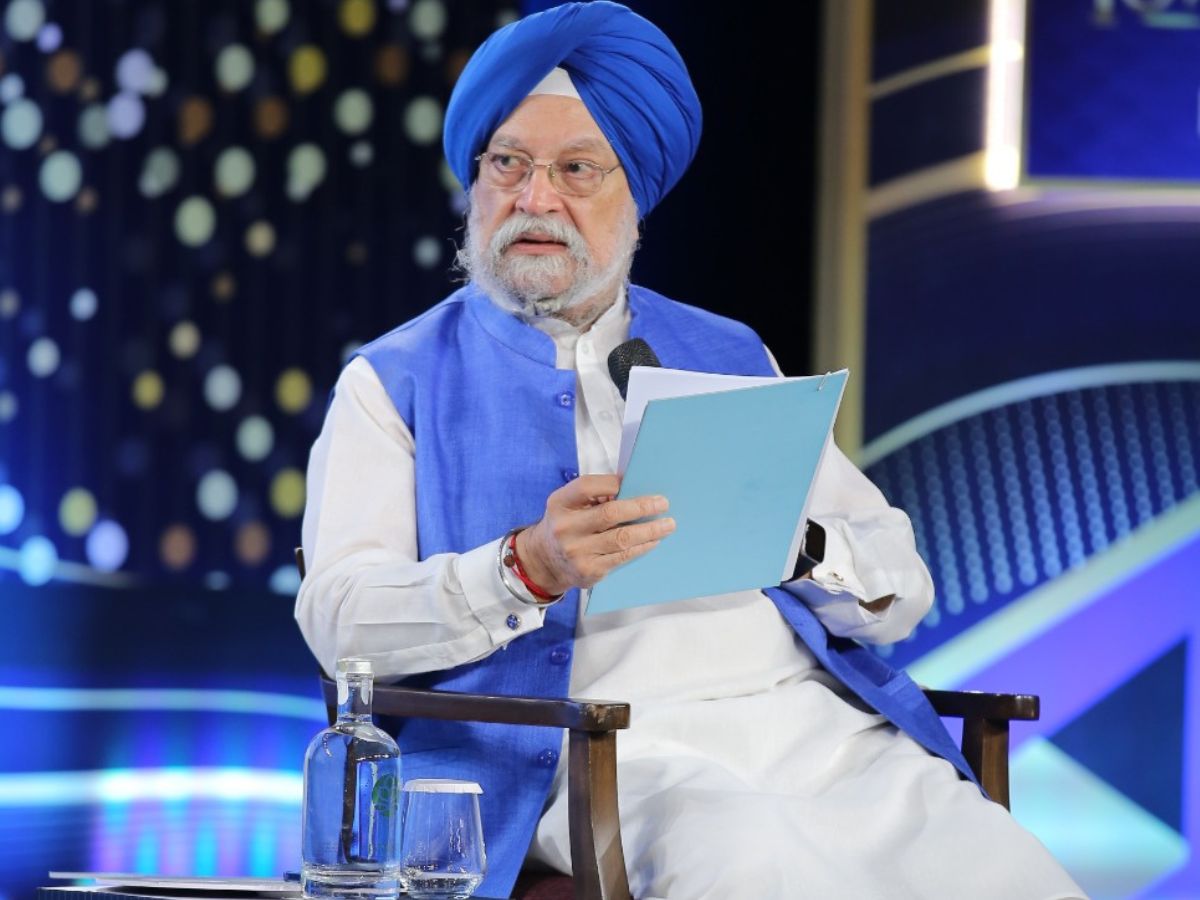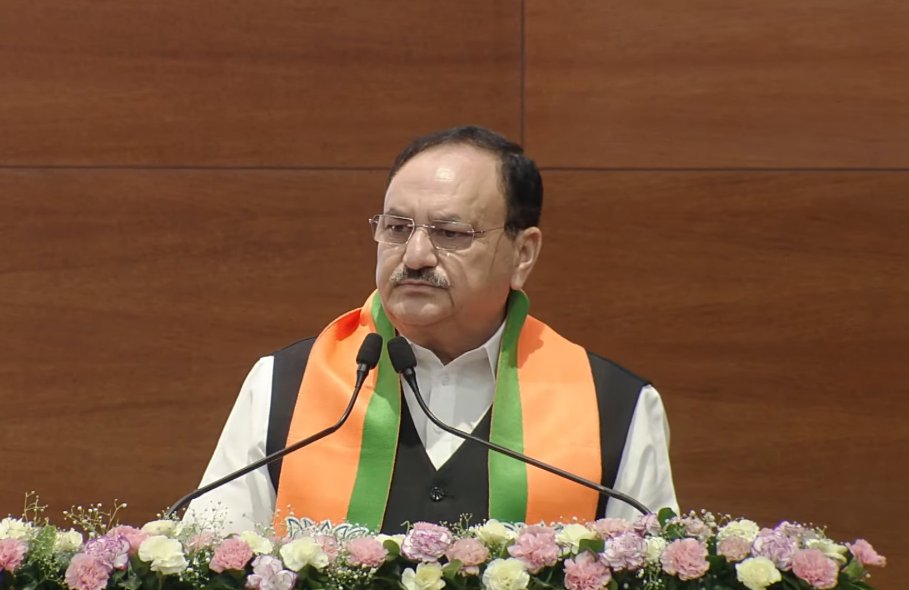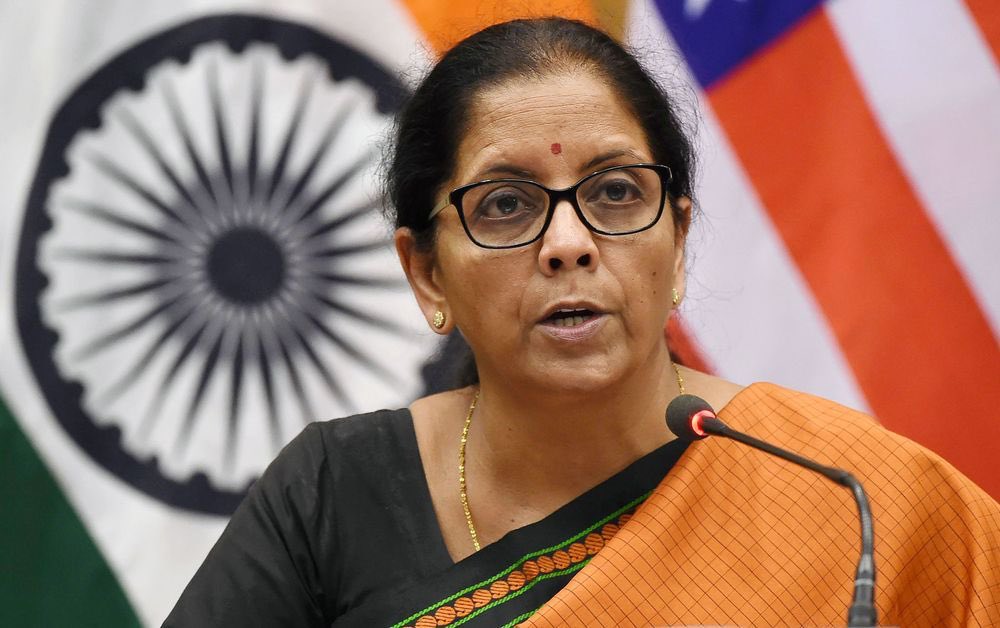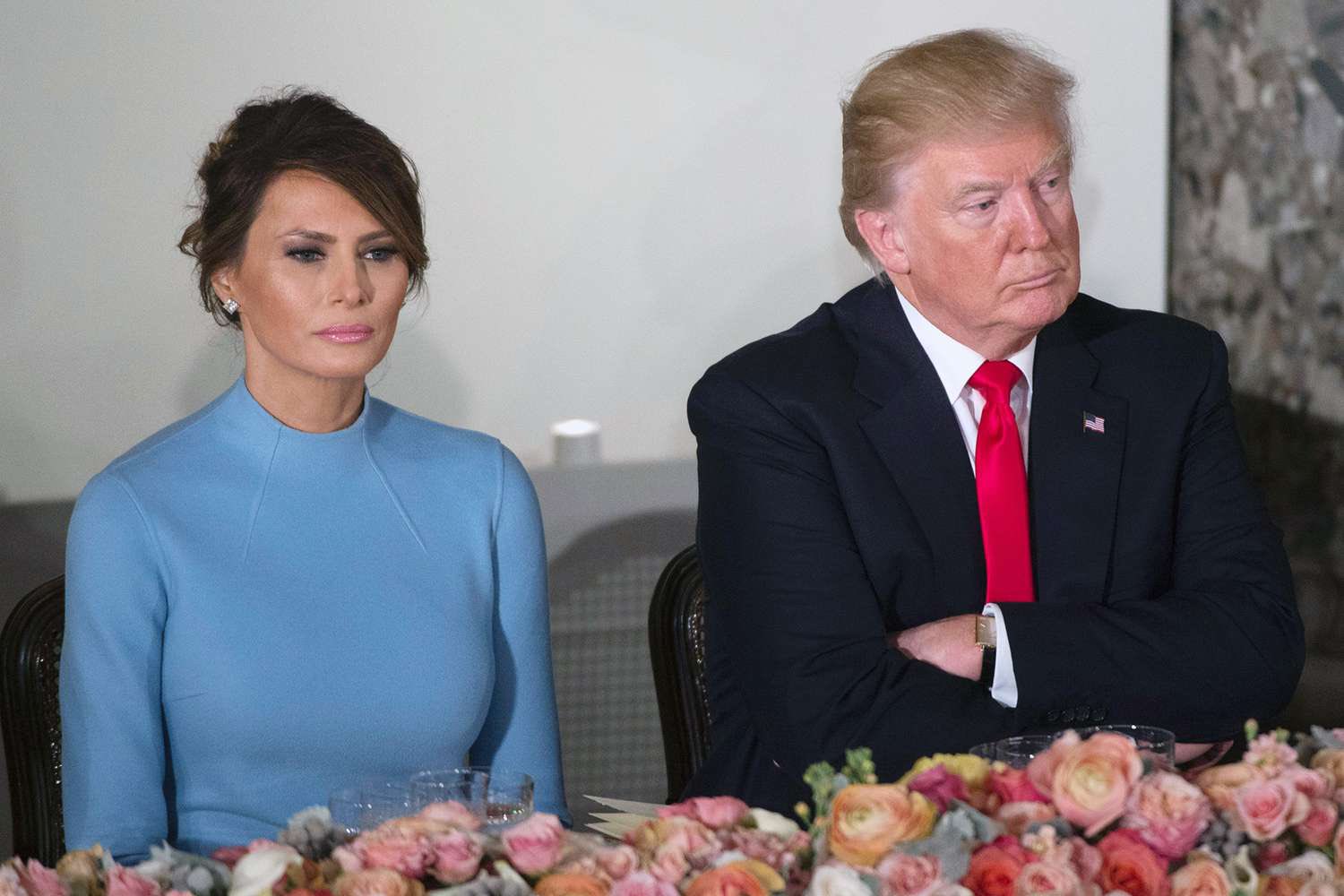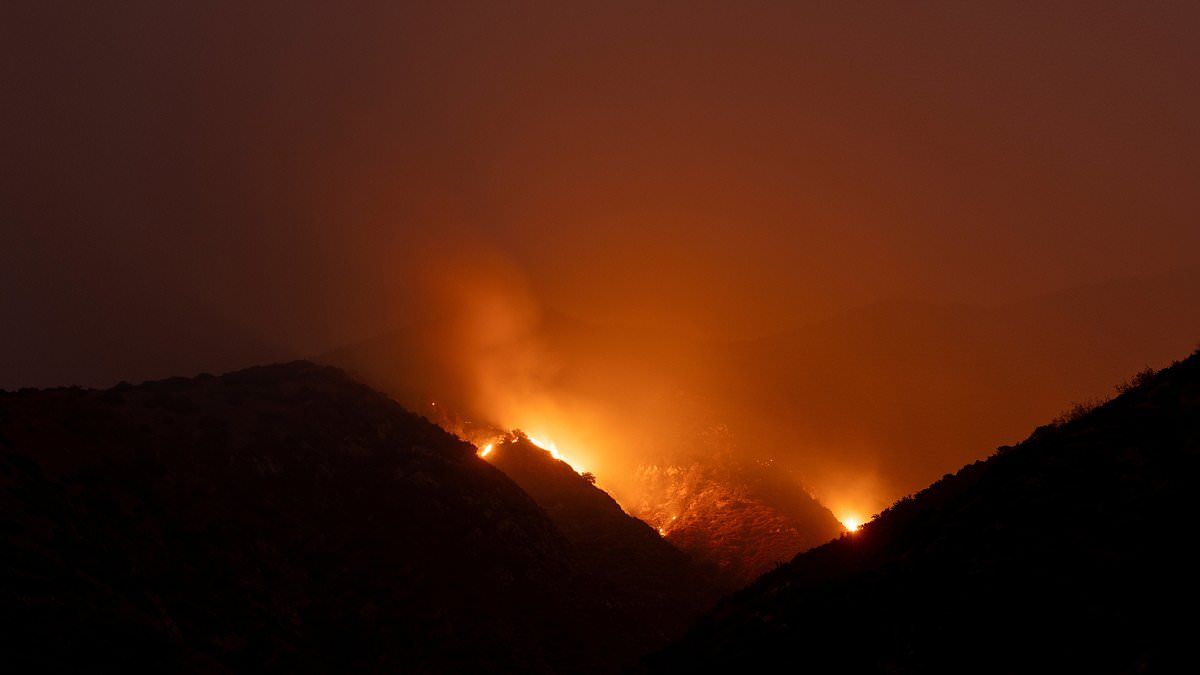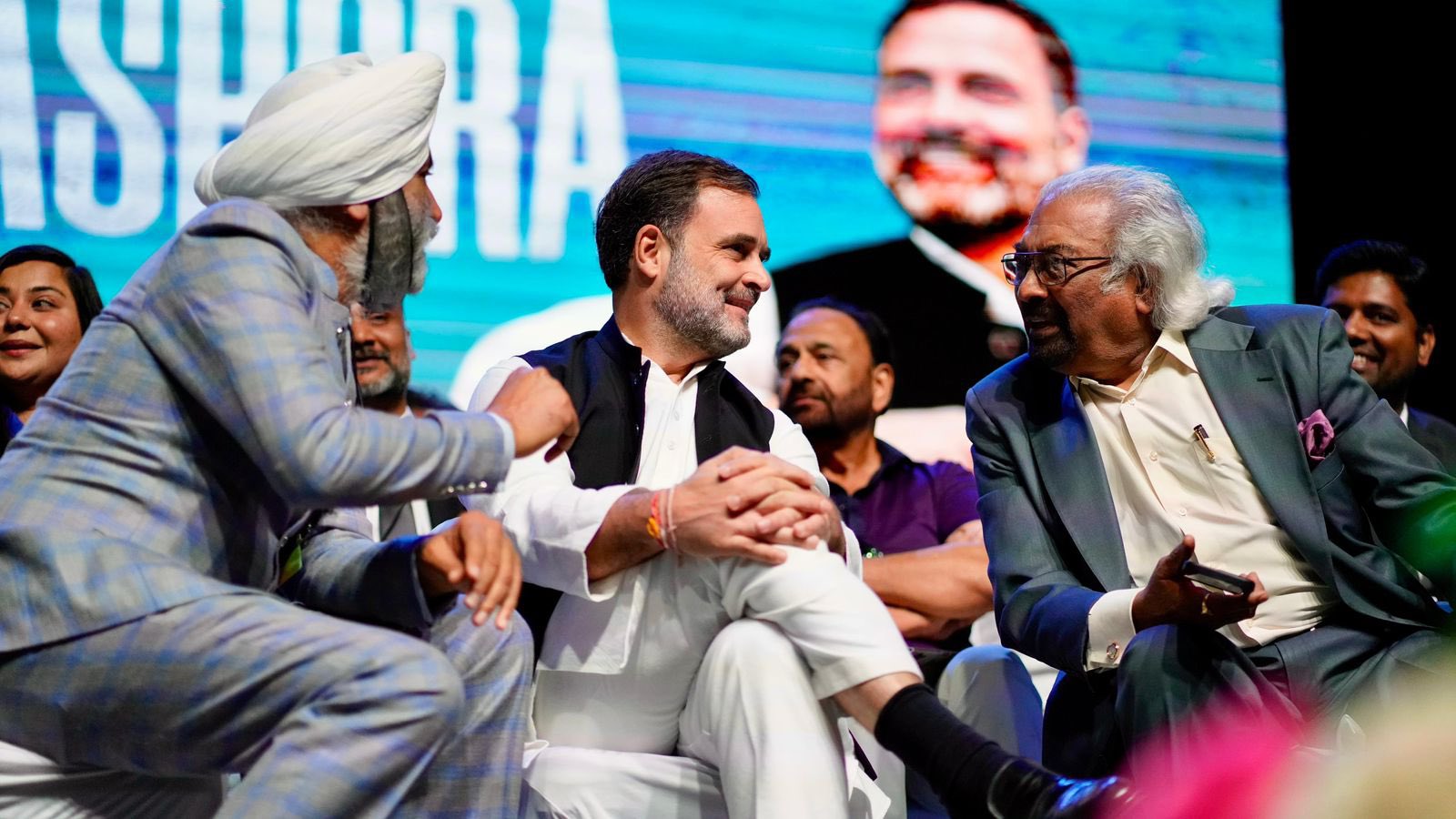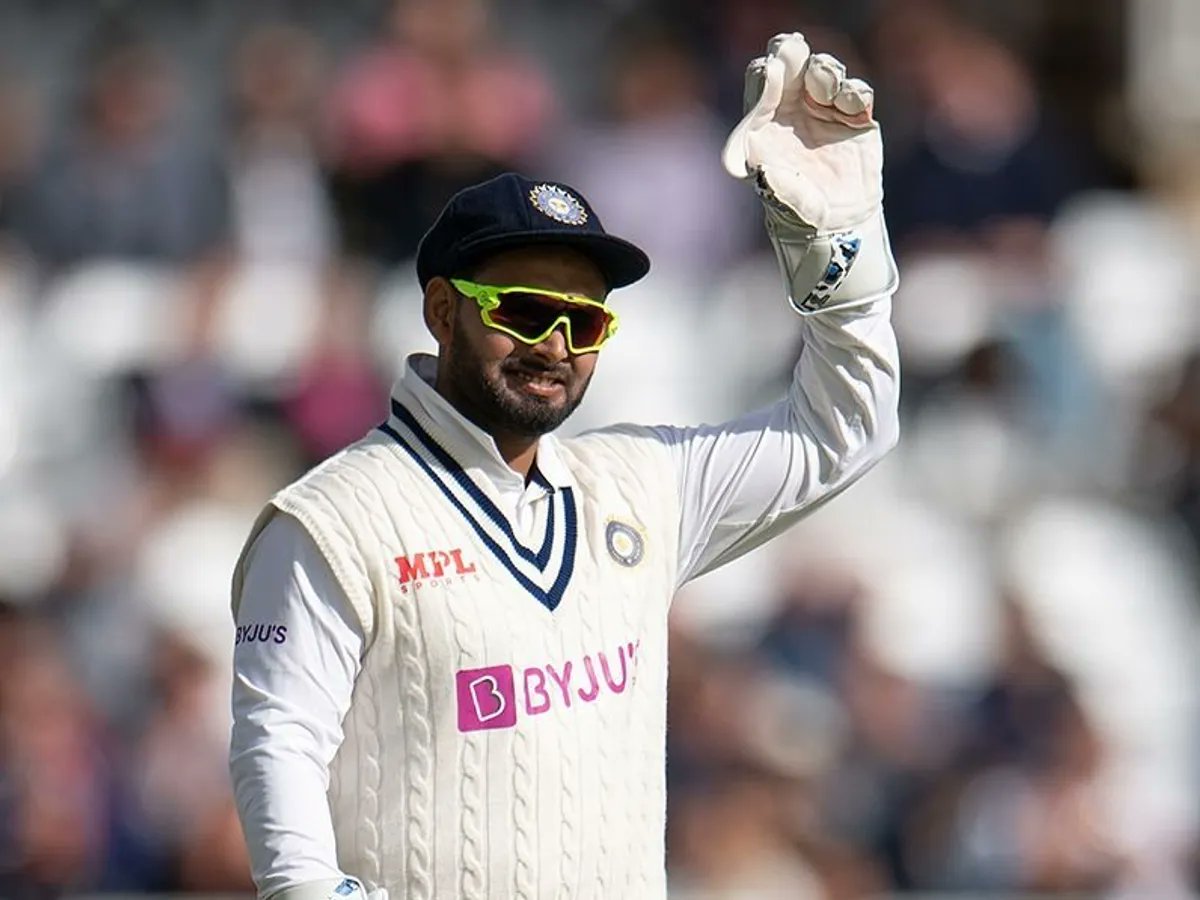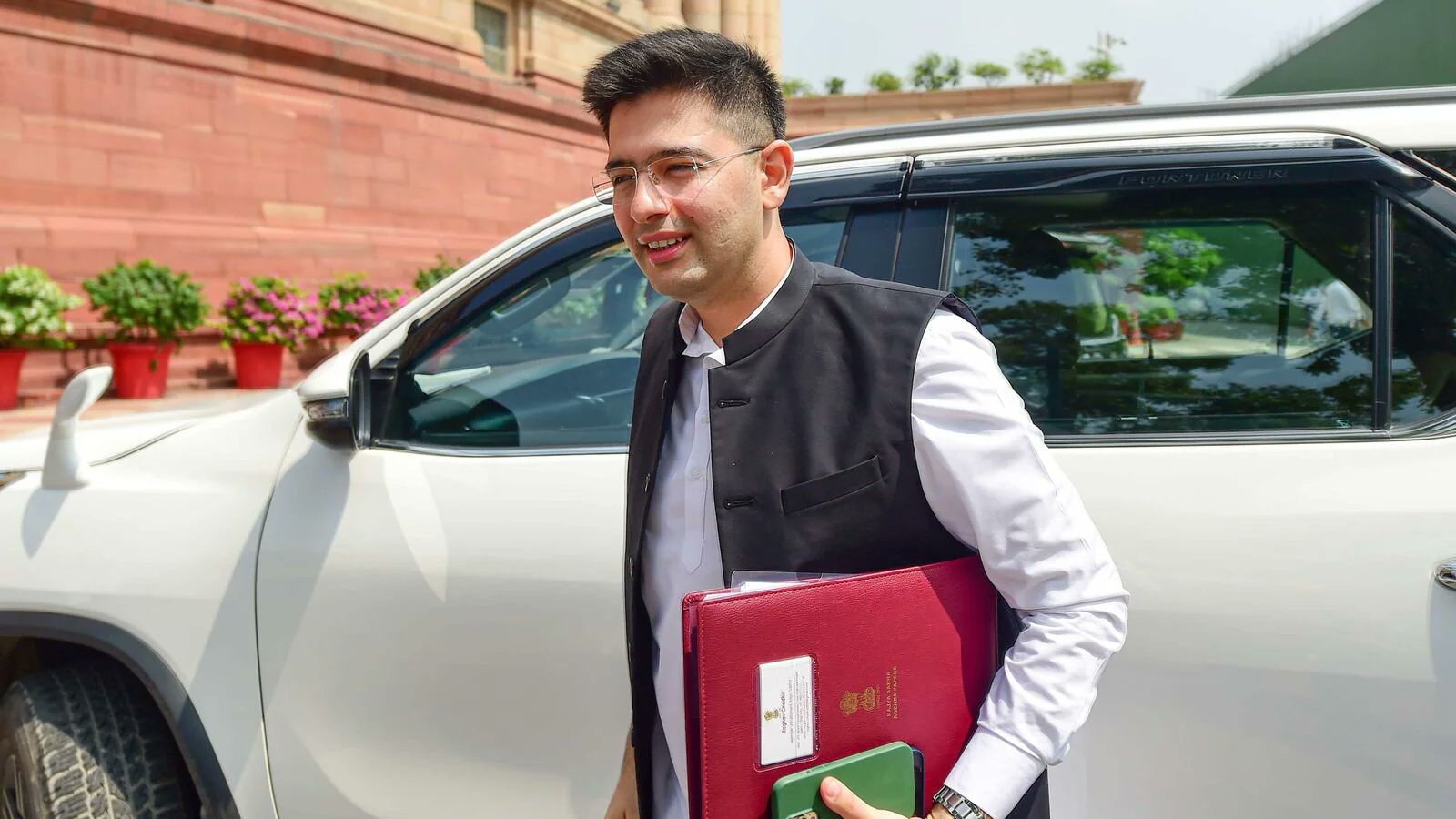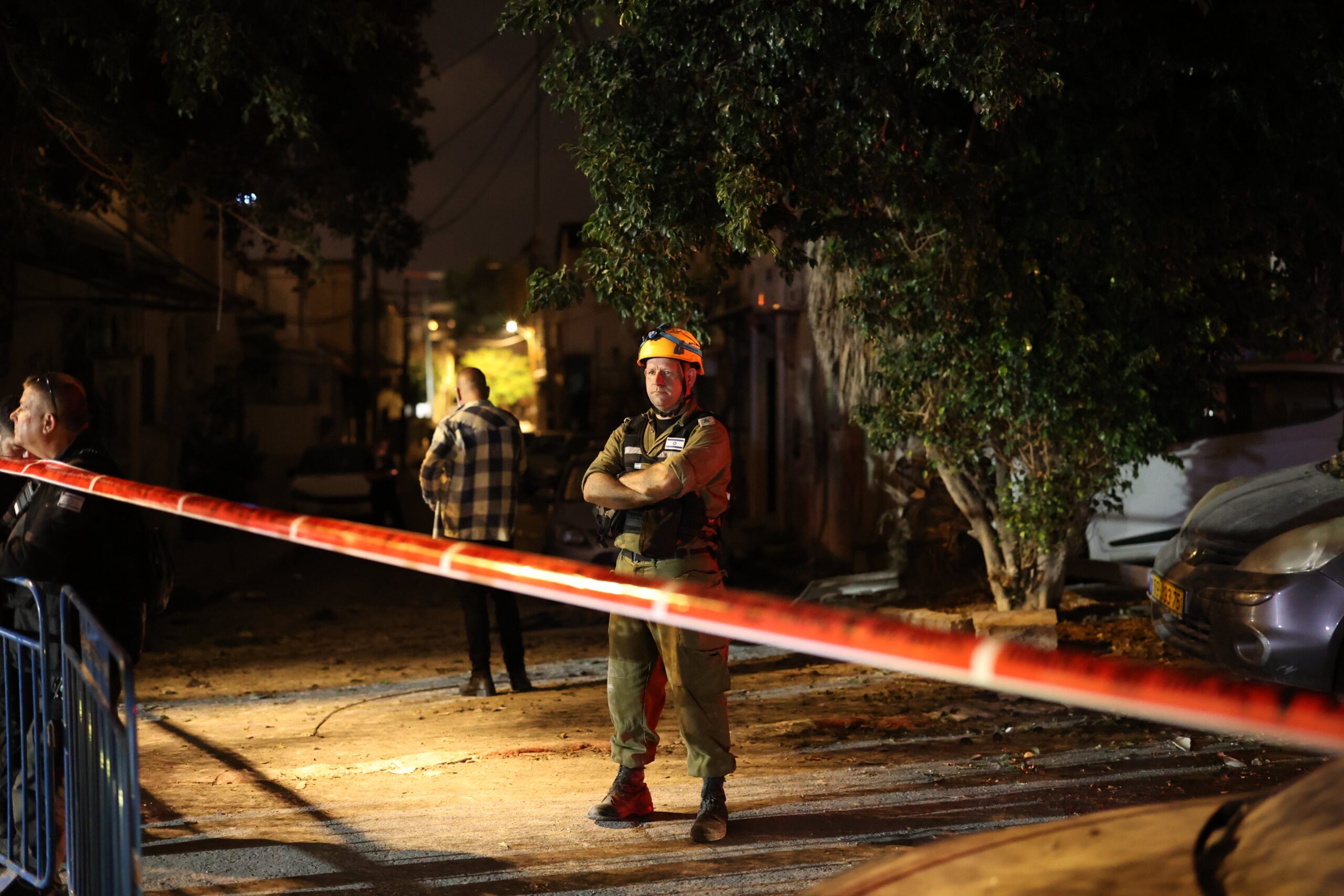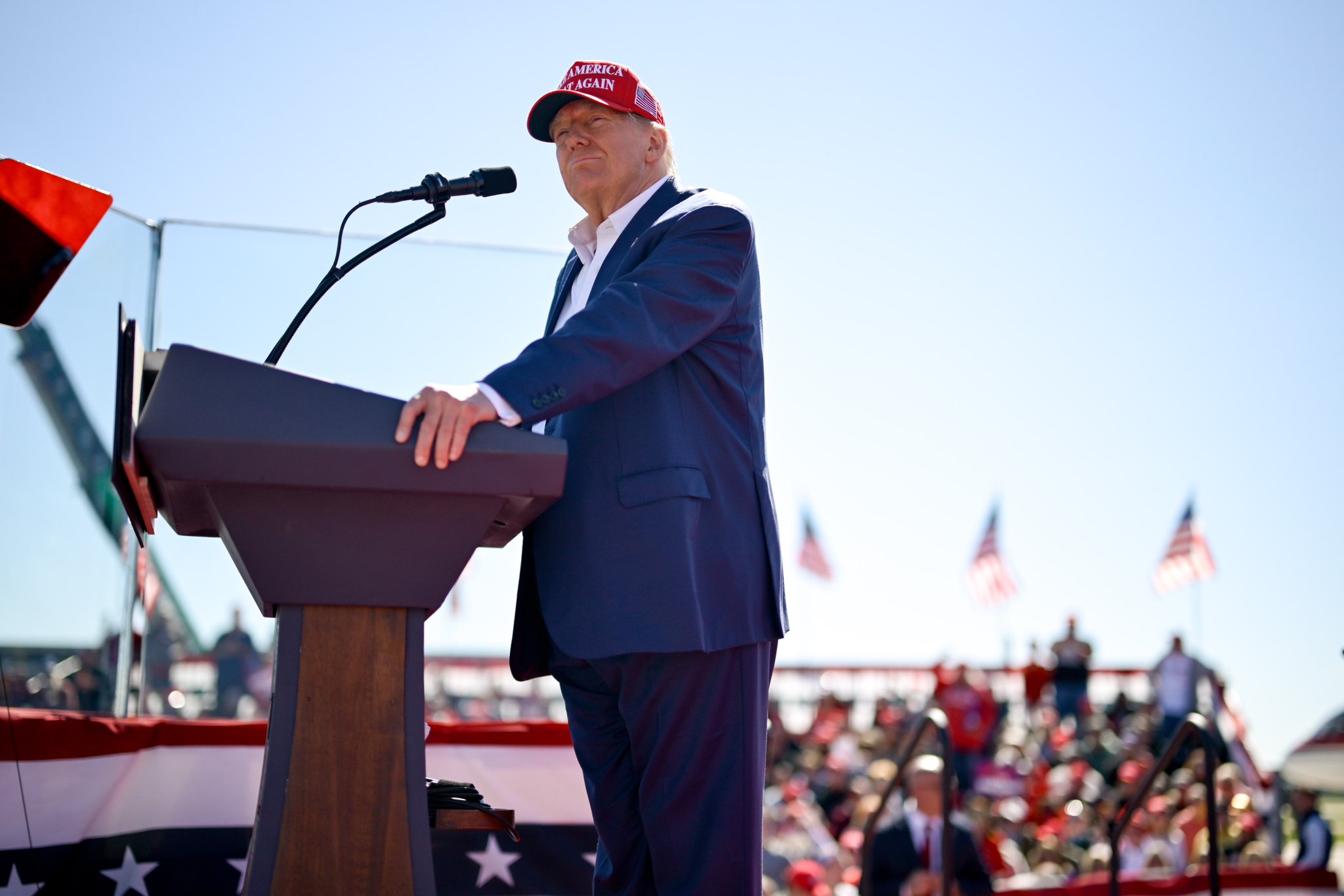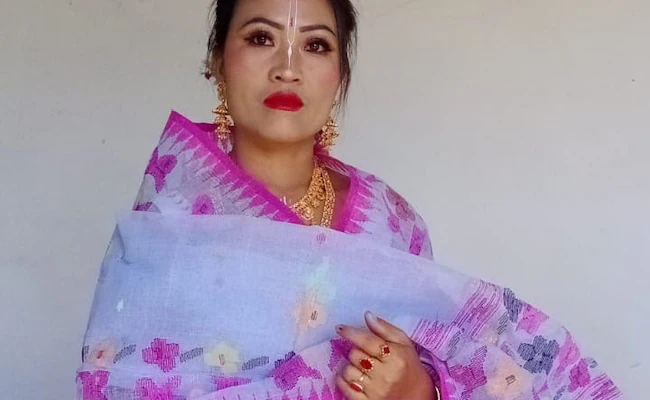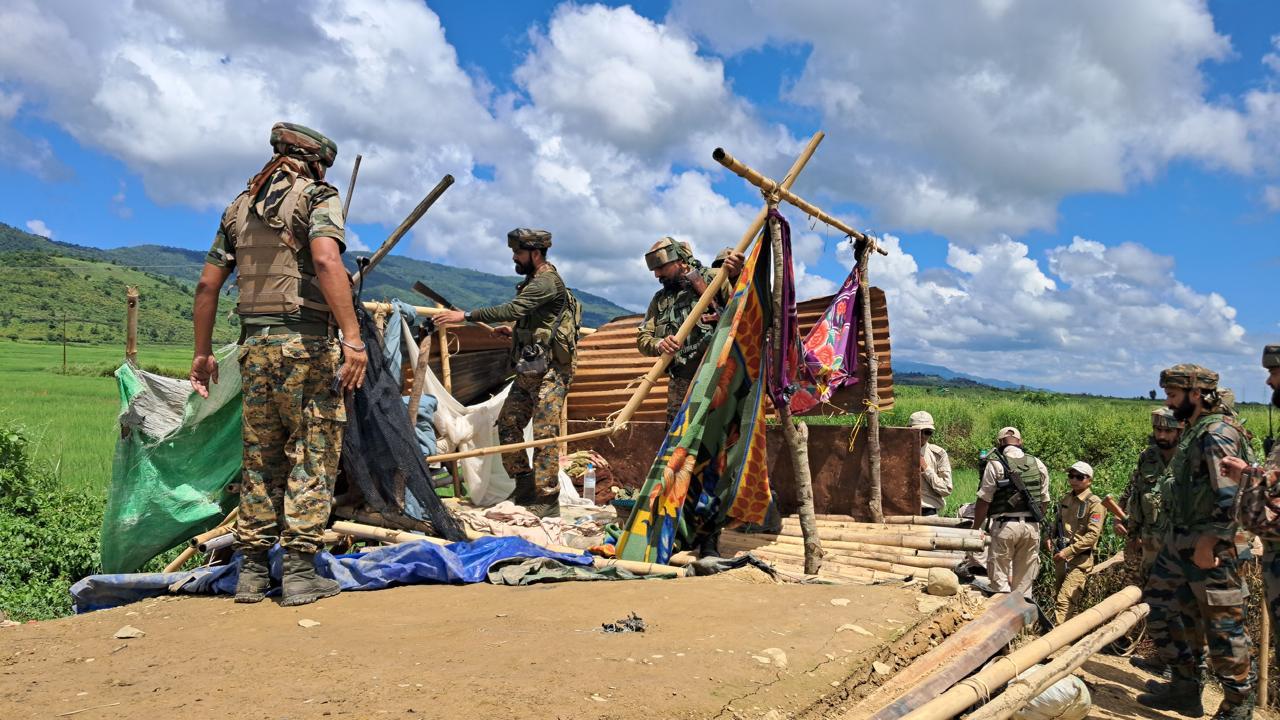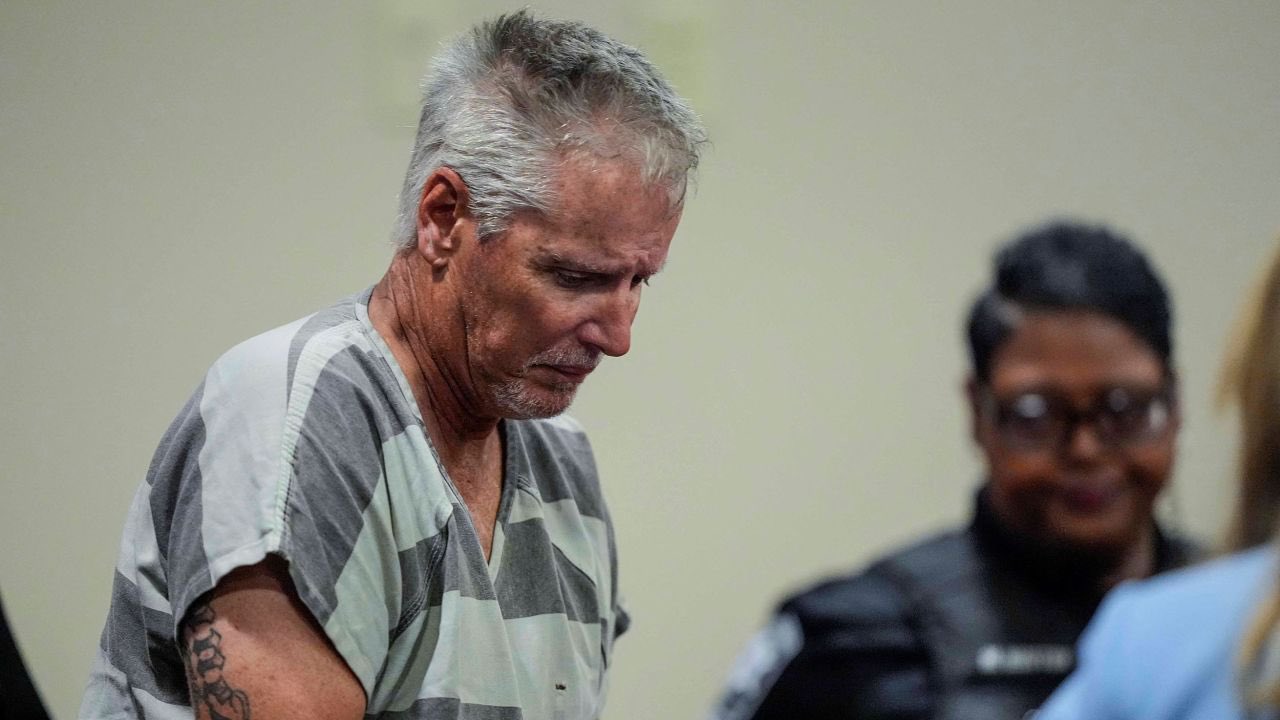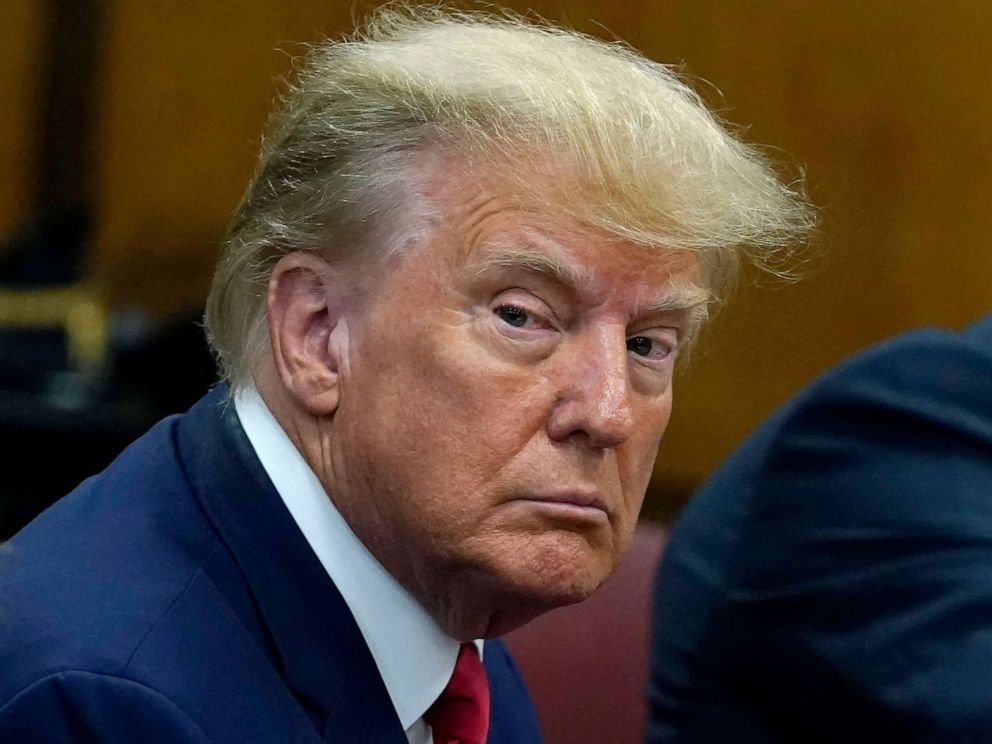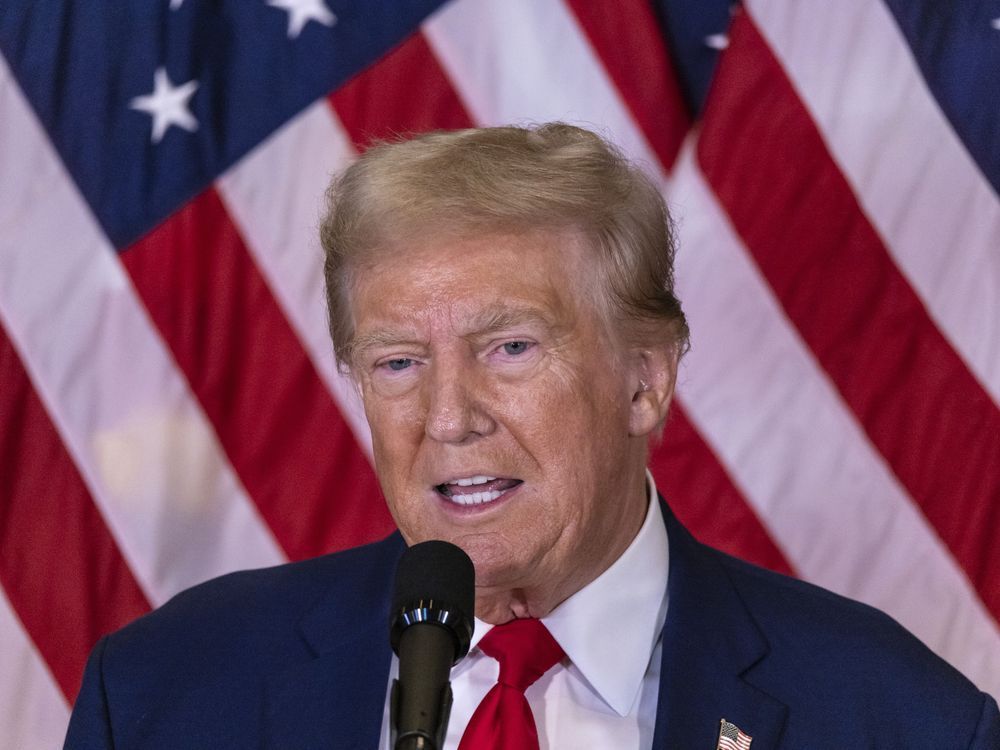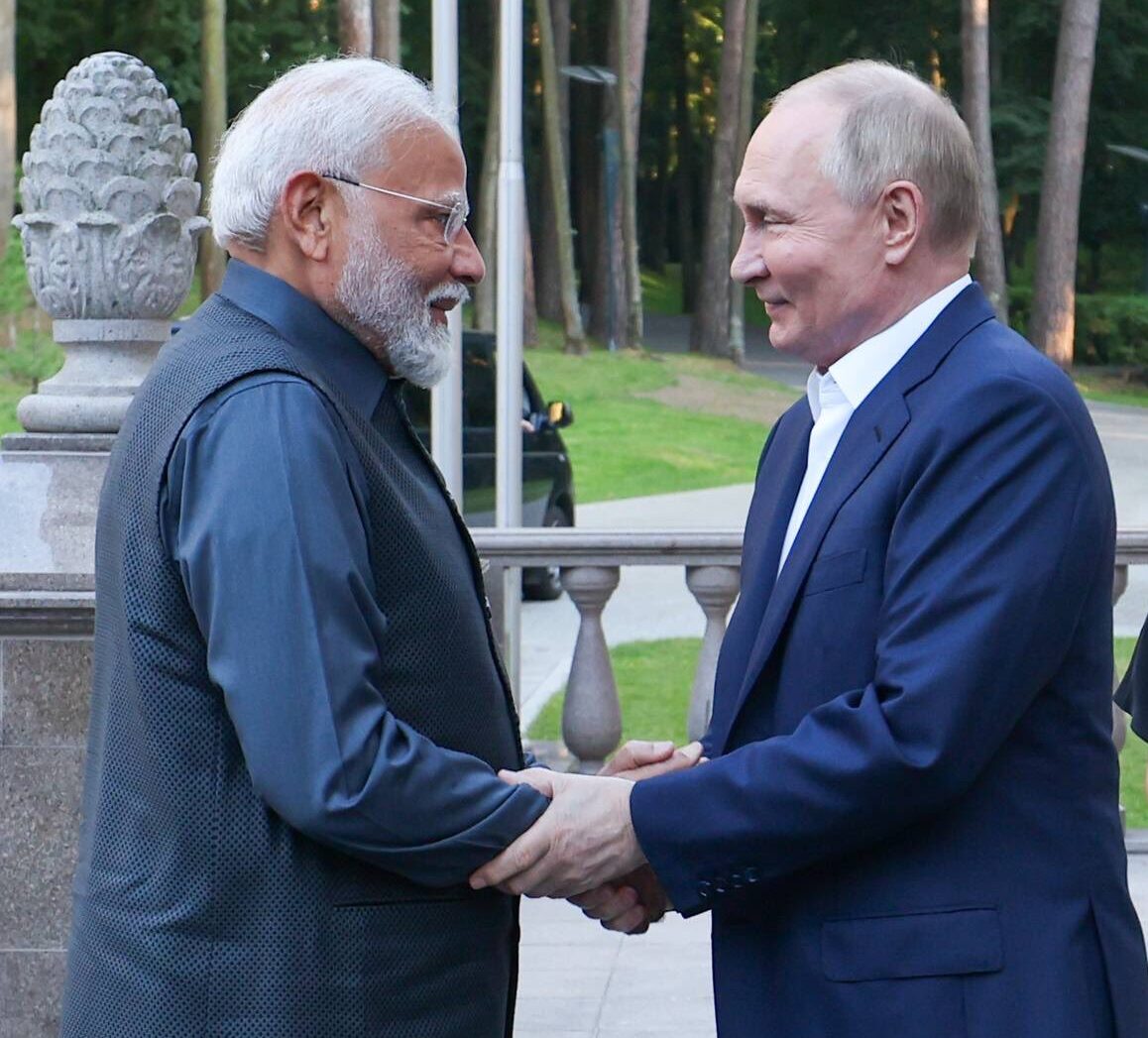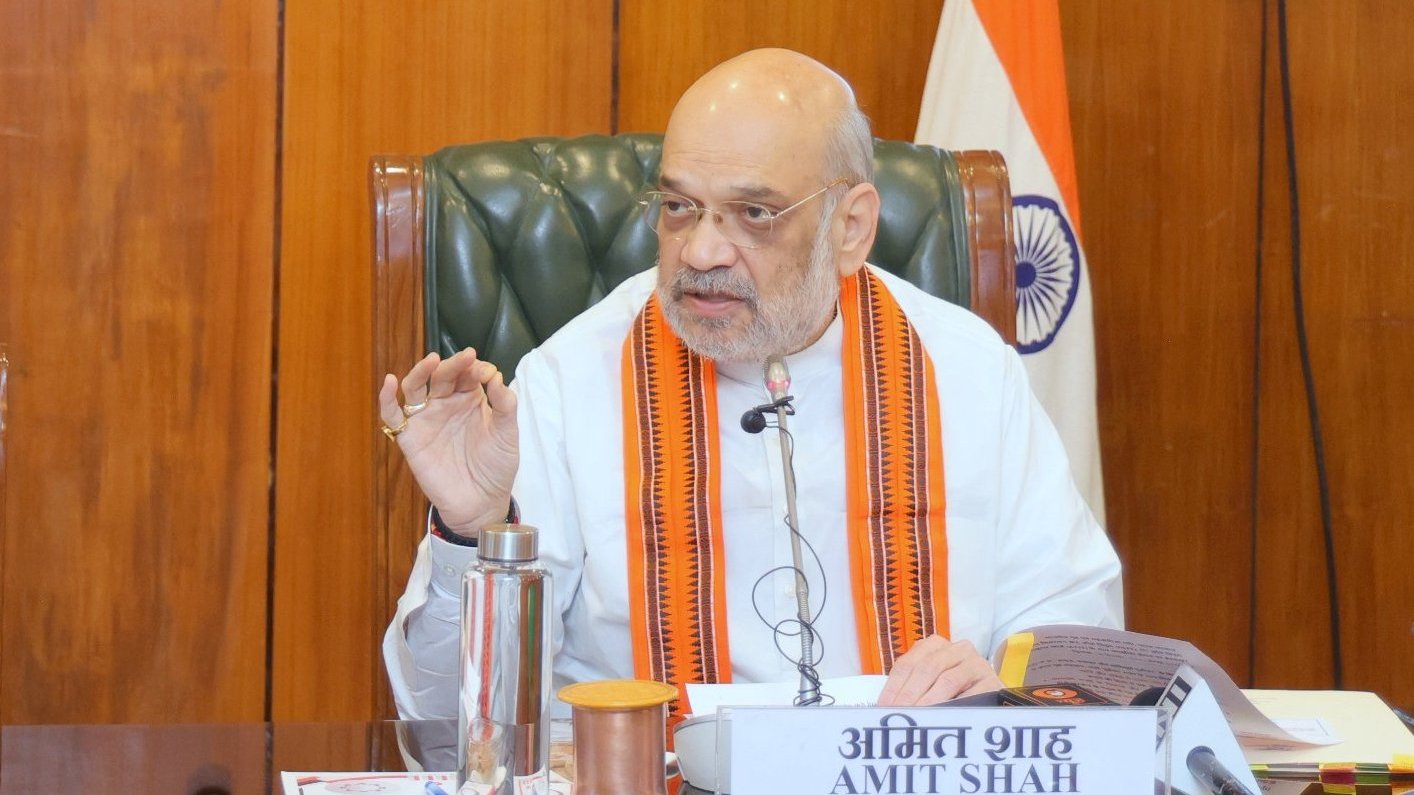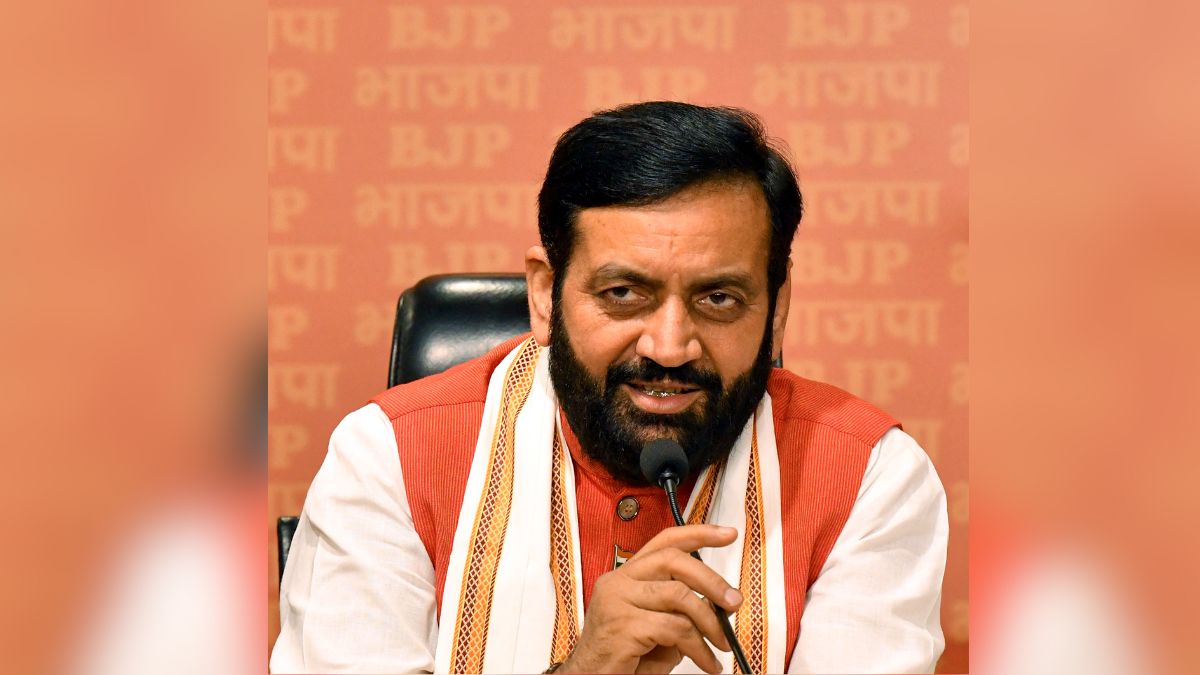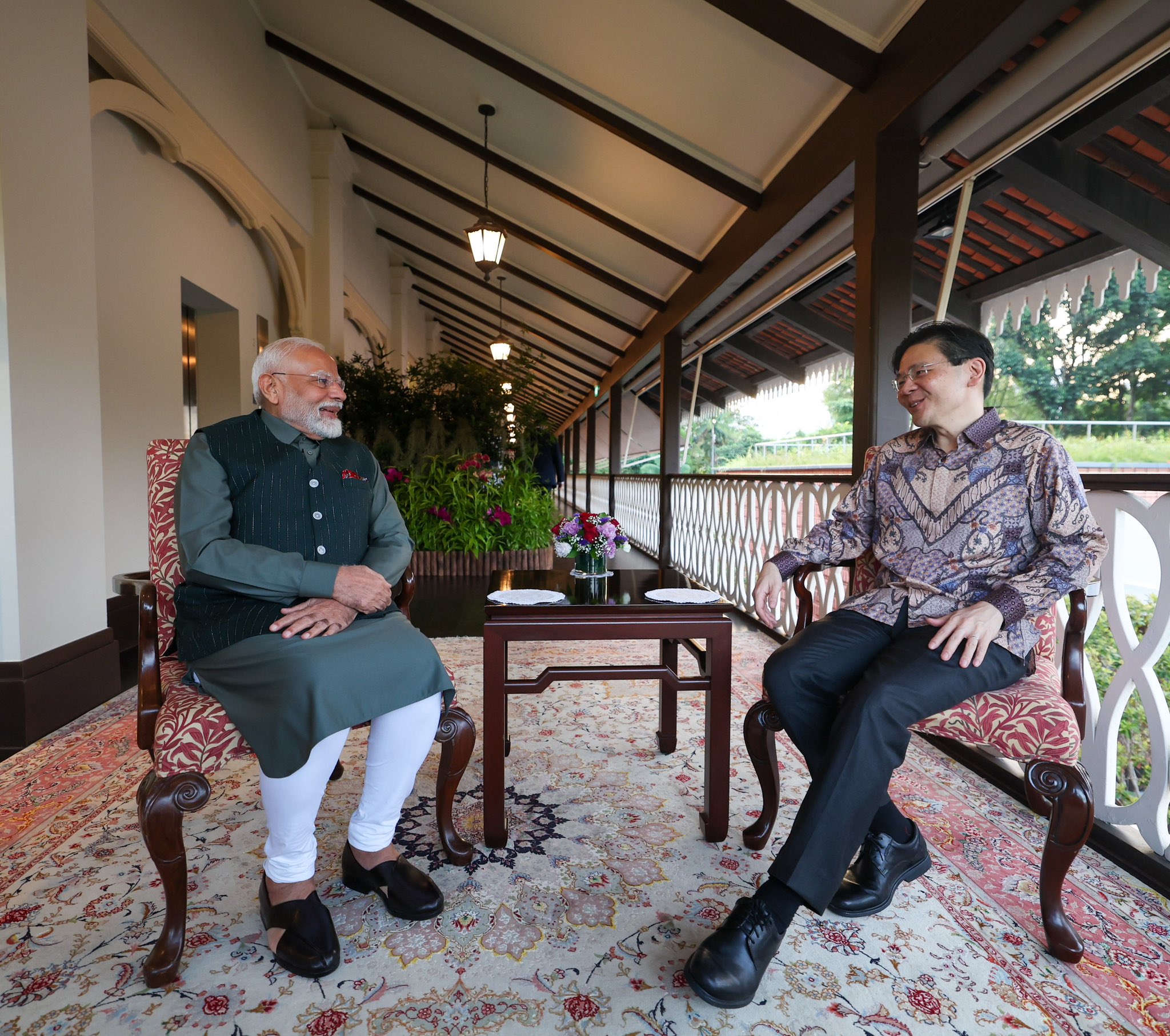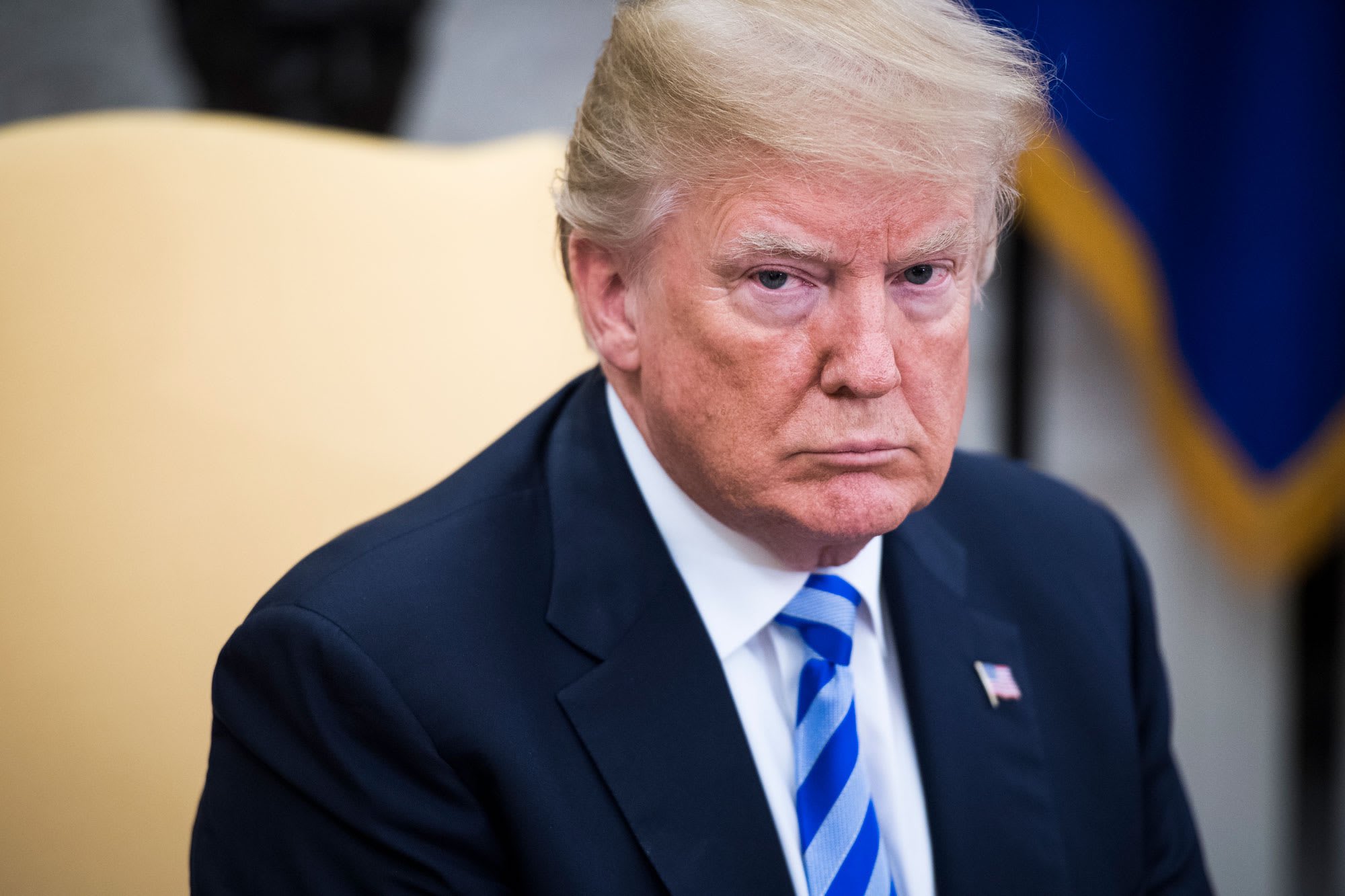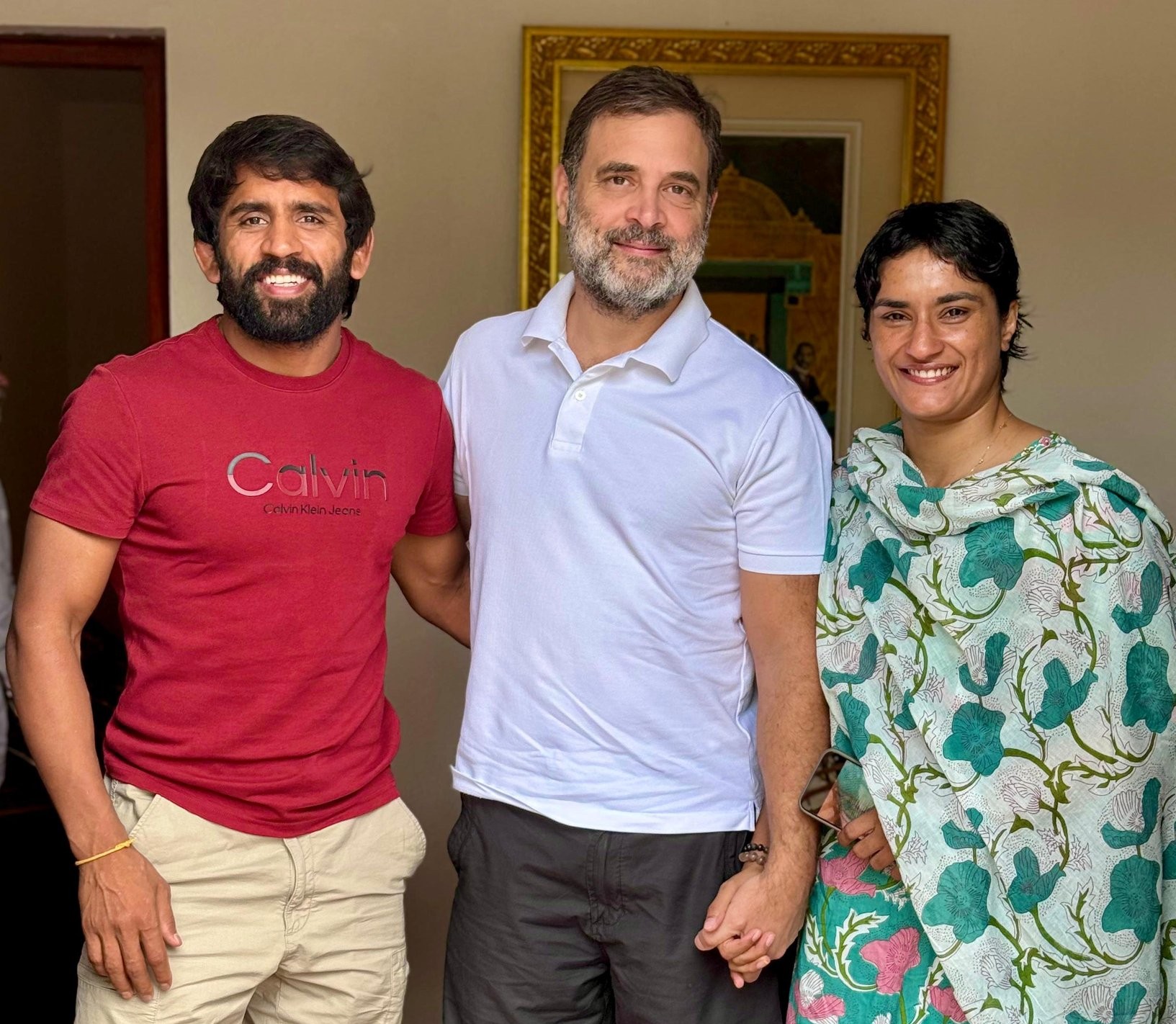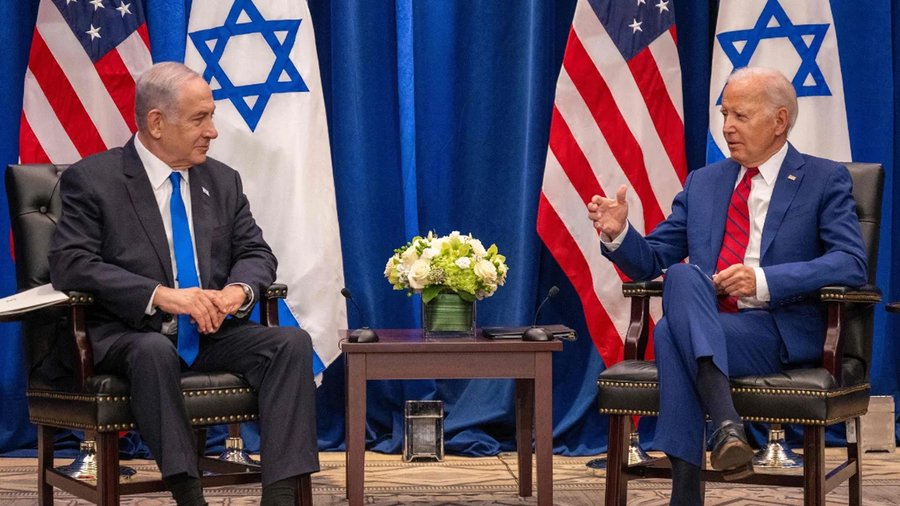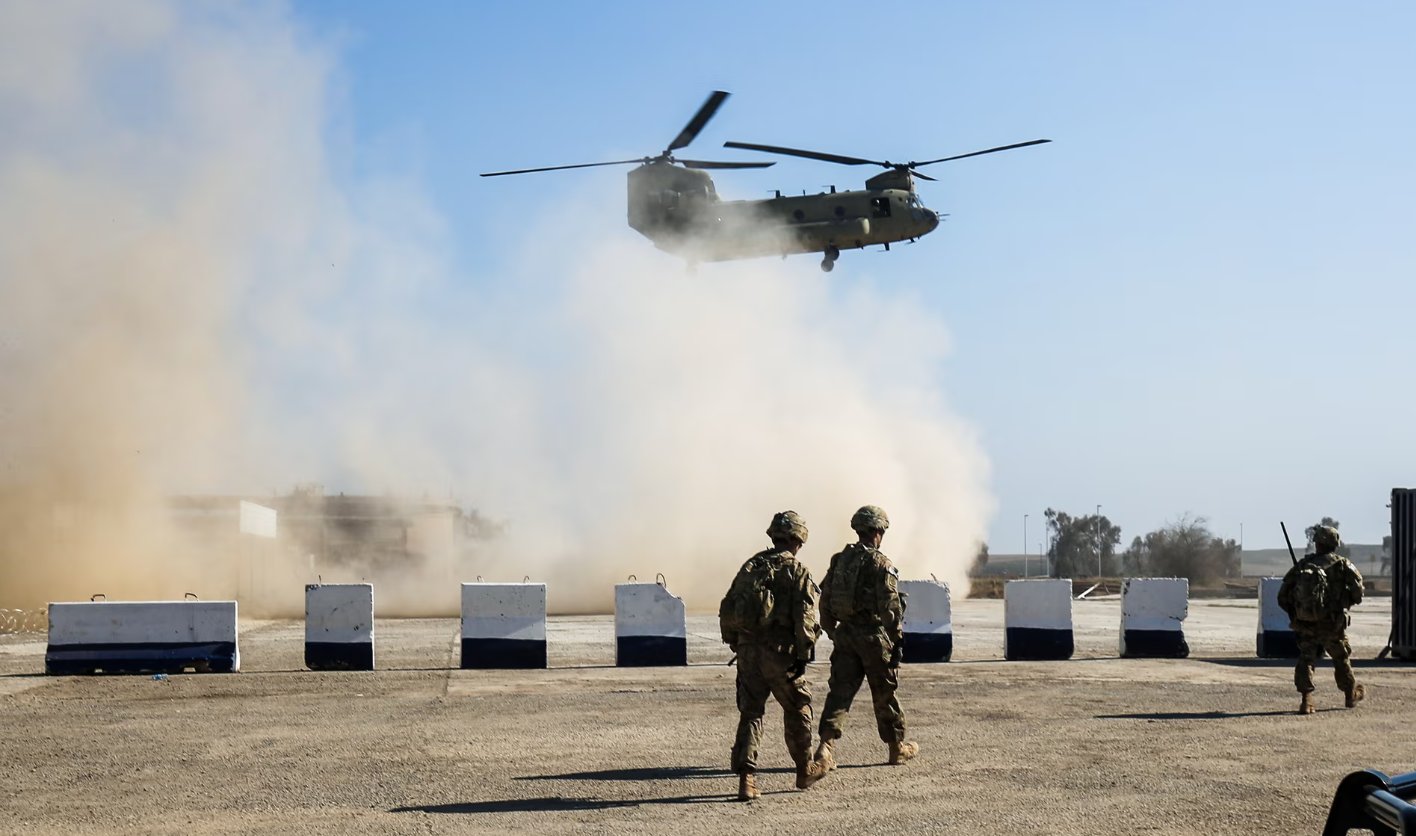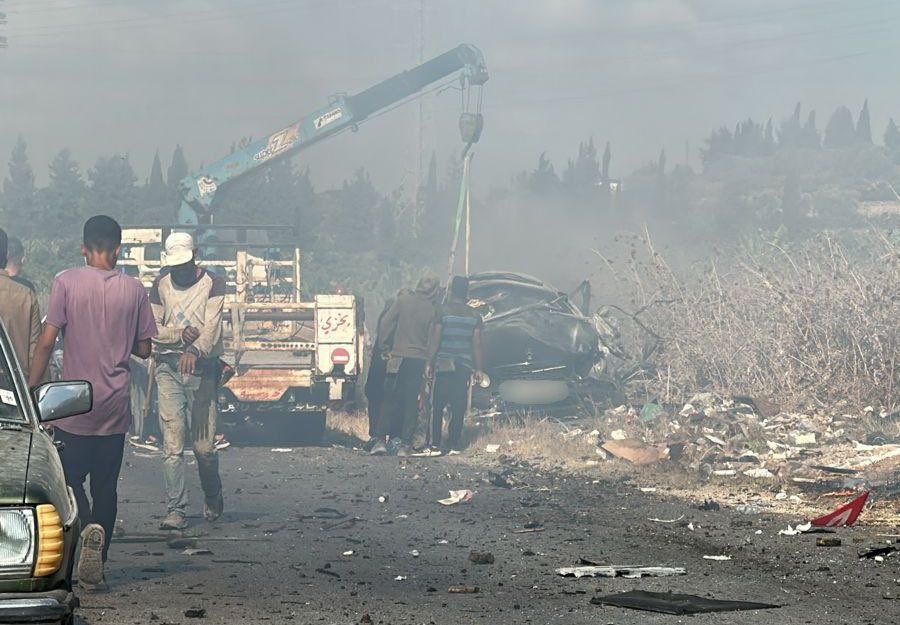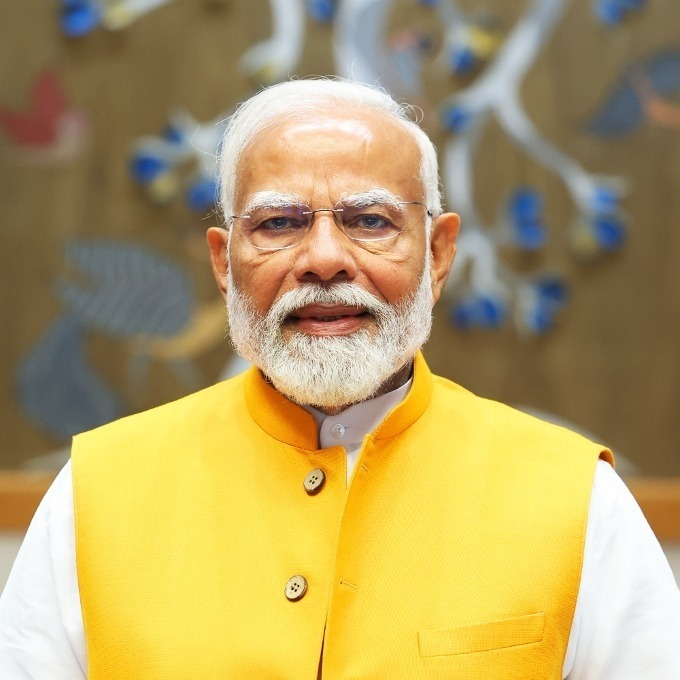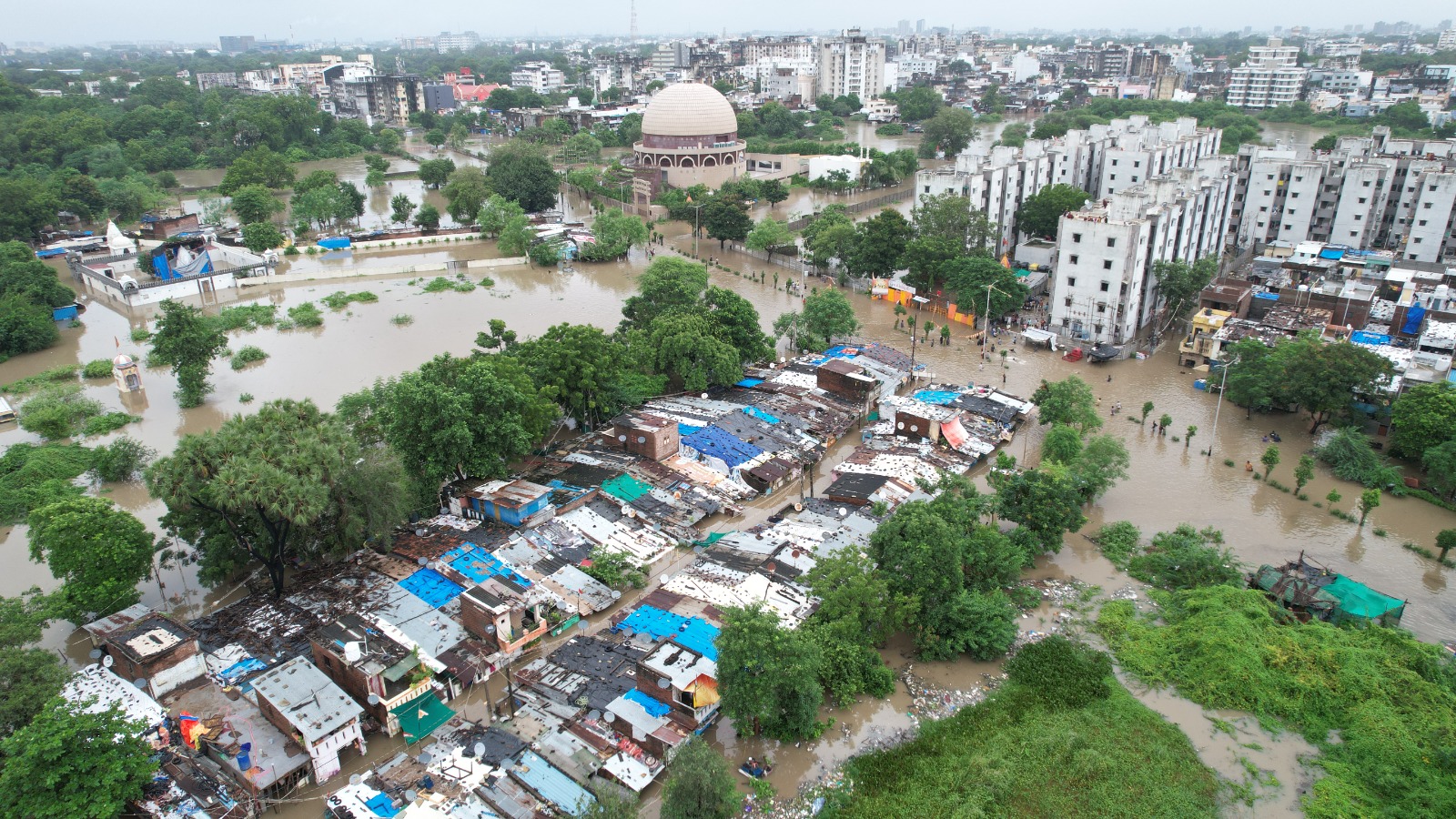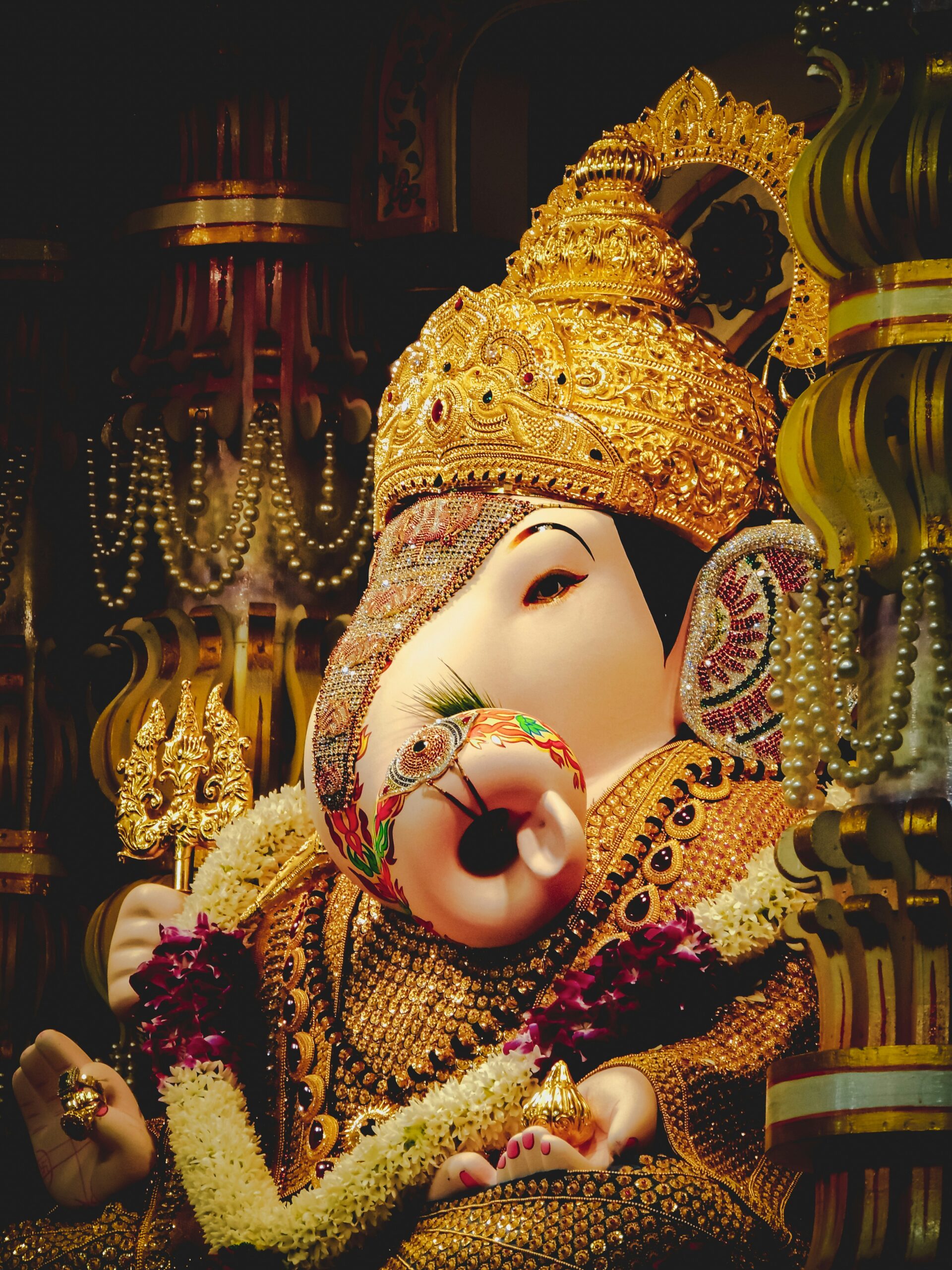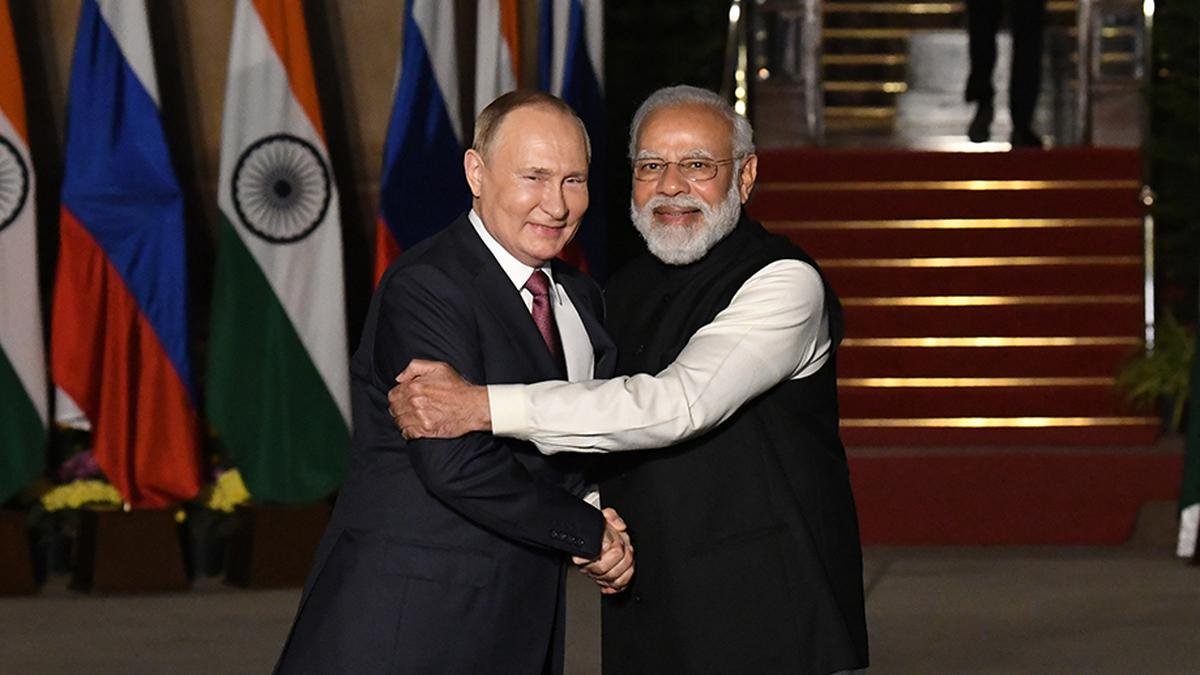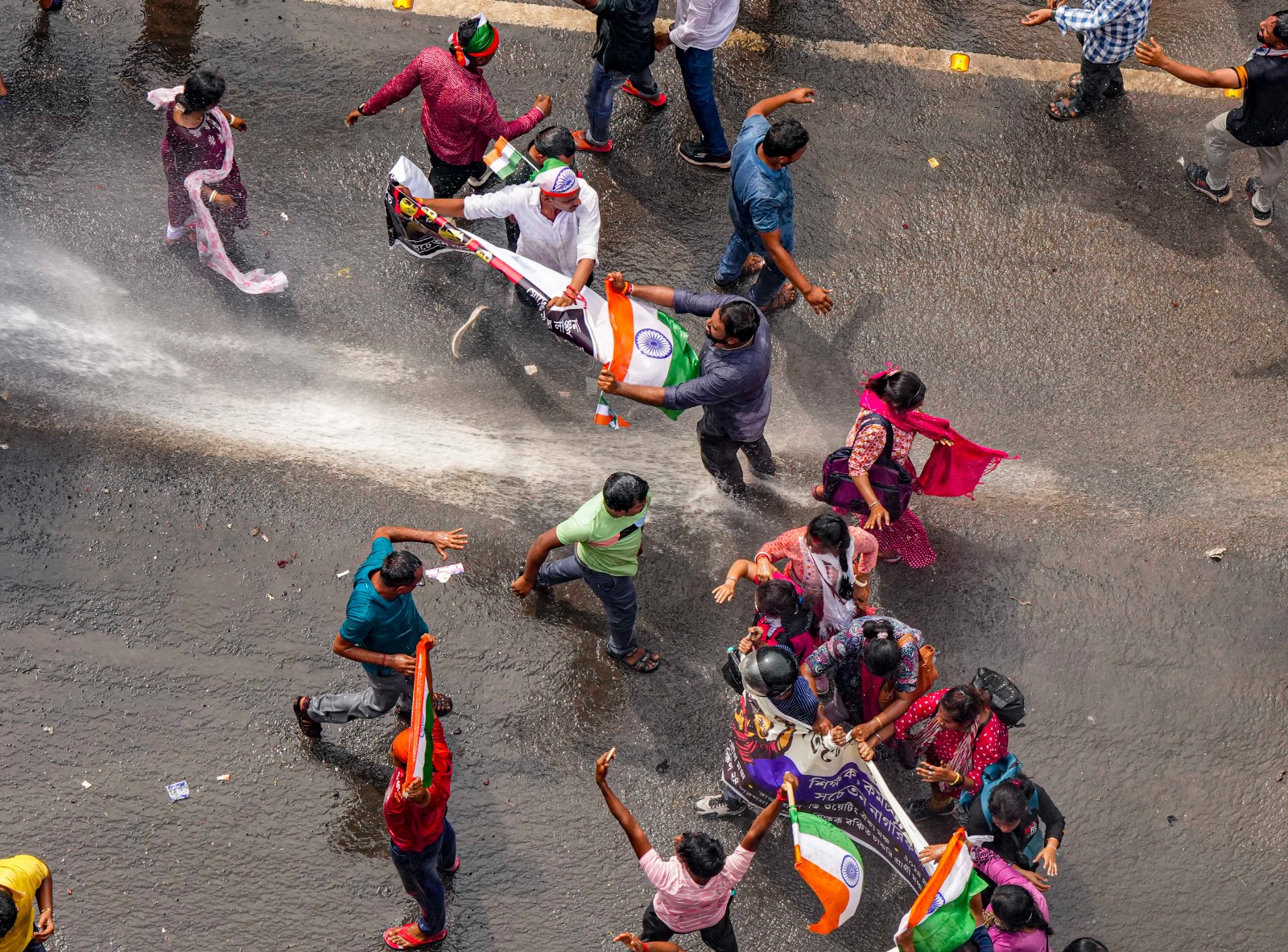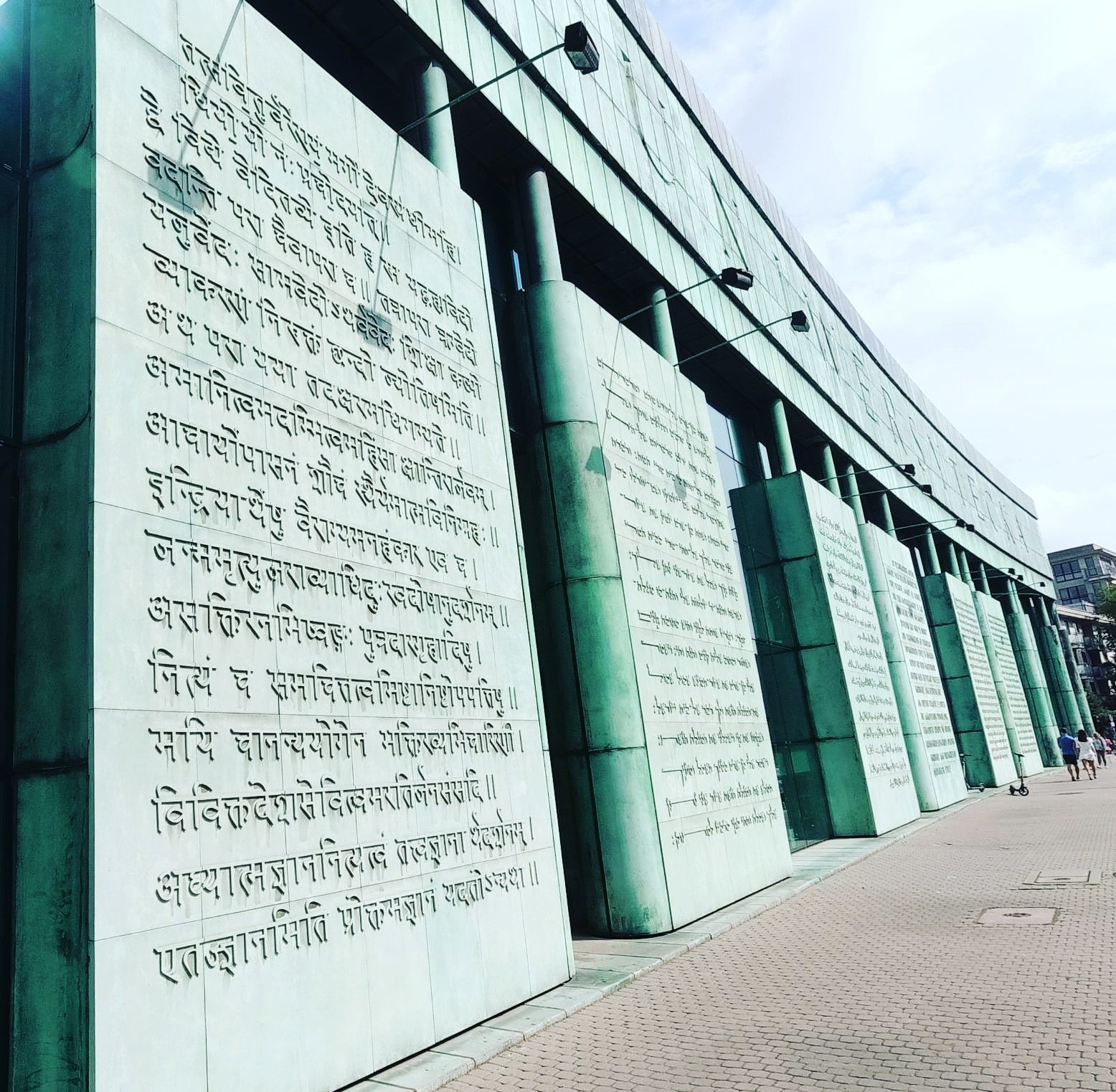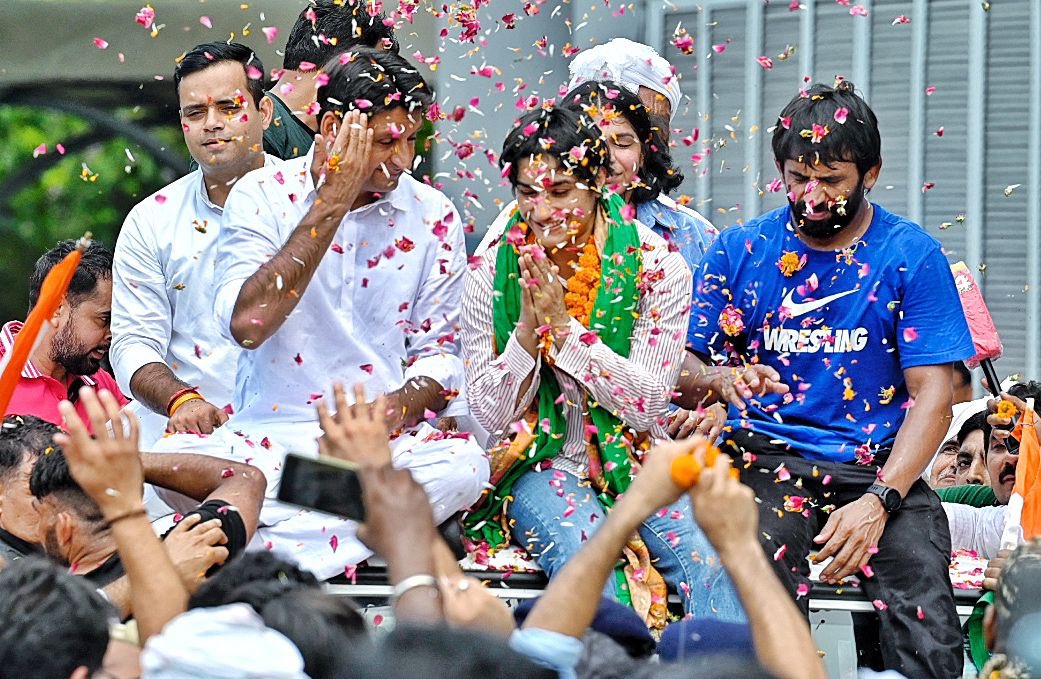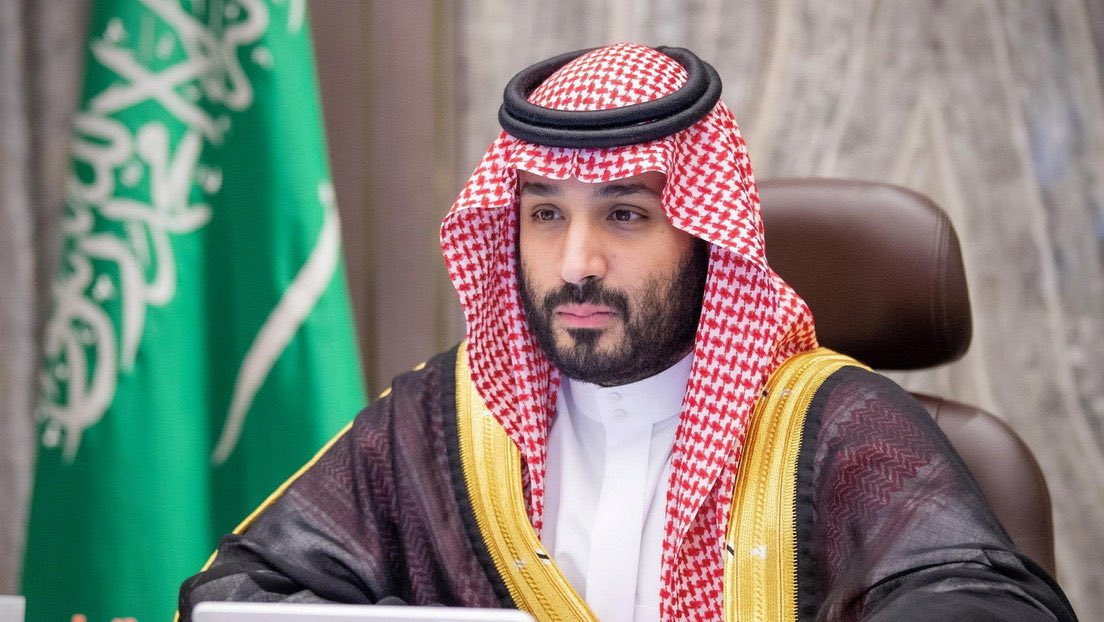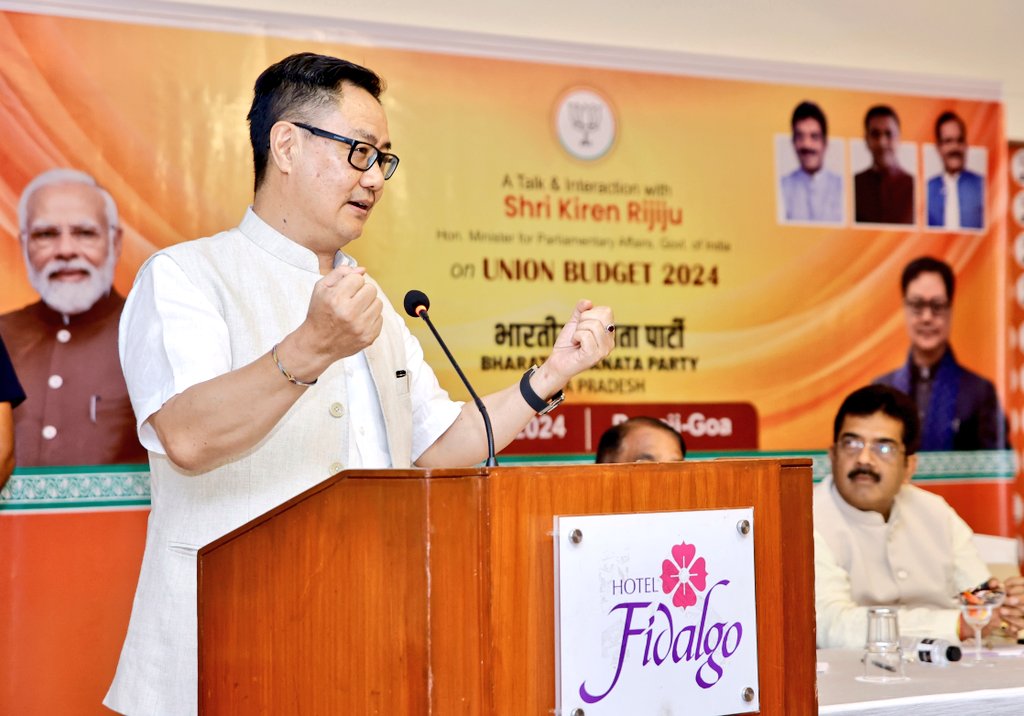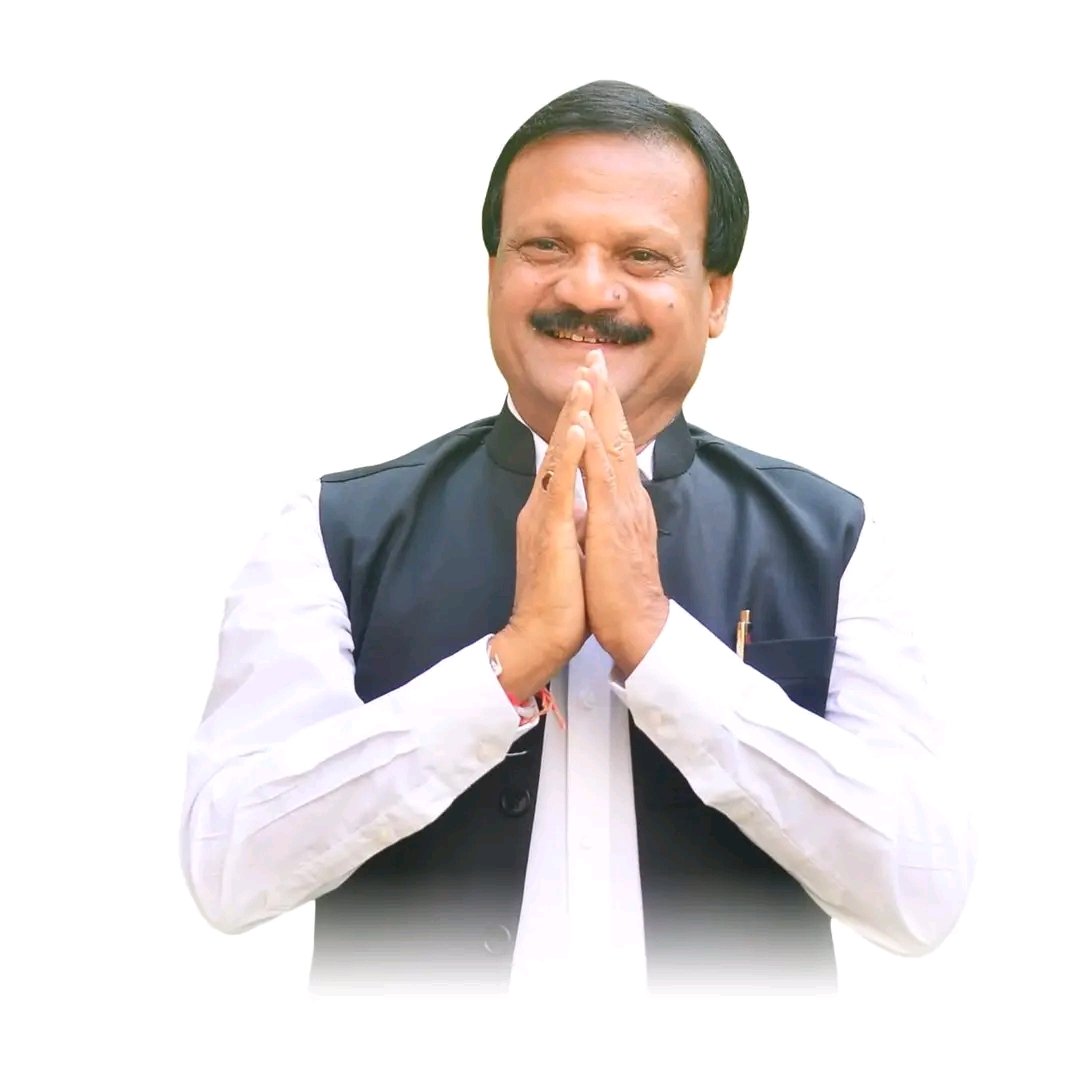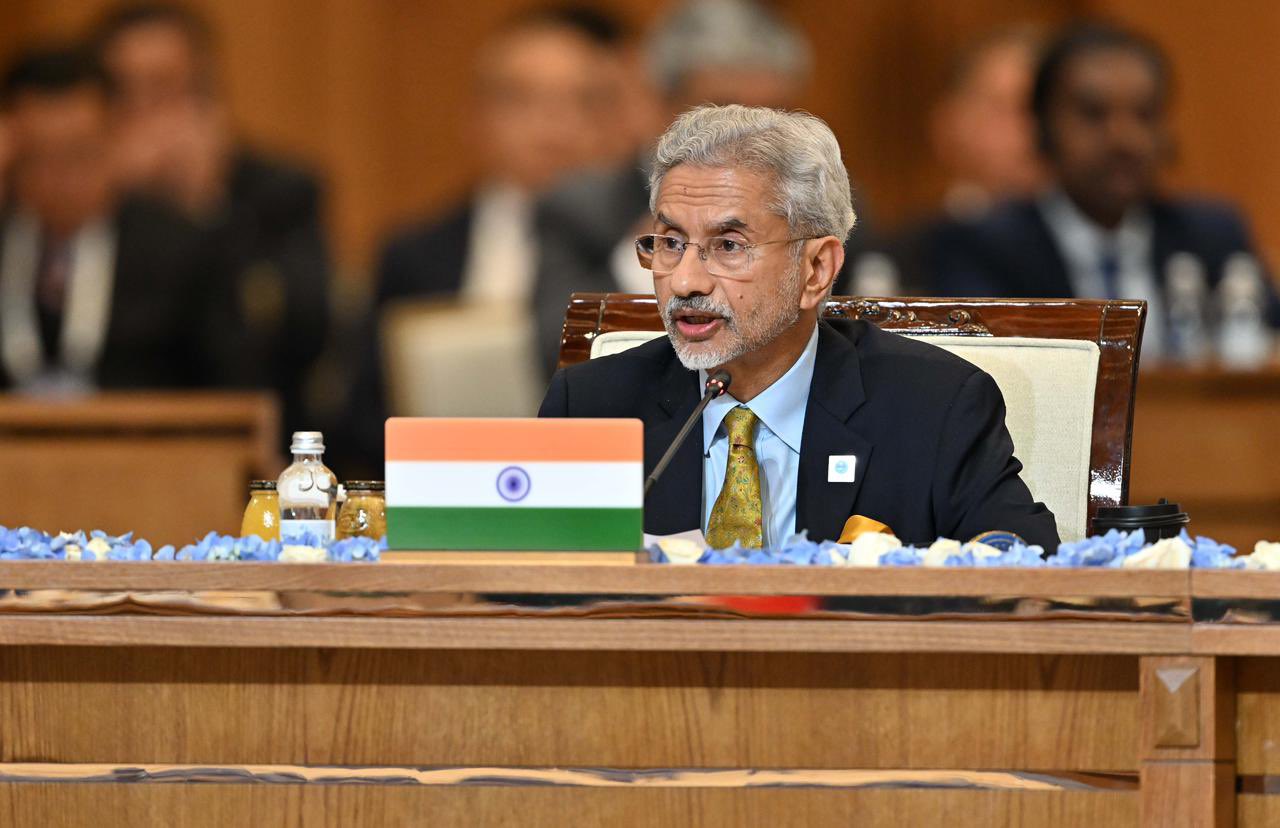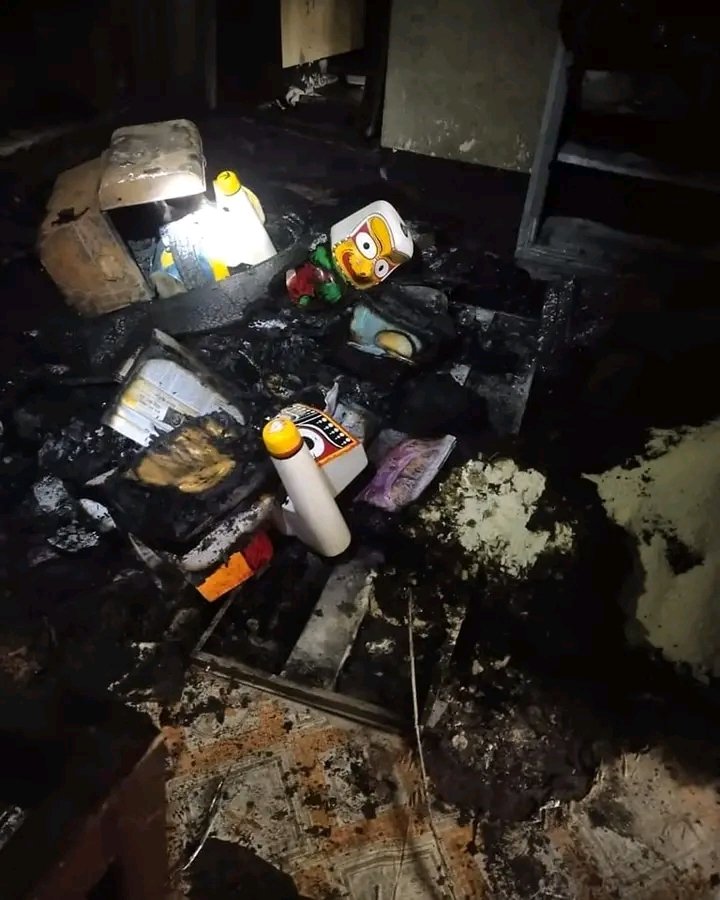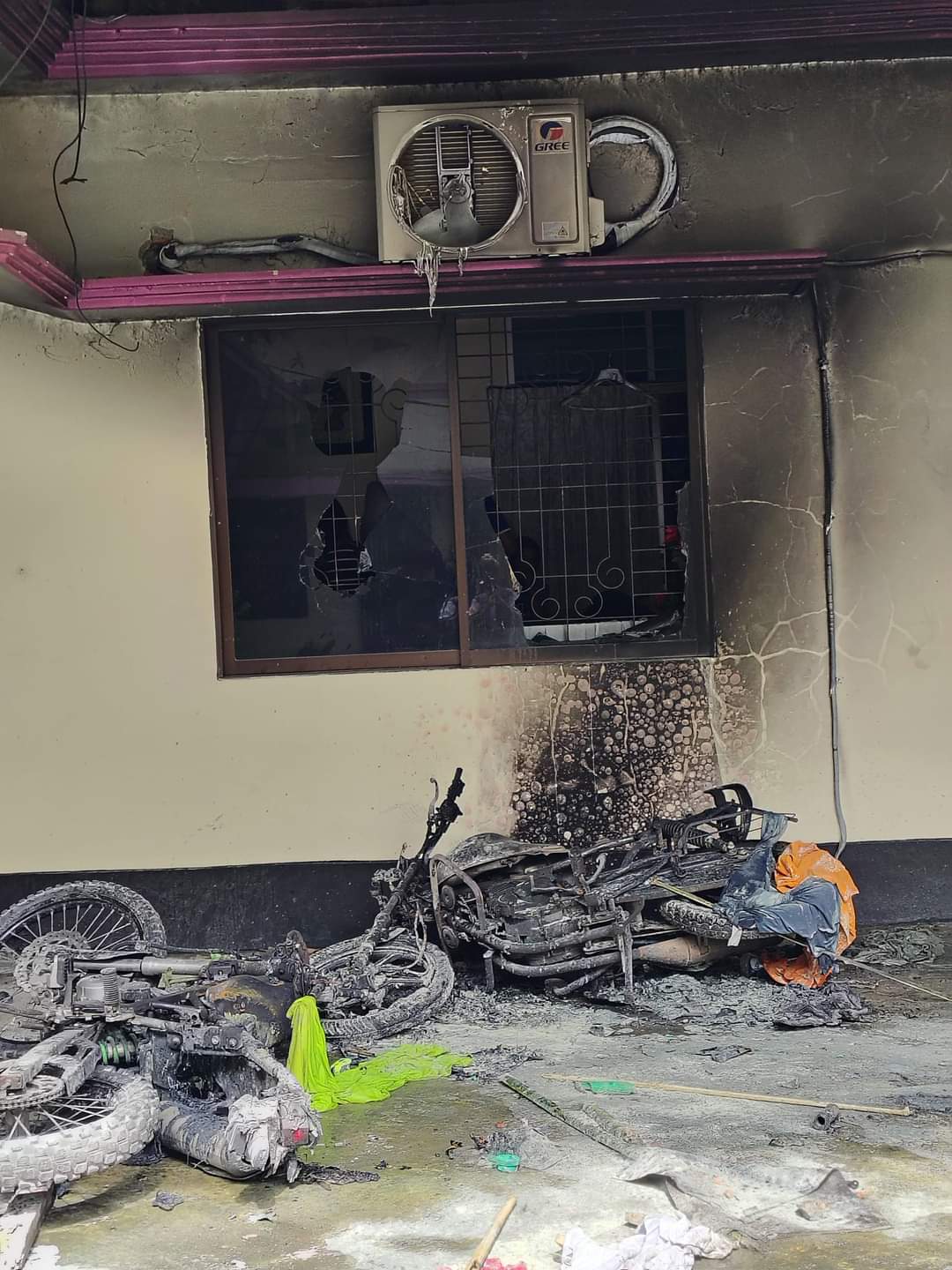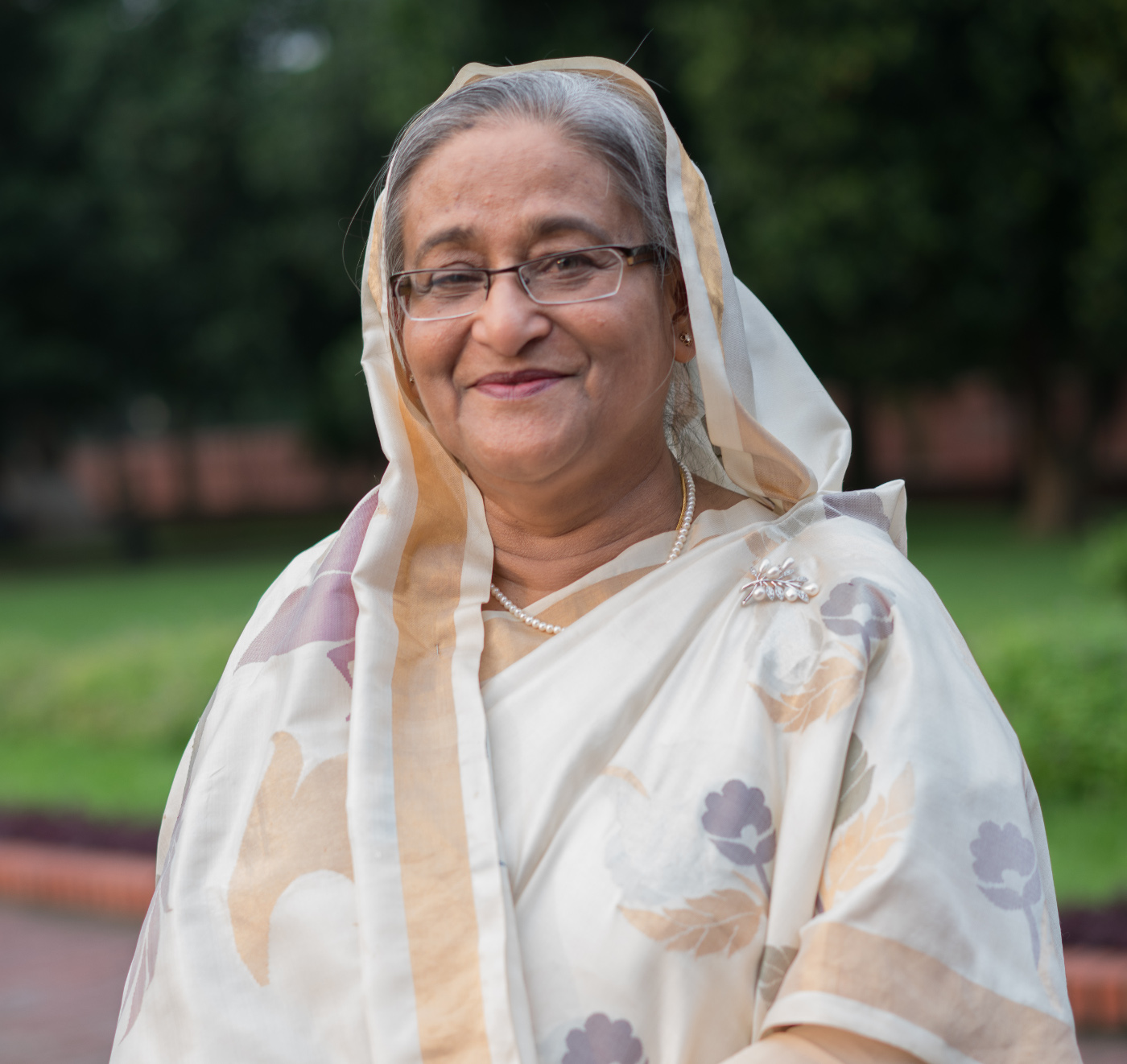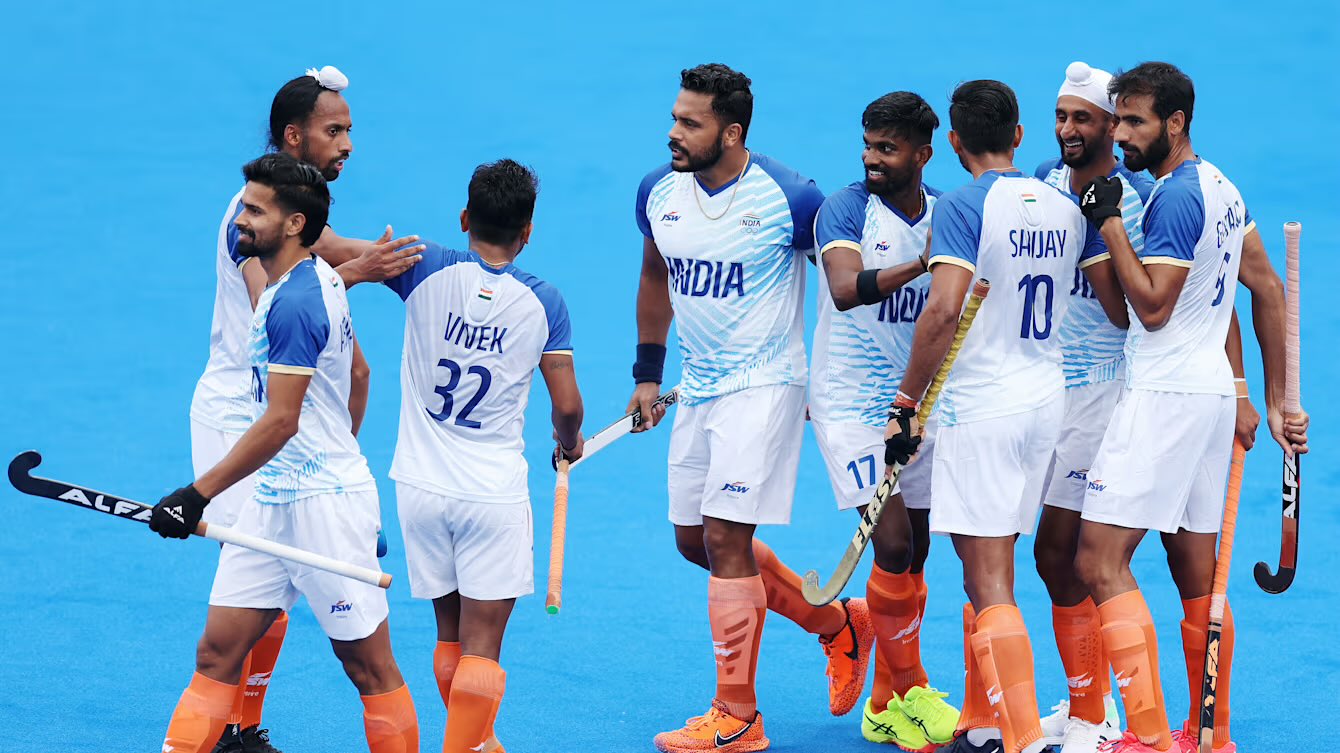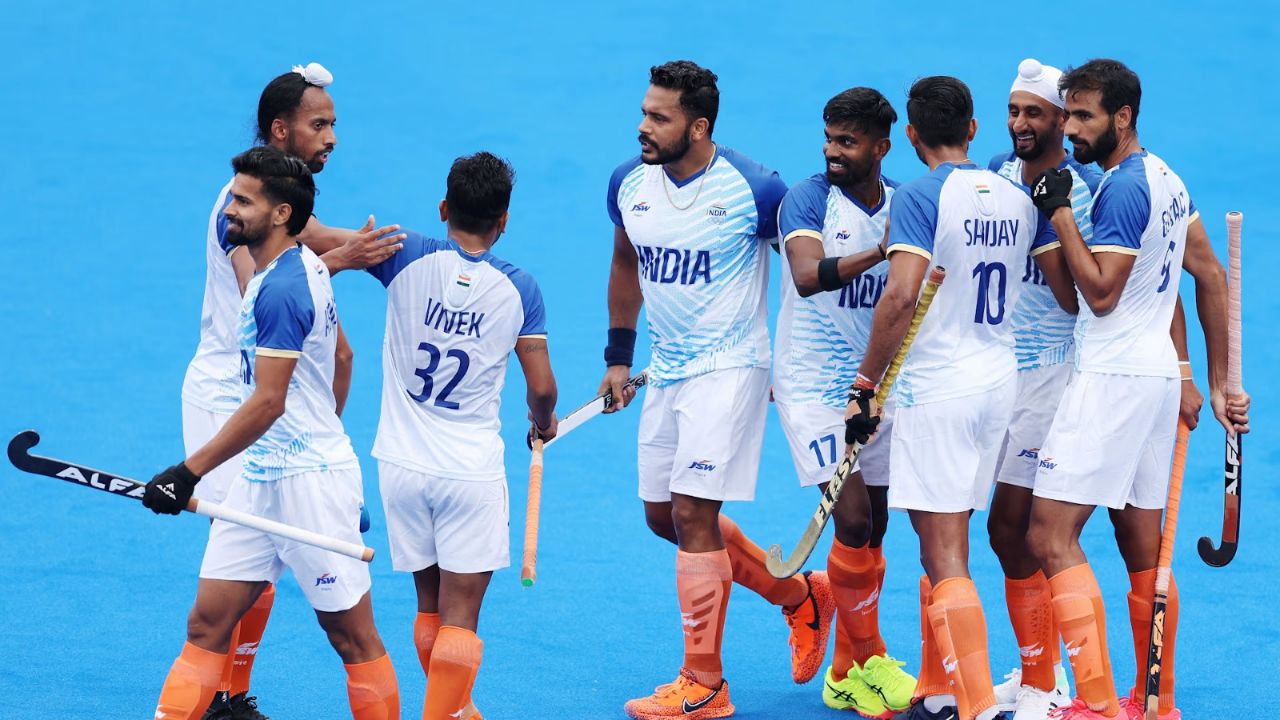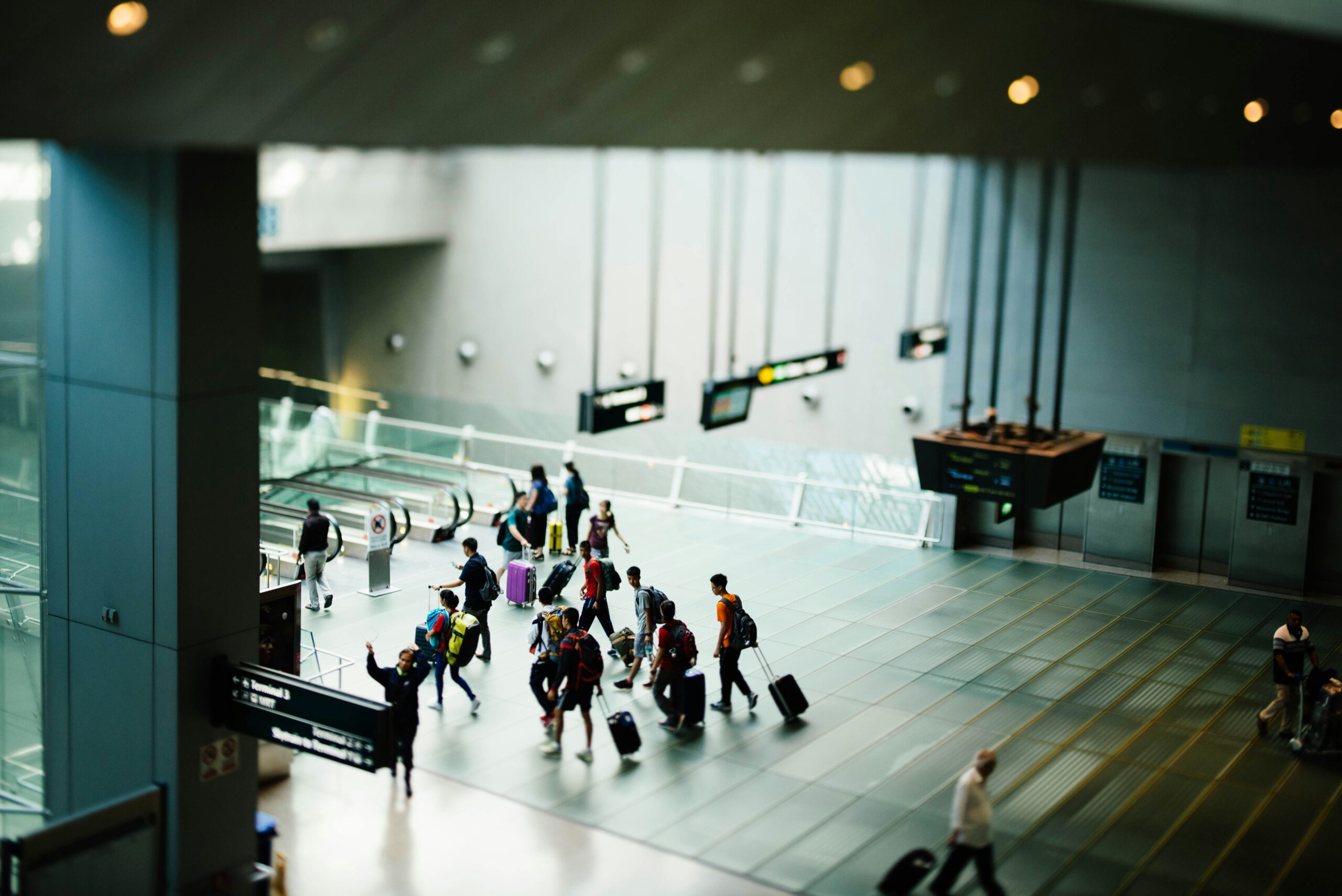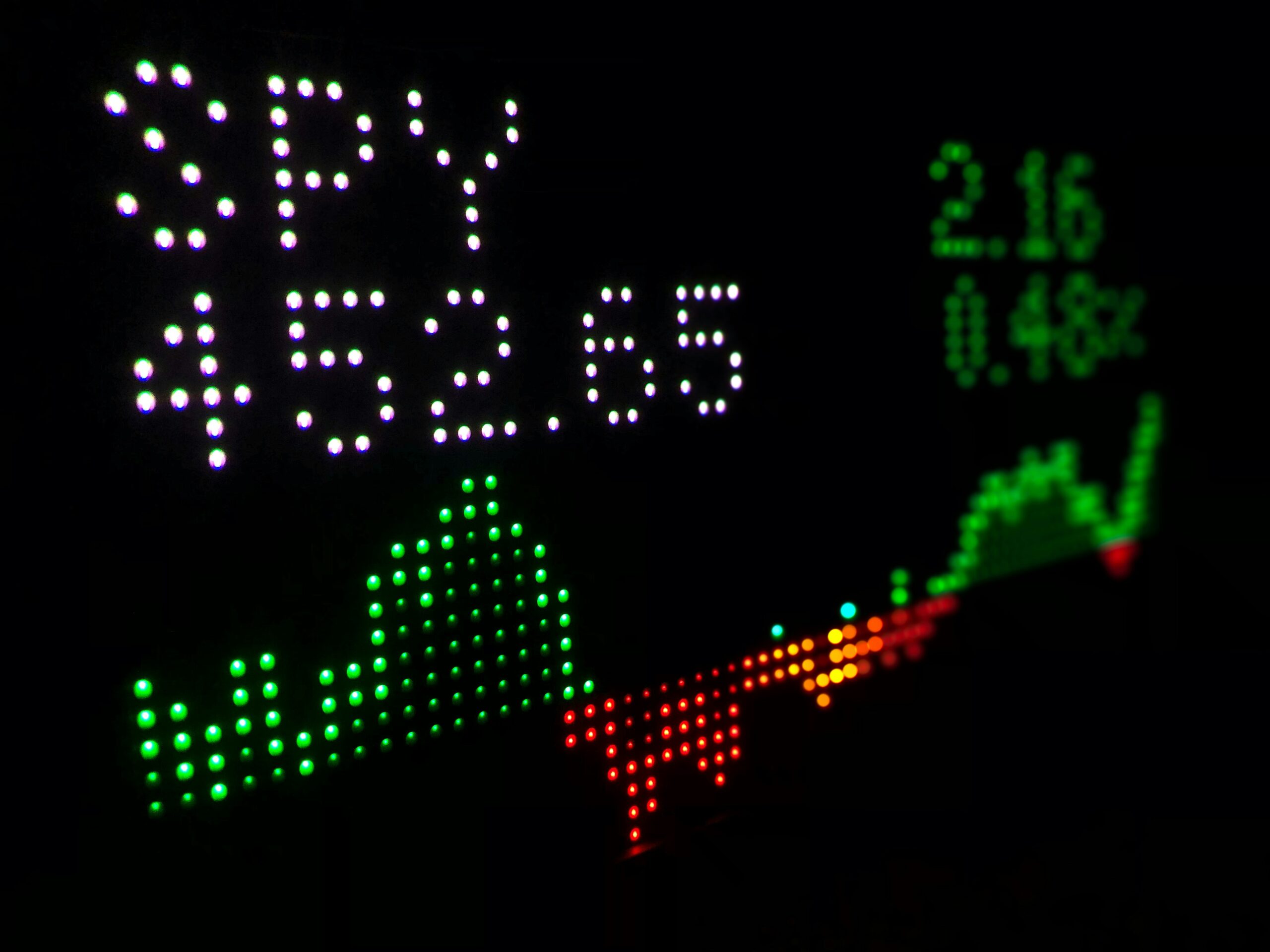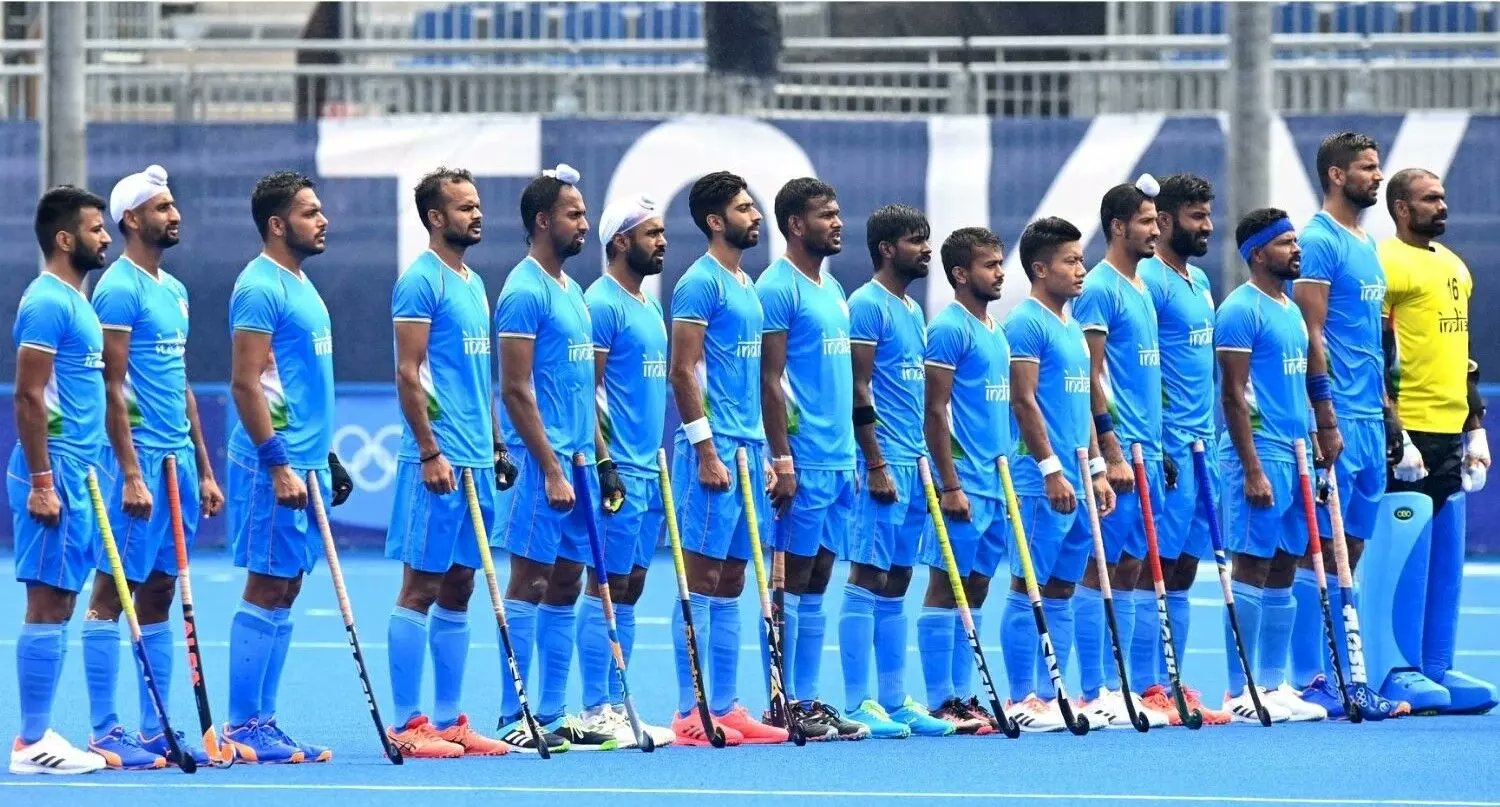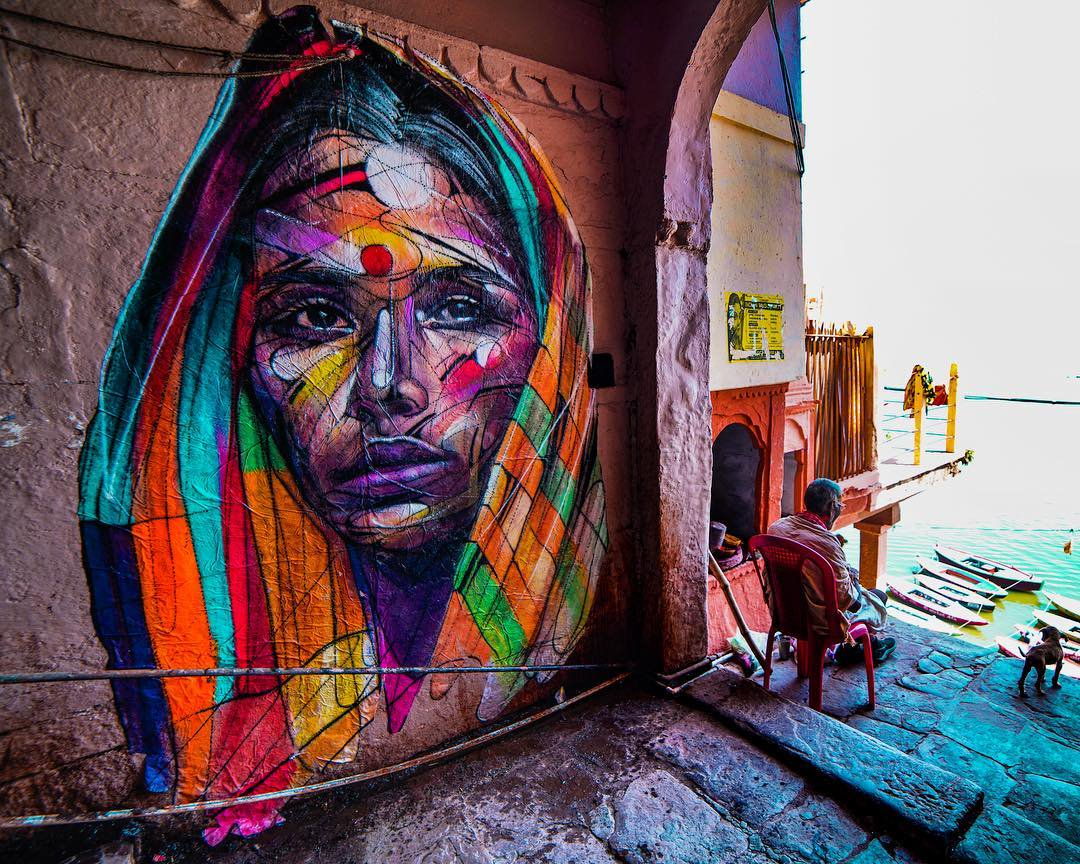As concerns grow over the global spread of monkeypox, the Union Health Ministry of India has taken significant preventive measures to protect the country from the virus. A recent directive emphasizes heightened vigilance at all international airports and land ports, particularly those near the borders with Bangladesh and Pakistan. The Ministry’s move aims to identify and isolate incoming international passengers displaying symptoms of monkeypox, a viral illness caused by the monkeypox virus, which belongs to the Orthopoxvirus genus. According to the Press Trust of India (PTI), these proactive steps are part of a broader strategy to prevent the virus from entering and spreading within the country.
Preventive Measures and Current Situation in India
Although there have been no reported cases of monkeypox in India to date, the government is not taking any chances. It is implementing preemptive measures to ensure the country is ready in case an outbreak occurs. Officials cited by PTI indicate that the current risk assessment shows a low probability of a large-scale outbreak with sustained transmission within India. However, the importance of enhanced surveillance is underscored, as it remains crucial for the early detection and containment of potential cases.
Designated Hospitals for Monkeypox Management
To prepare for any potential monkeypox cases, the Union Health Ministry has designated three central government-run hospitals in New Delhi—Ram Manohar Lohia Hospital, Safdarjung Hospital, and Lady Hardinge Medical College—as nodal centers for isolation, treatment, and management of monkeypox patients. Additionally, the Ministry has directed all state governments to identify and prepare hospitals within their jurisdictions to handle monkeypox cases. This decentralized approach aims to provide prompt and efficient medical care across the country, ensuring that both urban and rural areas are equipped to respond effectively.
Expansion of Monkeypox Testing Laboratories
Early detection is a key factor in controlling the spread of monkeypox. As part of this effort, the Ministry has instructed its network of testing laboratories to be on high alert and ready for early diagnosis of monkeypox cases. Currently, 32 laboratories across India are equipped with the necessary infrastructure and resources to test for the virus. This network is expected to play a pivotal role in identifying cases at the earliest stages, which is essential for containment.
Monkeypox Transmission and Symptoms
According to the World Health Organization (WHO), monkeypox is primarily transmitted from person to person through direct physical contact with an infected individual. This includes contact through touch, kissing, or sexual activity.
Additionally, the virus can spread through contact with contaminated materials, such as clothing or linens, as well as from infected animals to humans via bites, scratches, or during activities such as hunting and cooking. Pregnant individuals can also pass the virus to their unborn children, which adds another layer of risk.
The symptoms of monkeypox typically manifest within one to three weeks after exposure, with the illness lasting for two to four weeks. Common symptoms include:
- Rash: One of the most distinctive features of monkeypox is the rash, which begins as flat sores that eventually develop into fluid-filled blisters. These blisters may be itchy or painful and eventually crust over and fall off as they heal.
- Fever: A high fever often accompanies the rash, signaling the body’s immune response to the virus.
- Headache and Muscle Aches: Many individuals infected with monkeypox experience severe headaches and muscle aches, contributing to the overall discomfort of the illness.
- Swollen Lymph Nodes: Lymphadenopathy, or swollen lymph nodes, is a common symptom and a distinguishing factor between monkeypox and other rash-causing illnesses like chickenpox.
- Fatigue: A general sense of low energy or fatigue is prevalent among those affected by monkeypox.
The severity of the illness can vary widely, with some individuals developing only a few lesions, while others may have hundreds. The rash can appear on various parts of the body, including the palms, soles, face, mouth, genital area, and anus.
WHO’s Classification of Monkeypox as a Public Health Emergency
In response to the increasing prevalence of monkeypox, particularly in parts of Africa, the World Health Organization (WHO) has classified the disease as a Public Health Emergency of International Concern (PHEIC). This designation underscores the seriousness of the outbreak, as the current strain of the virus has been reported to be more virulent and infectious. Despite these concerns, officials in India maintain that the risk of a major outbreak remains low, but the country is not letting its guard down.
Globally, monkeypox has caused 99,176 cases and 208 deaths across 116 countries since 2022, according to an earlier WHO report. The Democratic Republic of Congo has been hit particularly hard, with a steady increase in cases being reported.
WHO’s Assurance: Monkeypox is Not the New COVID-19
The comparison between monkeypox and COVID-19 has been circulating in public discourse, leading to concerns about the possibility of another global pandemic. However, the WHO has assured the public that the monkeypox outbreak is not comparable to the COVID-19 pandemic. The virus is already well-understood, and management strategies are in place.
While more research is needed on the Clade 1b strain that prompted the UN agency to declare an international health emergency, the situation is considered manageable.
During a media briefing from Geneva, WHO’s European director, Hans Kluge, emphasized that “Monkeypox is not the new COVID-19.” He stated that the strategies for controlling monkeypox are known and effective, particularly in the European region, where efforts are focused on completely halting transmission. Kluge expressed confidence that the spread of monkeypox can be contained with existing public health measures.
The WHO had previously declared a health emergency in July 2022 in response to the global outbreak of the less severe Clade 2b strain of monkeypox. This declaration was a crucial step in mobilizing international resources to combat the virus and prevent further spread.
A Proactive Approach to Monkeypox Prevention in India
India’s proactive measures reflect the country’s commitment to preventing monkeypox from gaining a foothold. With heightened surveillance at international entry points, the designation of specialized hospitals for monkeypox management, and an expanded network of testing laboratories, the country is positioning itself to respond effectively to any potential cases.
While the risk of a major outbreak in India remains low, the Union Health Ministry’s actions highlight the importance of preparedness in public health. By staying vigilant and ready to act, India aims to protect its population from monkeypox and ensure that any cases are swiftly identified and contained.
For travelers and residents alike, staying informed about the symptoms and transmission methods of monkeypox is key to reducing the spread of the virus. By working together, authorities and the public can minimize the impact of this disease and maintain public health safety.




